Toyota unveiled the Prius hybrid back in 1997, and since then the model has been through three generational changes. When Toyota released the Prius, it quickly became known as the face of hybrid vehicles and prompted many automakers to look for ways to integrate electrification into their lineups. With competition having become fiercer in recent years, Toyota needs to keep improving the Prius to keep it in the No. 1 slot in the hybrid market. And it's exactly what it did with the fourth-generation model.
Unveiled in Las Vegas in 2015, the redesigned Prius not only adopted a new look, but also the company's New Global Architecture platform, which makes it lighter and cheaper to build. The Prius was actually the first Toyota model to implement the carmaker’s effort to cut development costs by 20 percent through sharing platforms, parts and powertrains. The revised bodywork gives the Prius a sportier look than the current model, much like the difference between the last-generation Corolla and the current model. But let's find out more about that in the review below.
Continue reading to learn more about the fourth-generation Toyota Prius.
2016 Toyota Prius
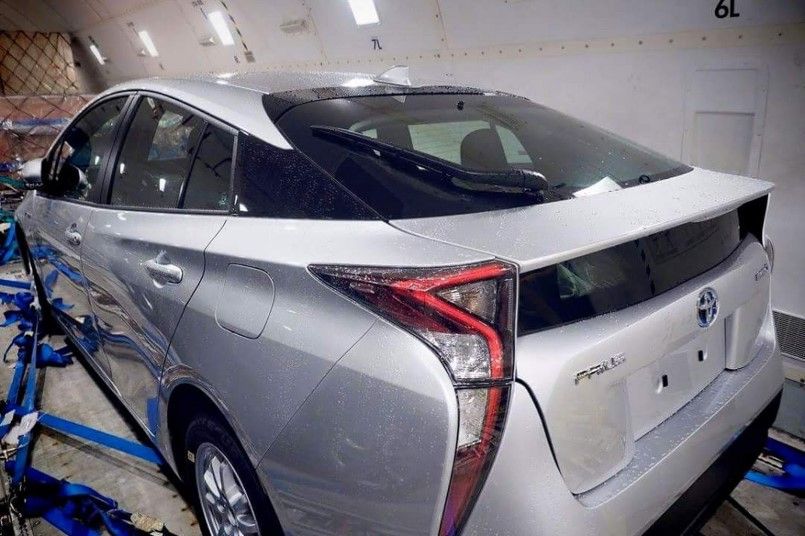







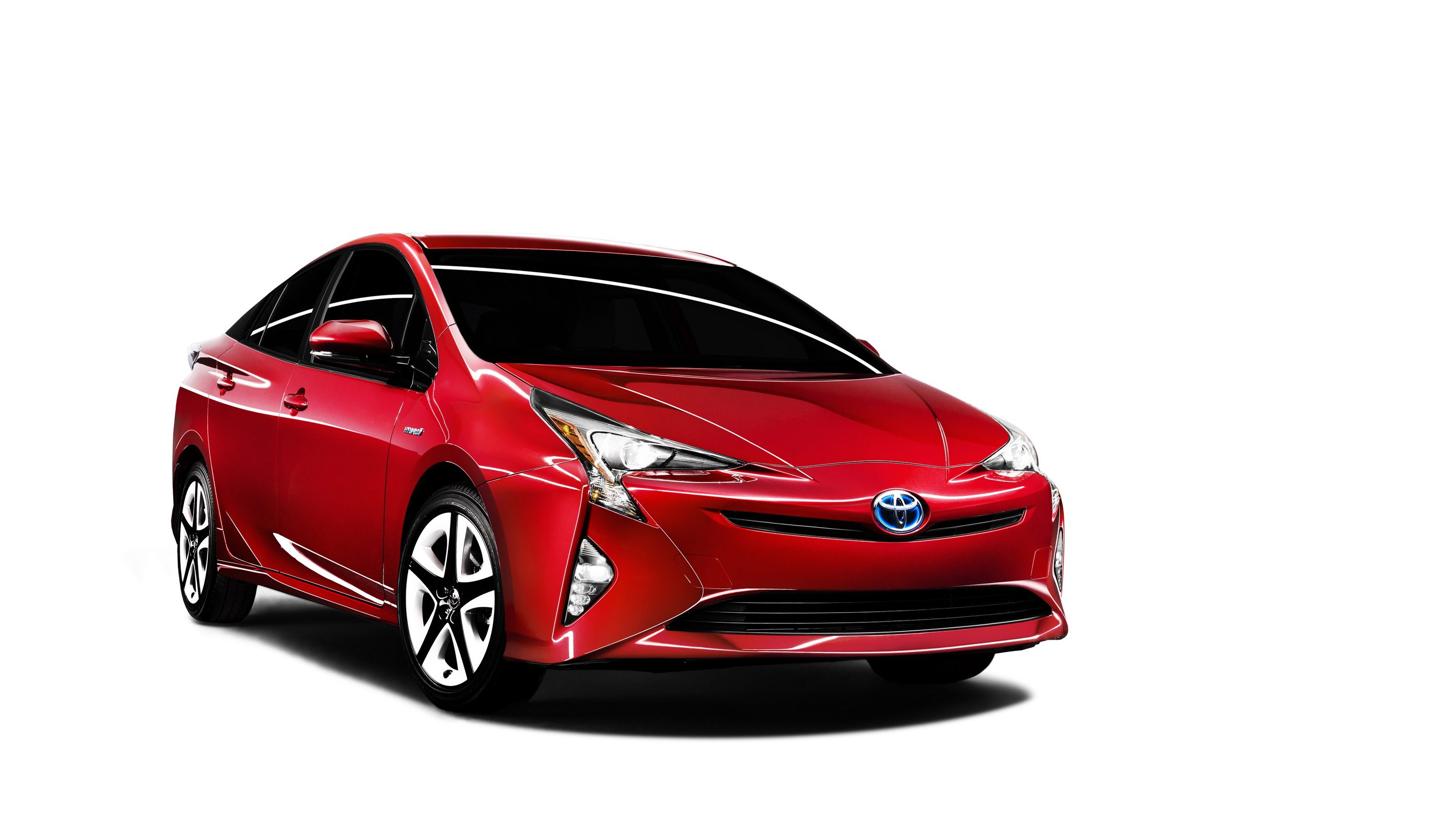
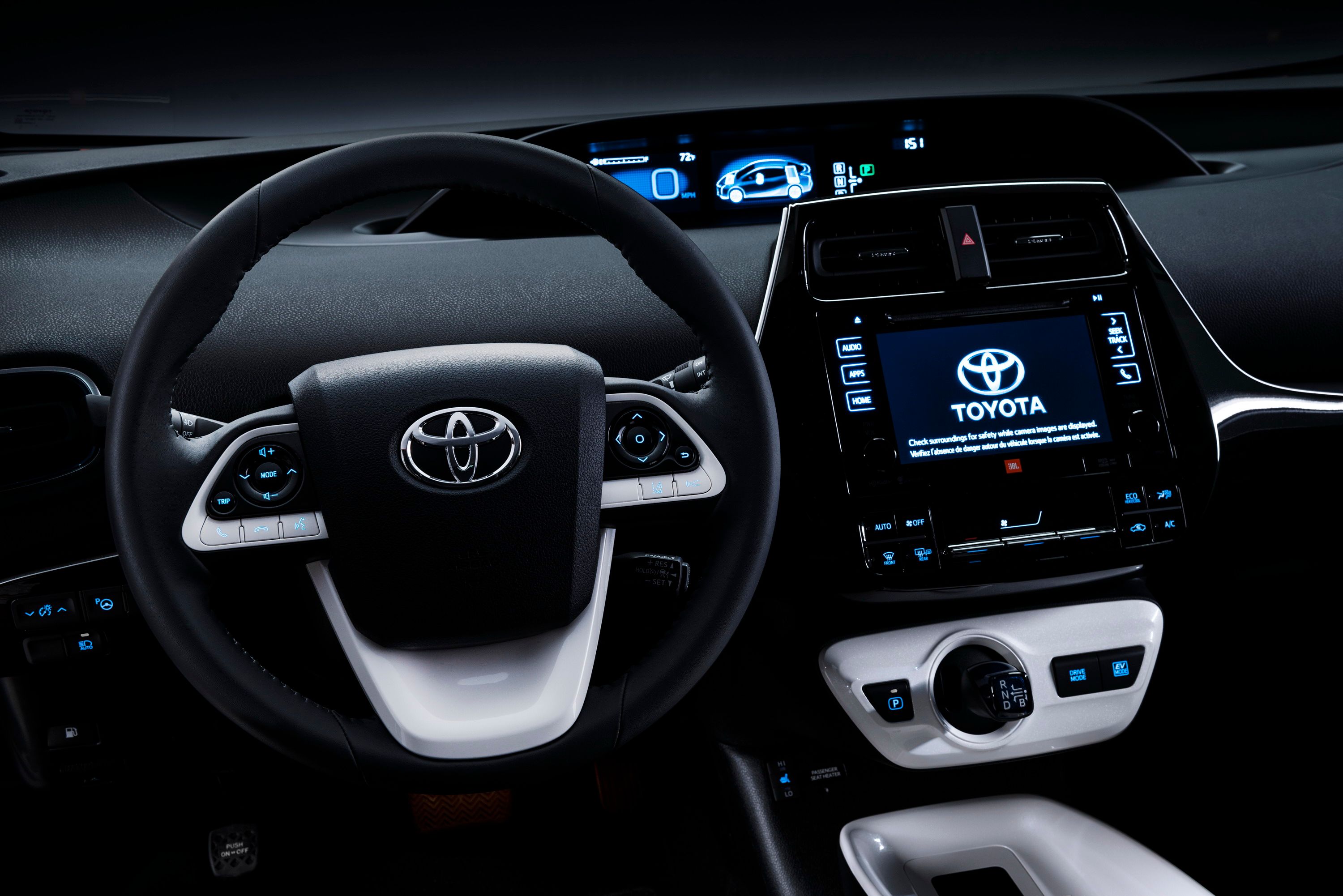
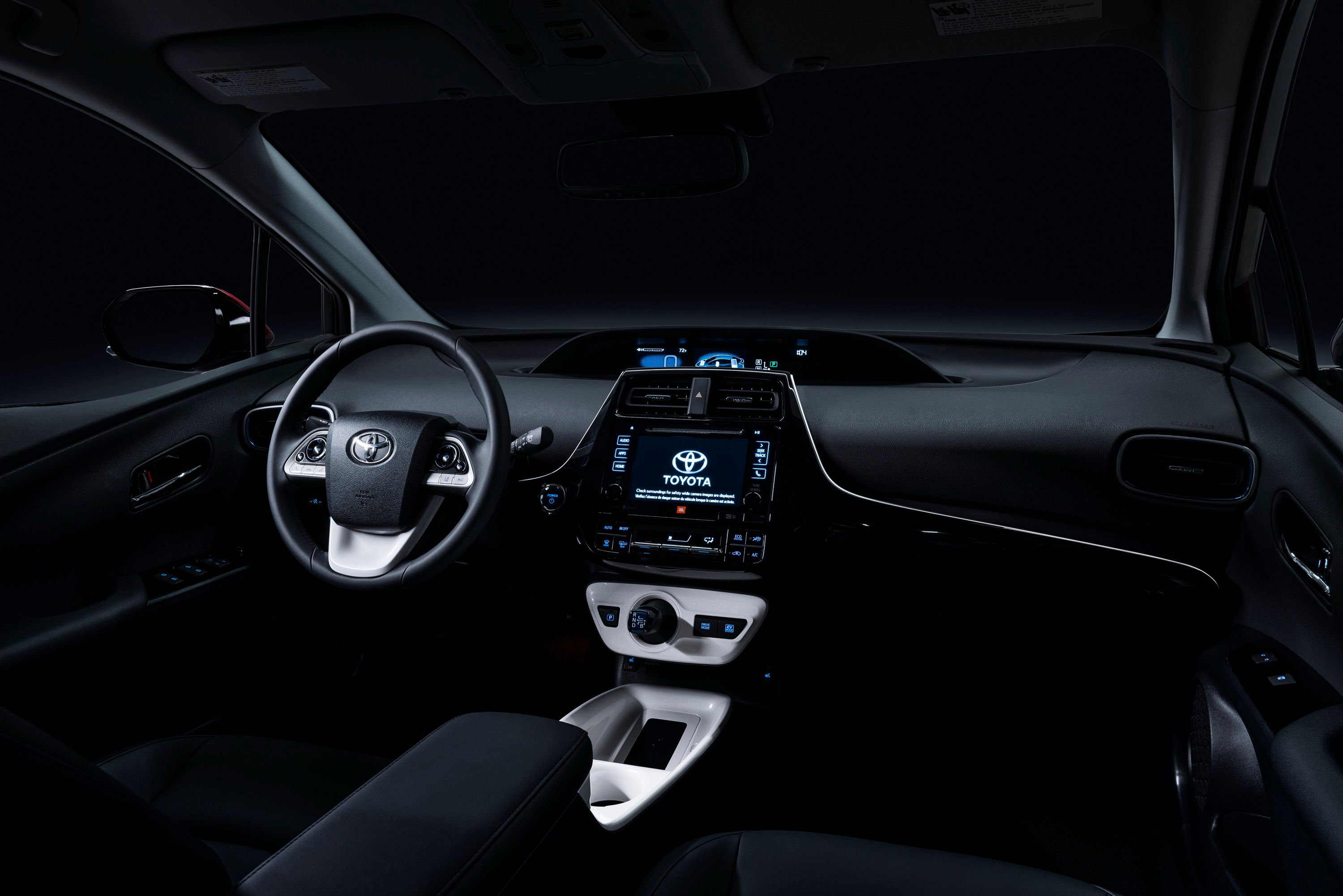
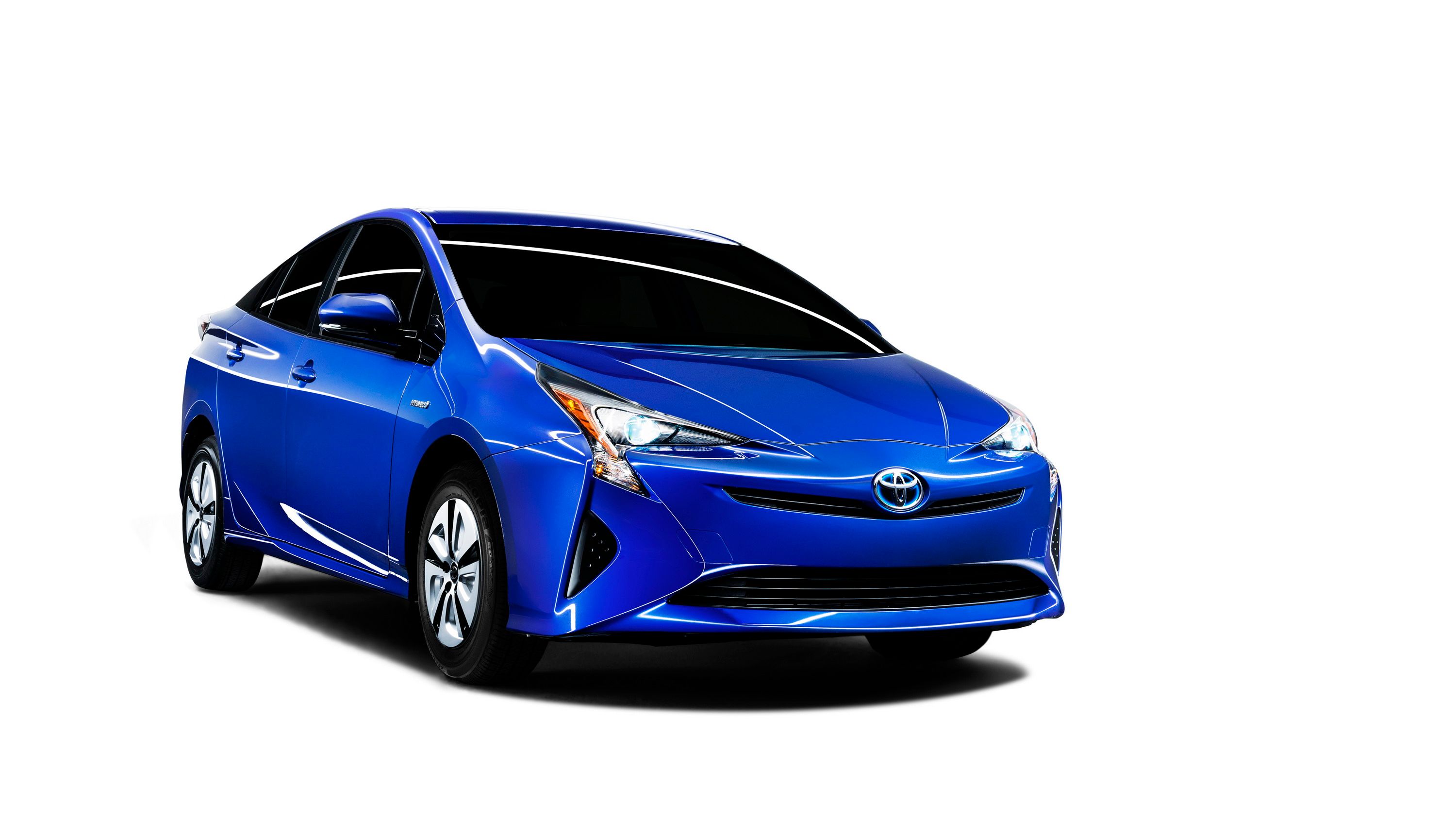
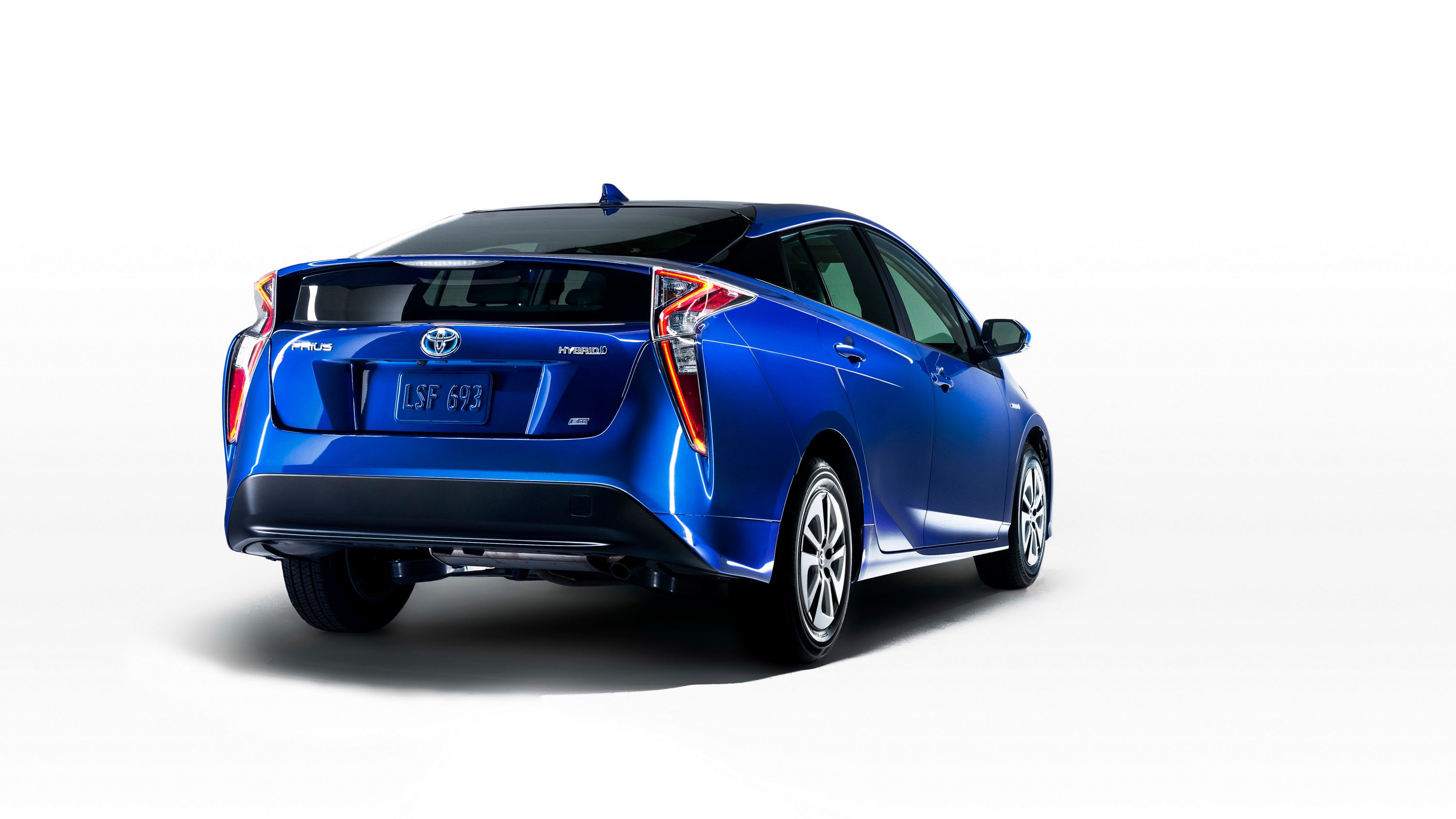
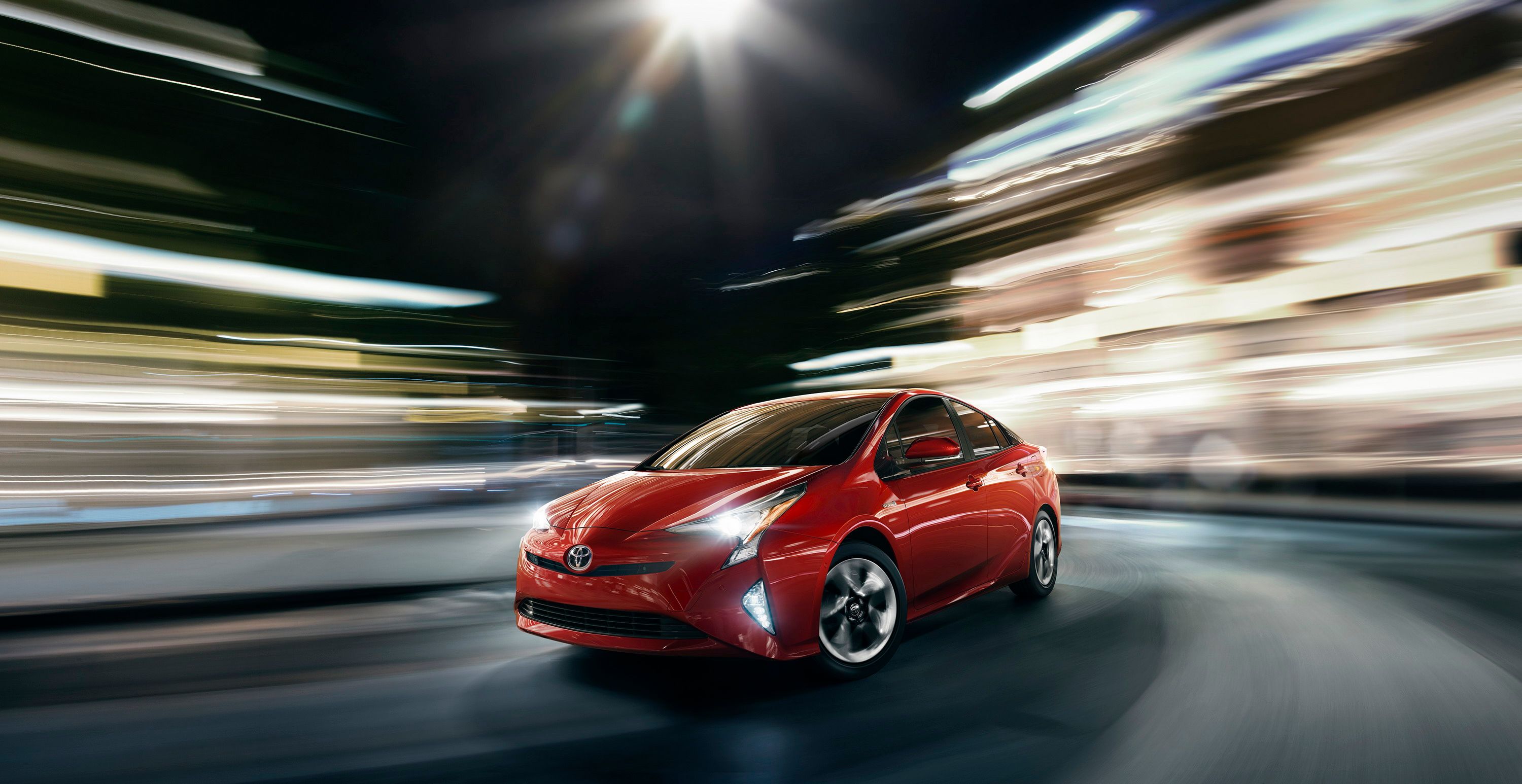
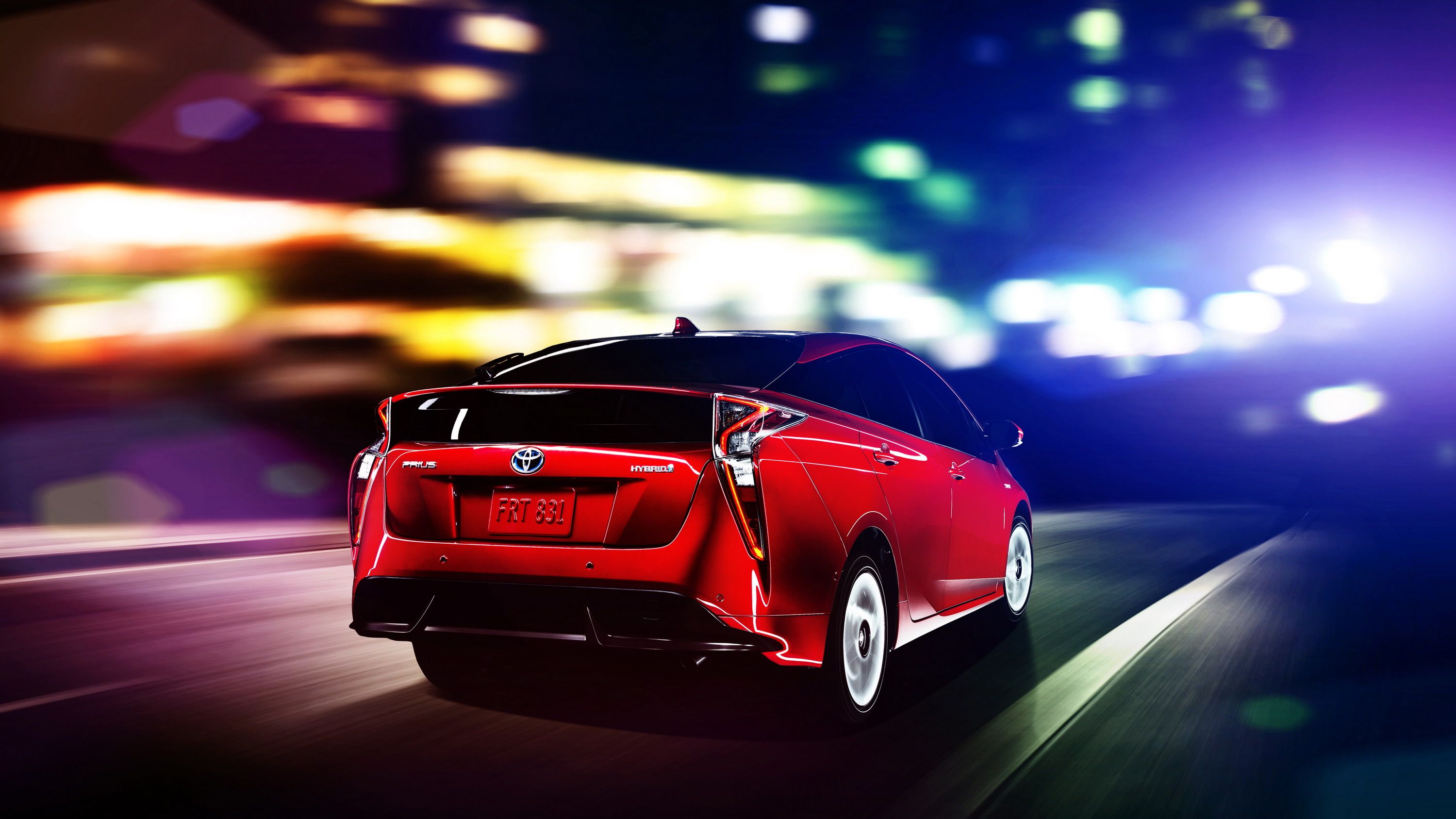
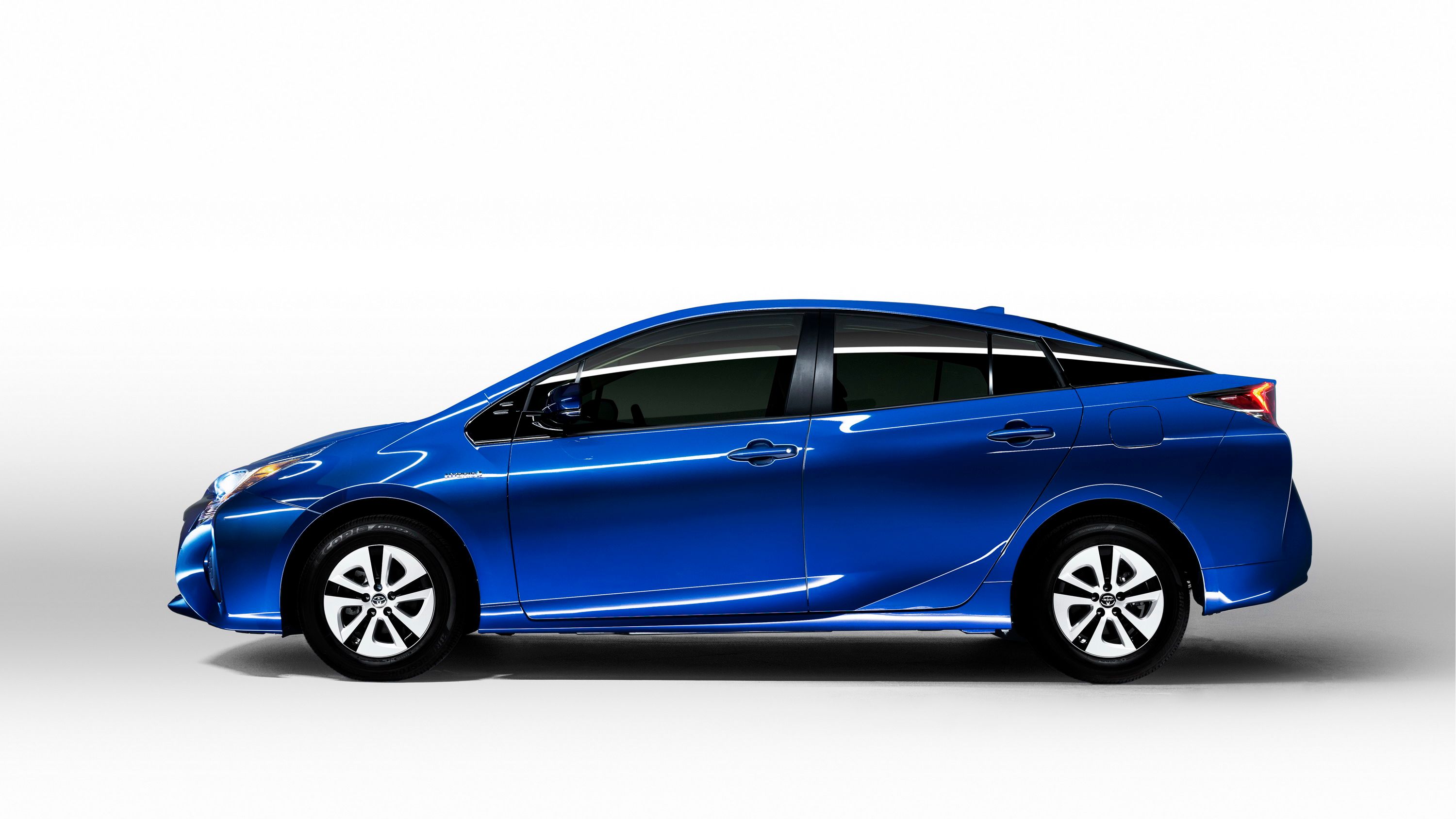
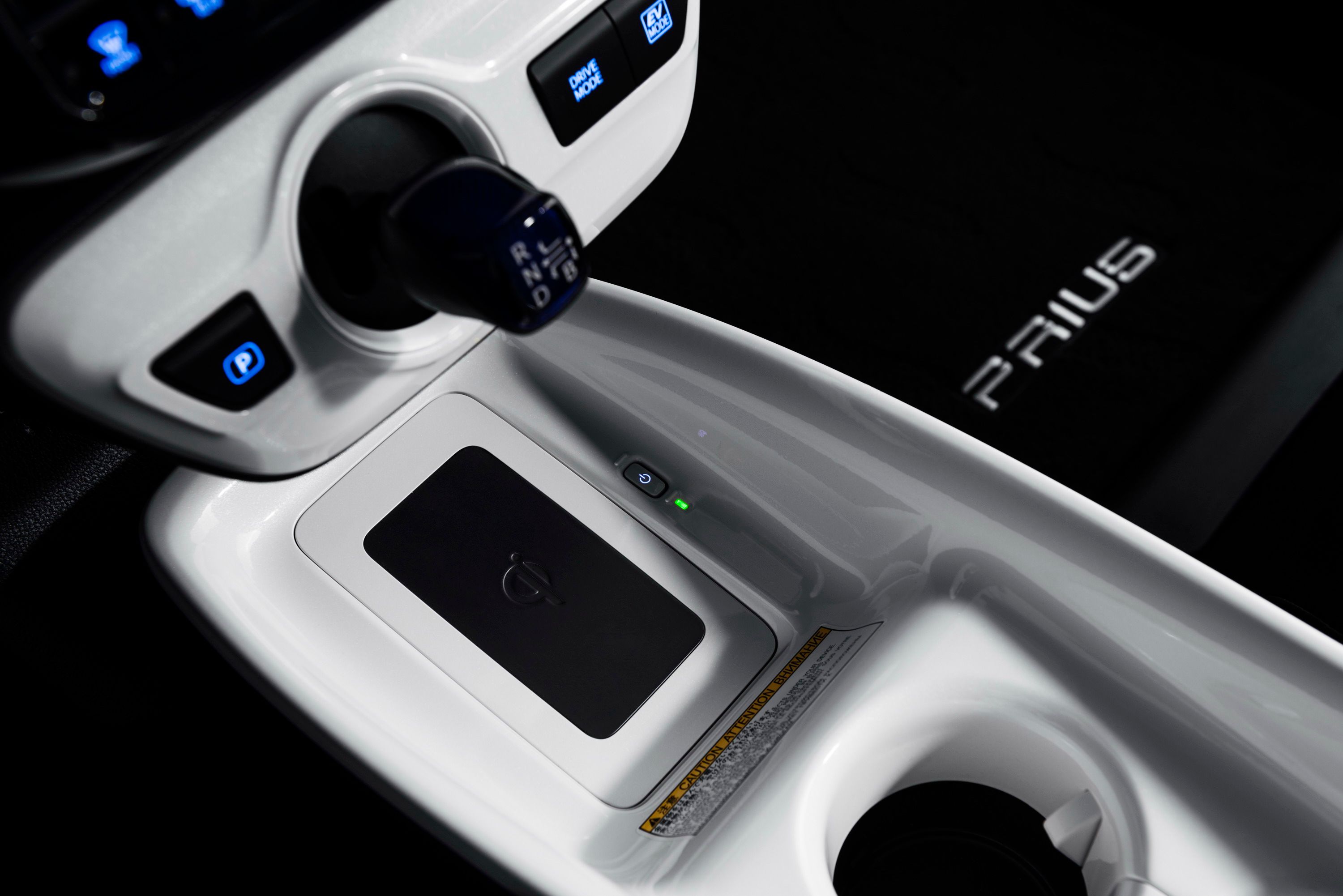
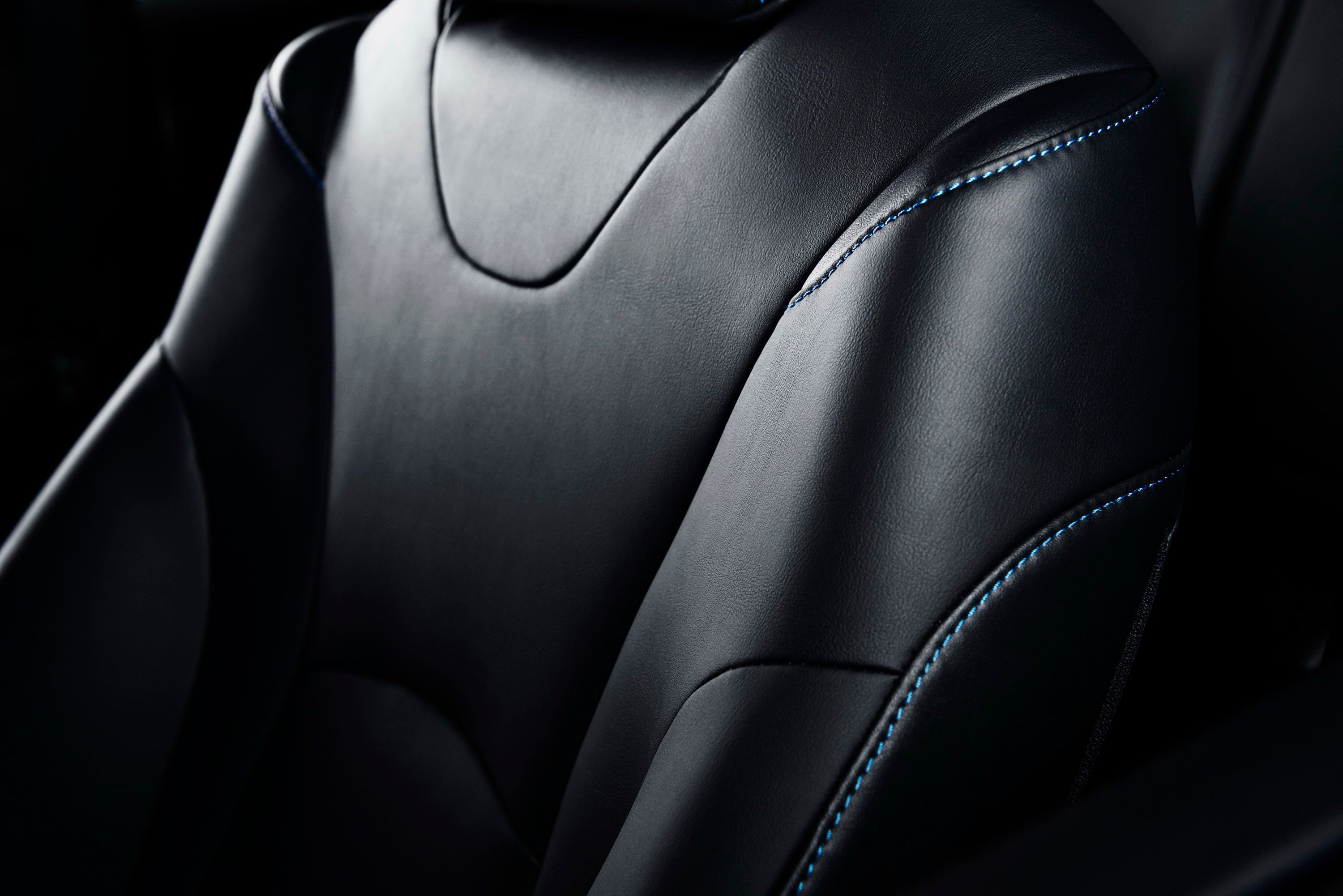

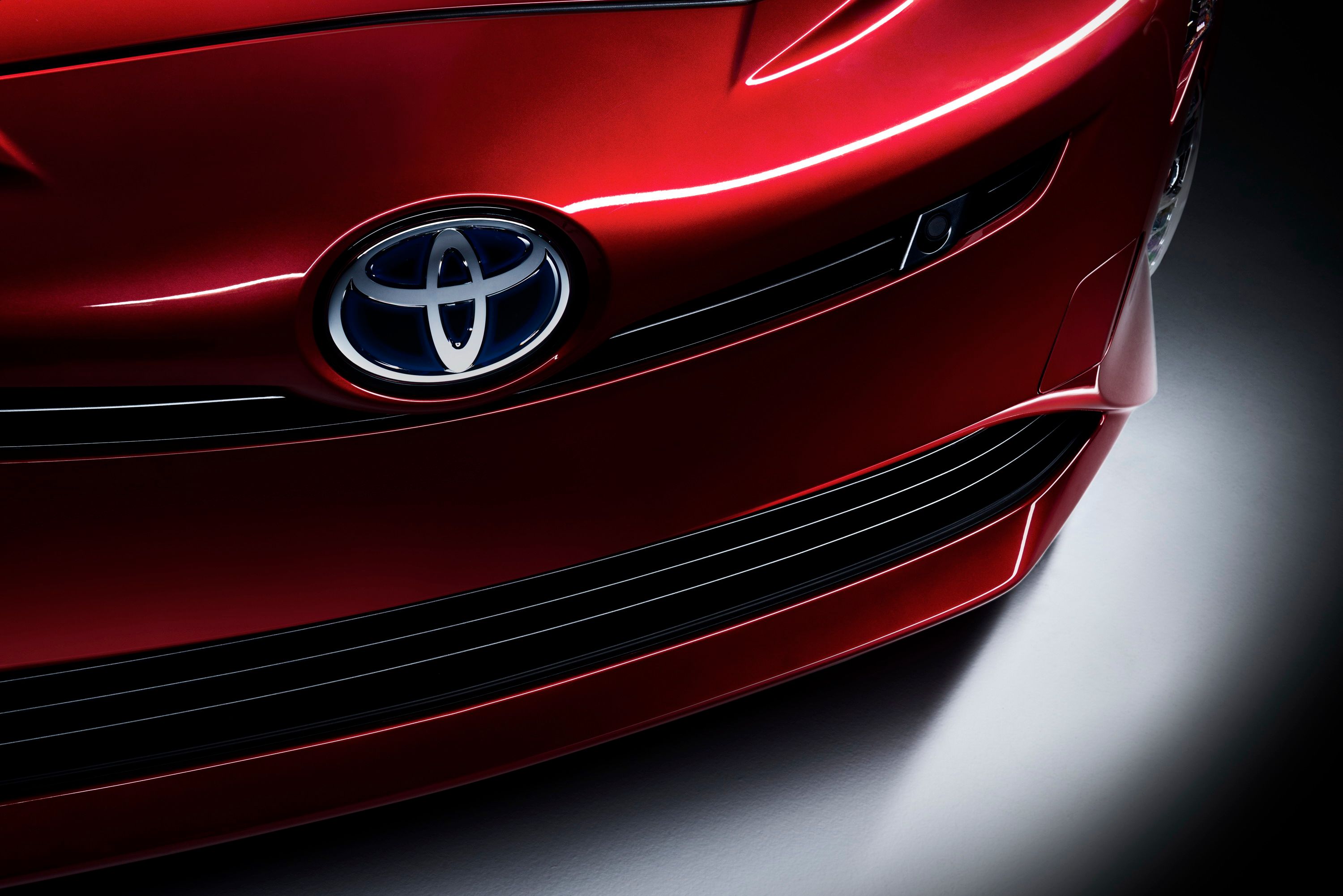
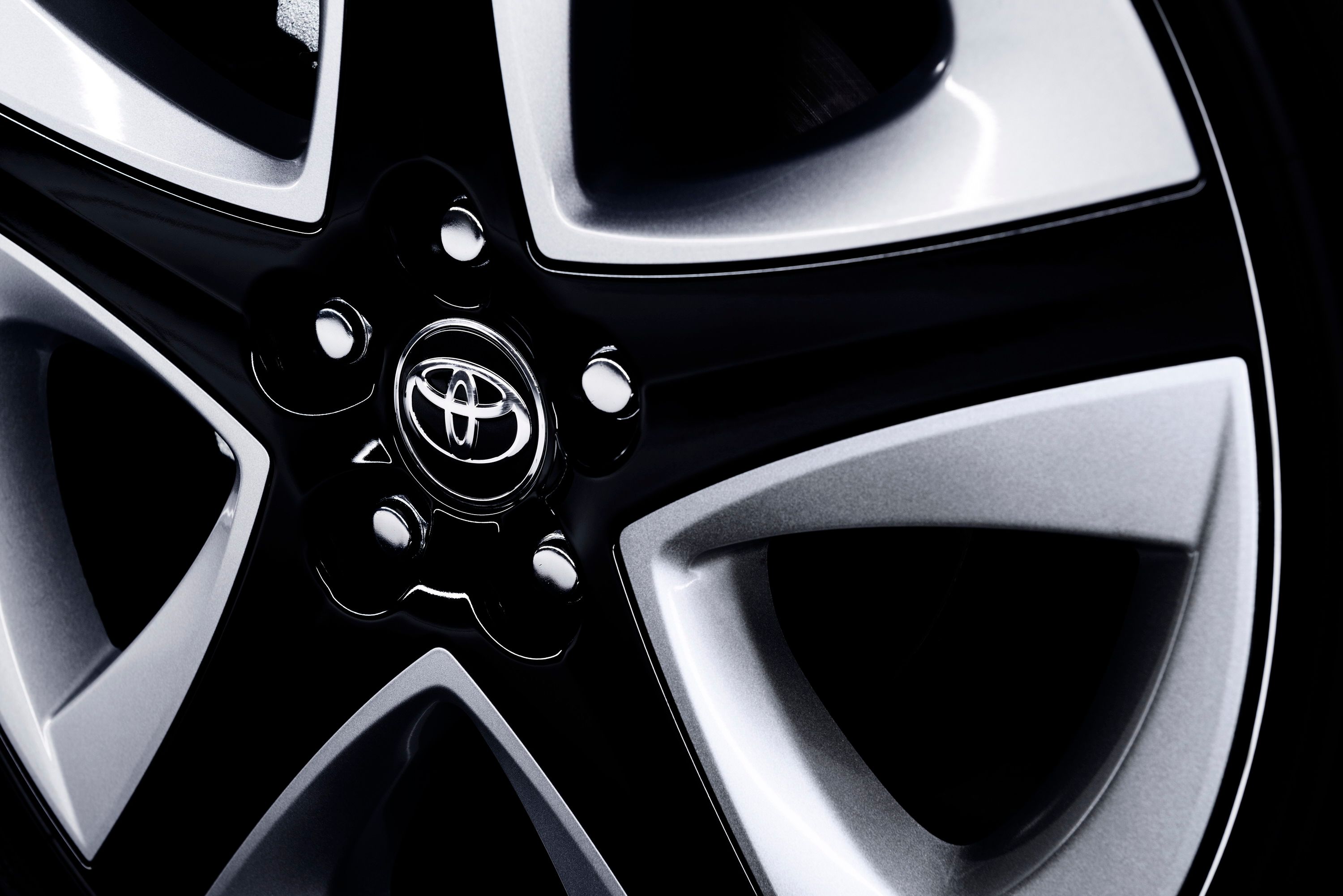
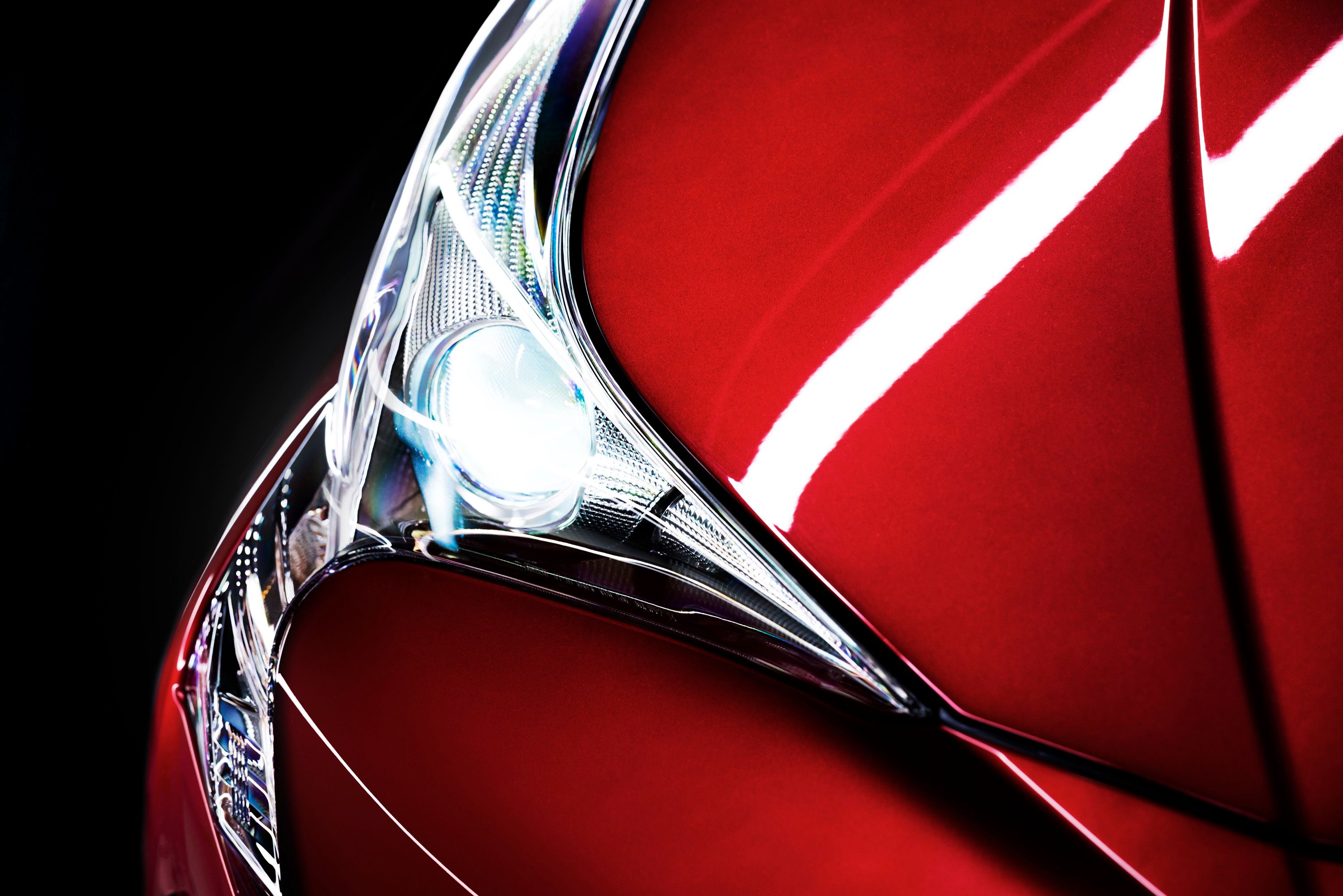
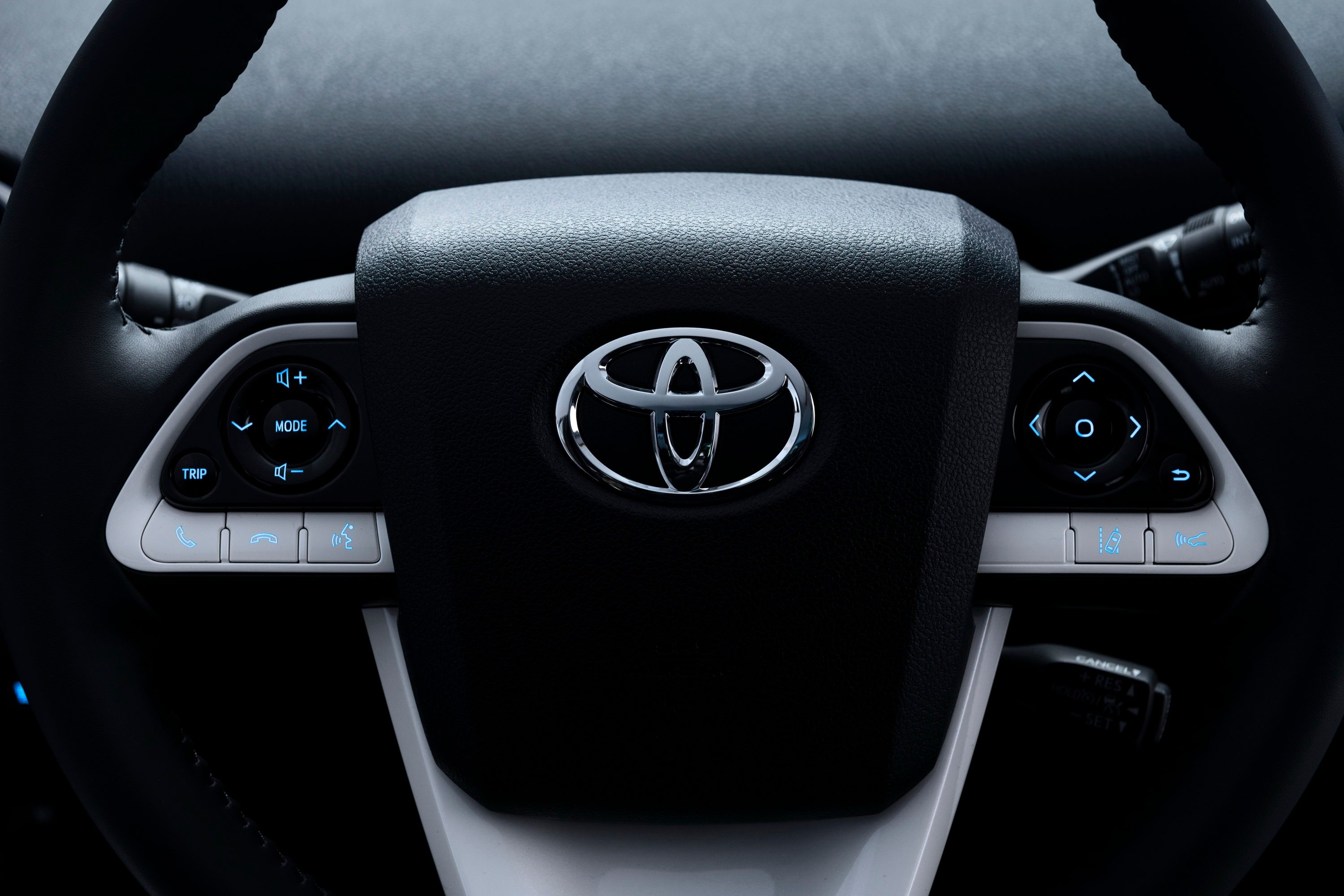
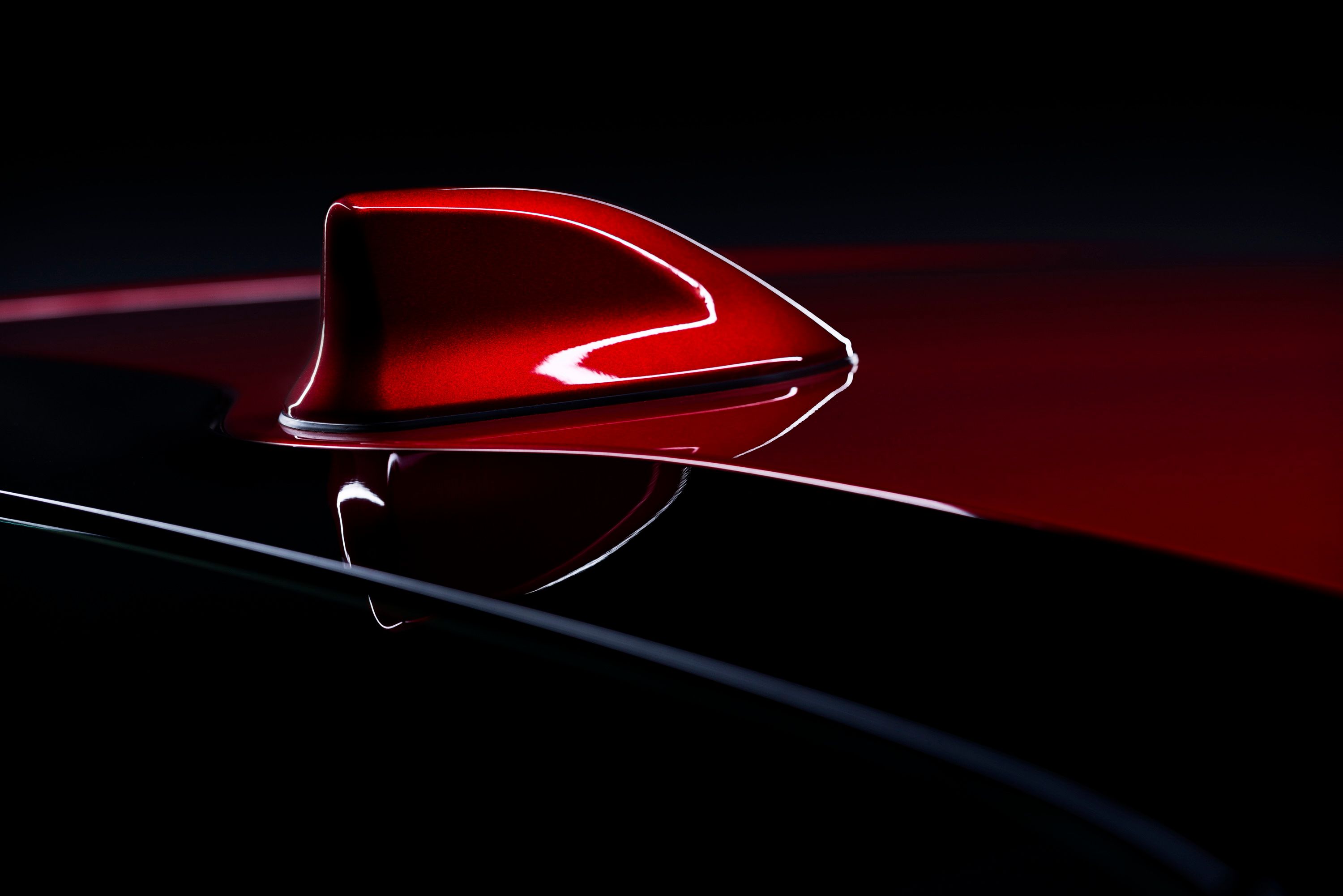
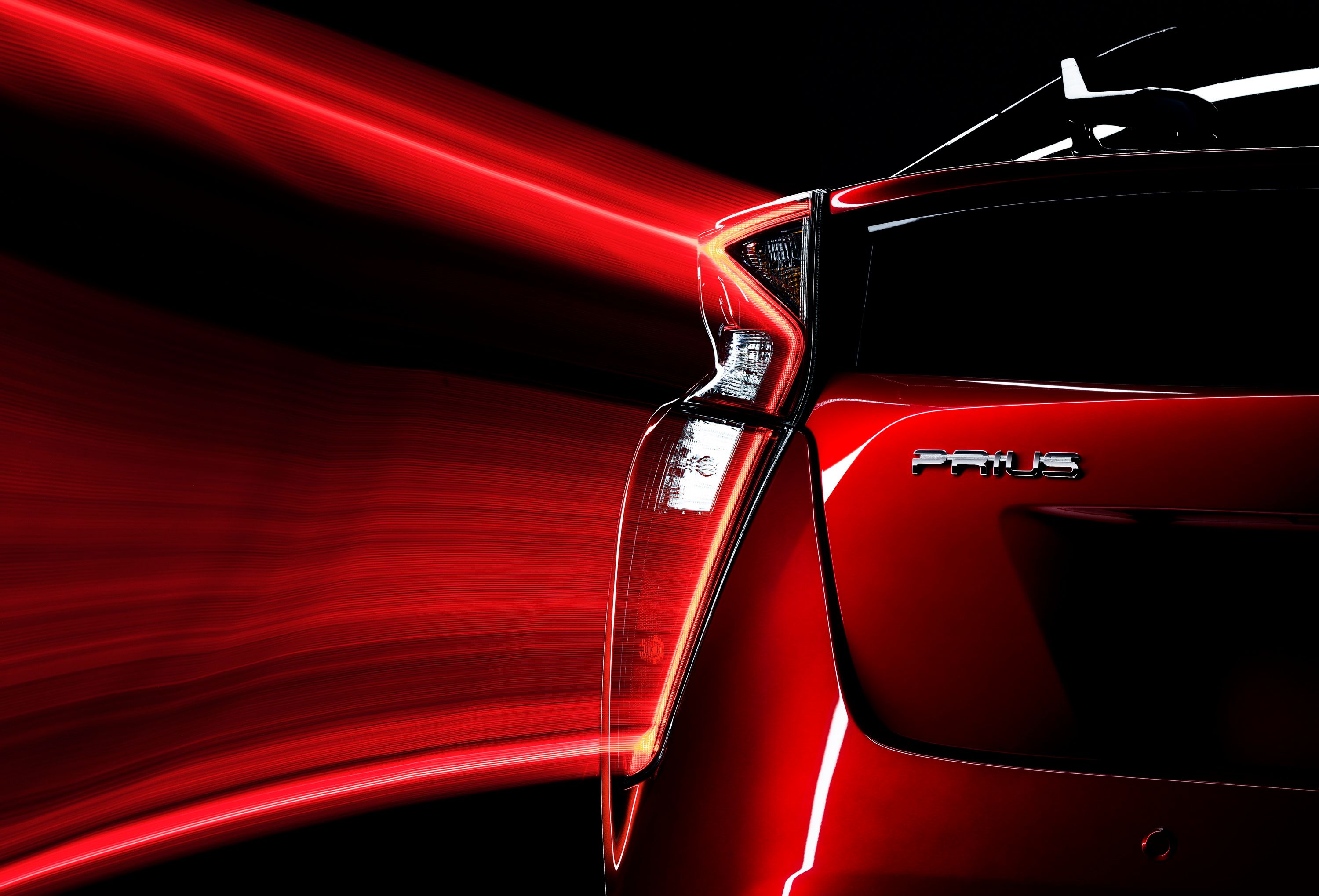
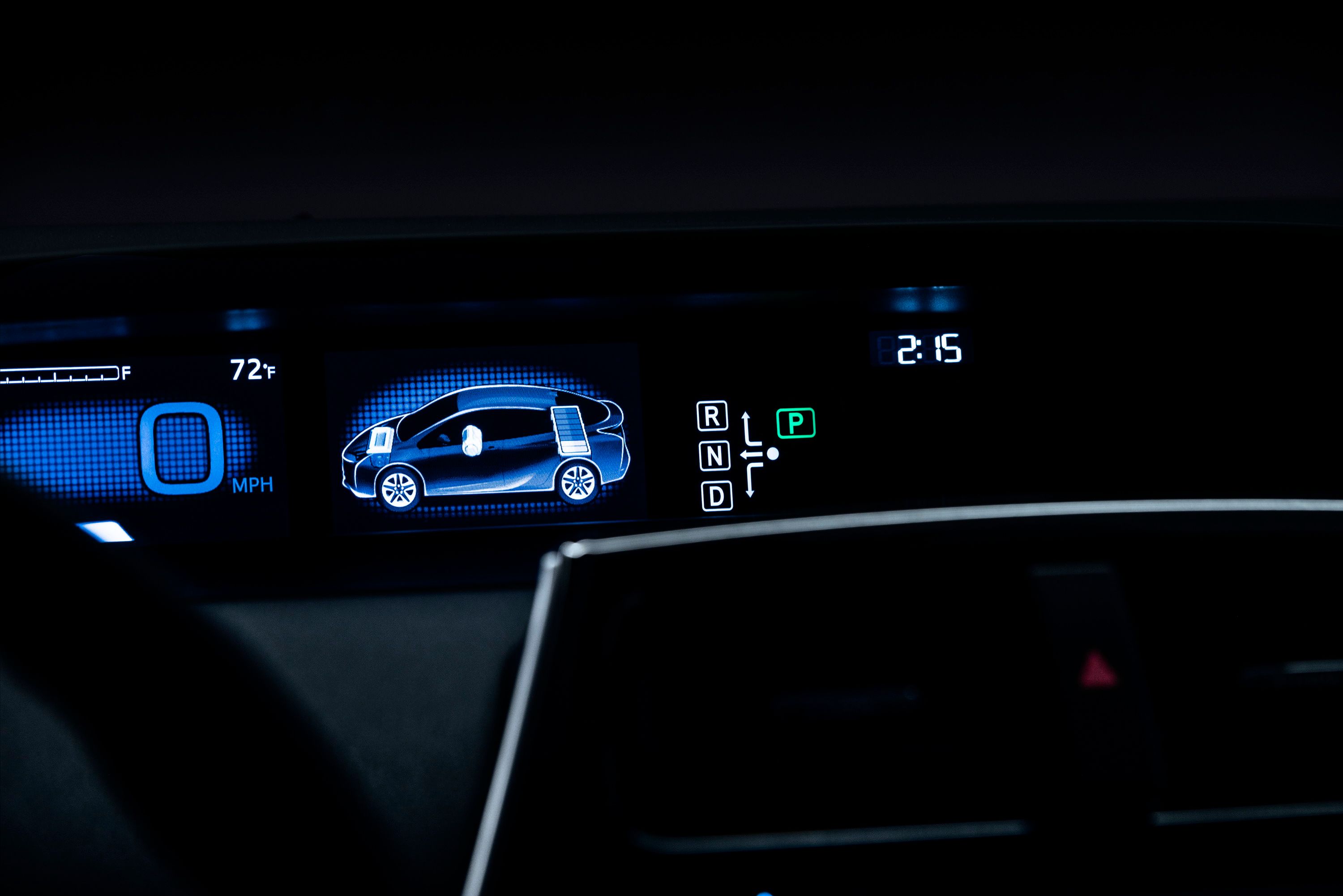
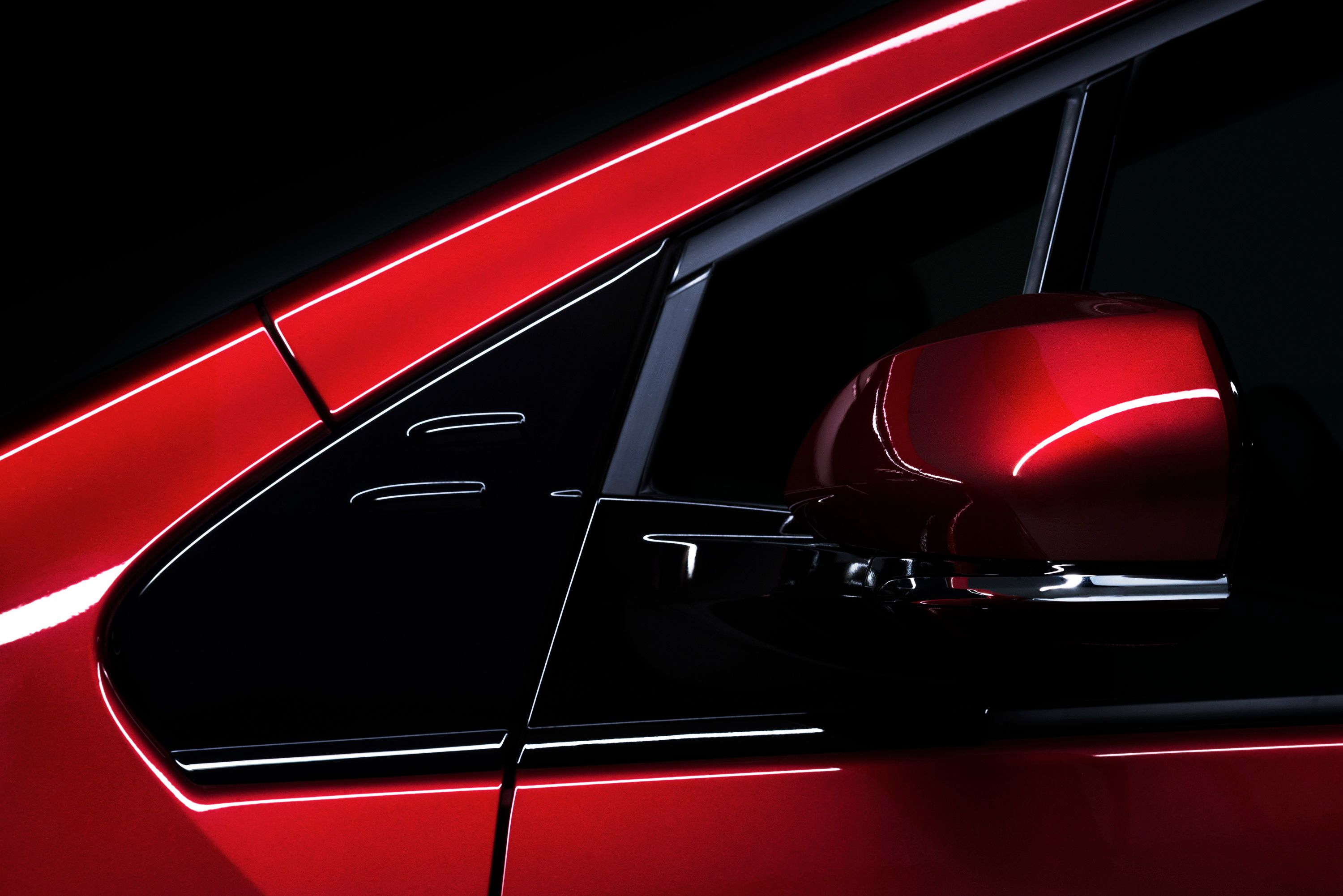
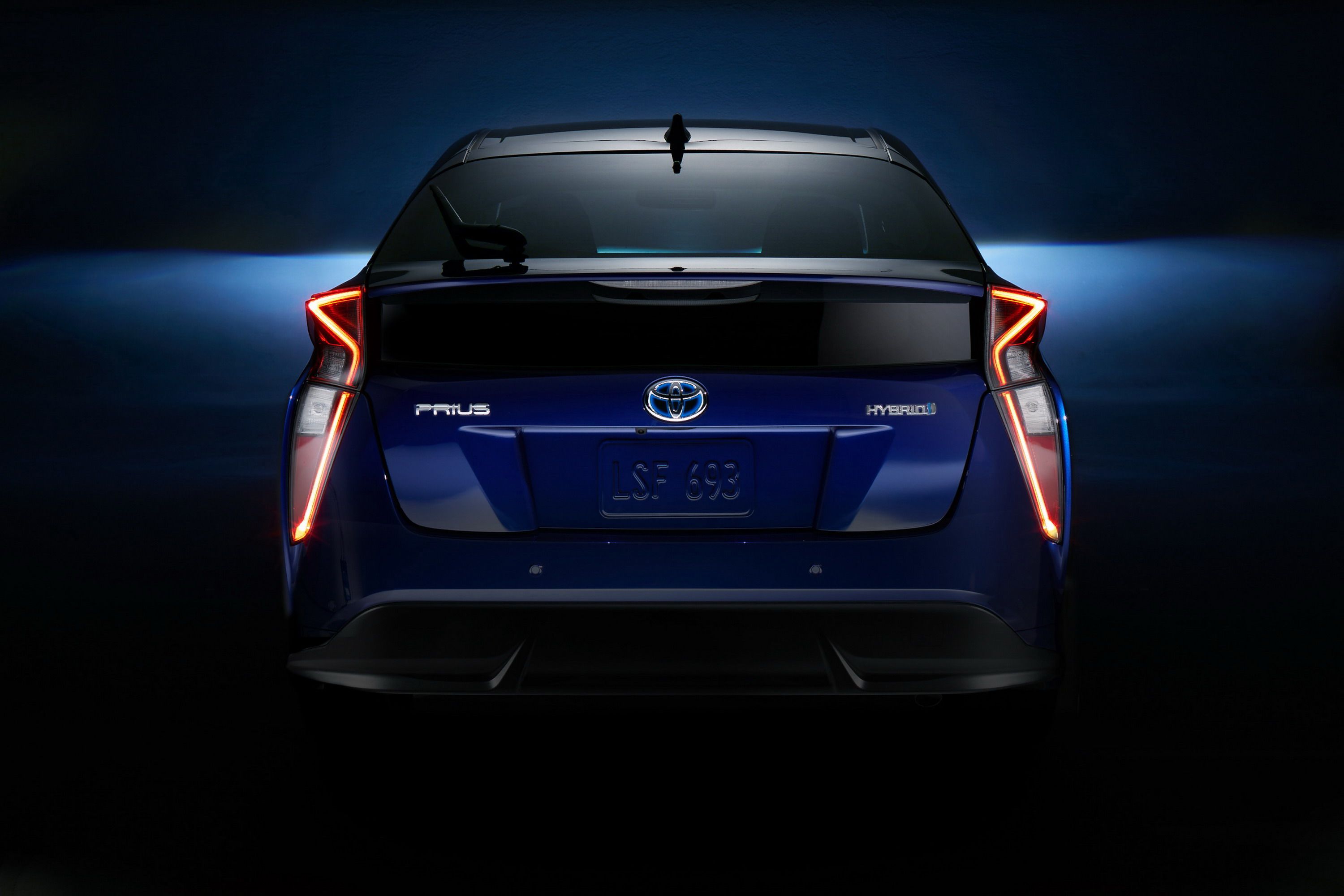
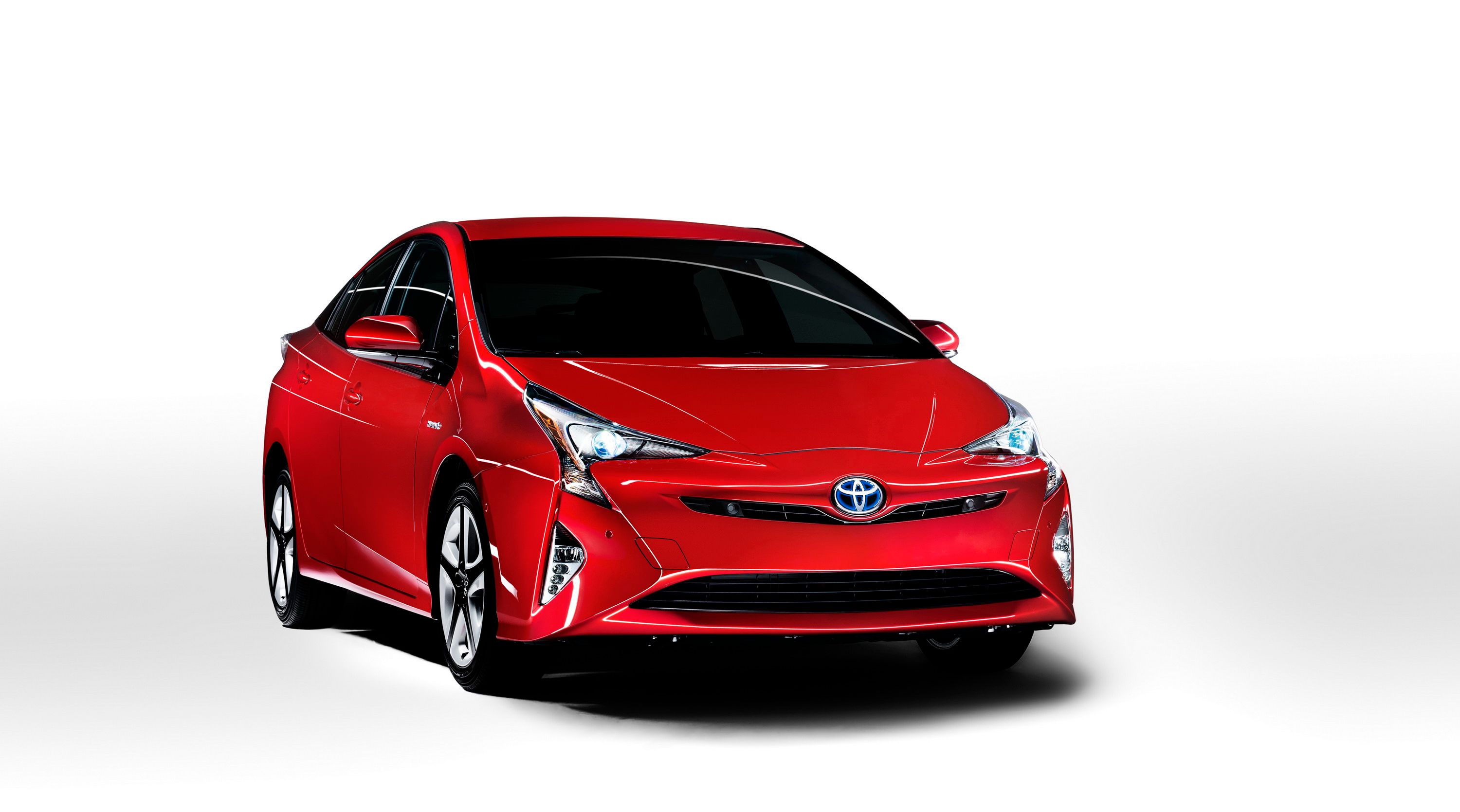
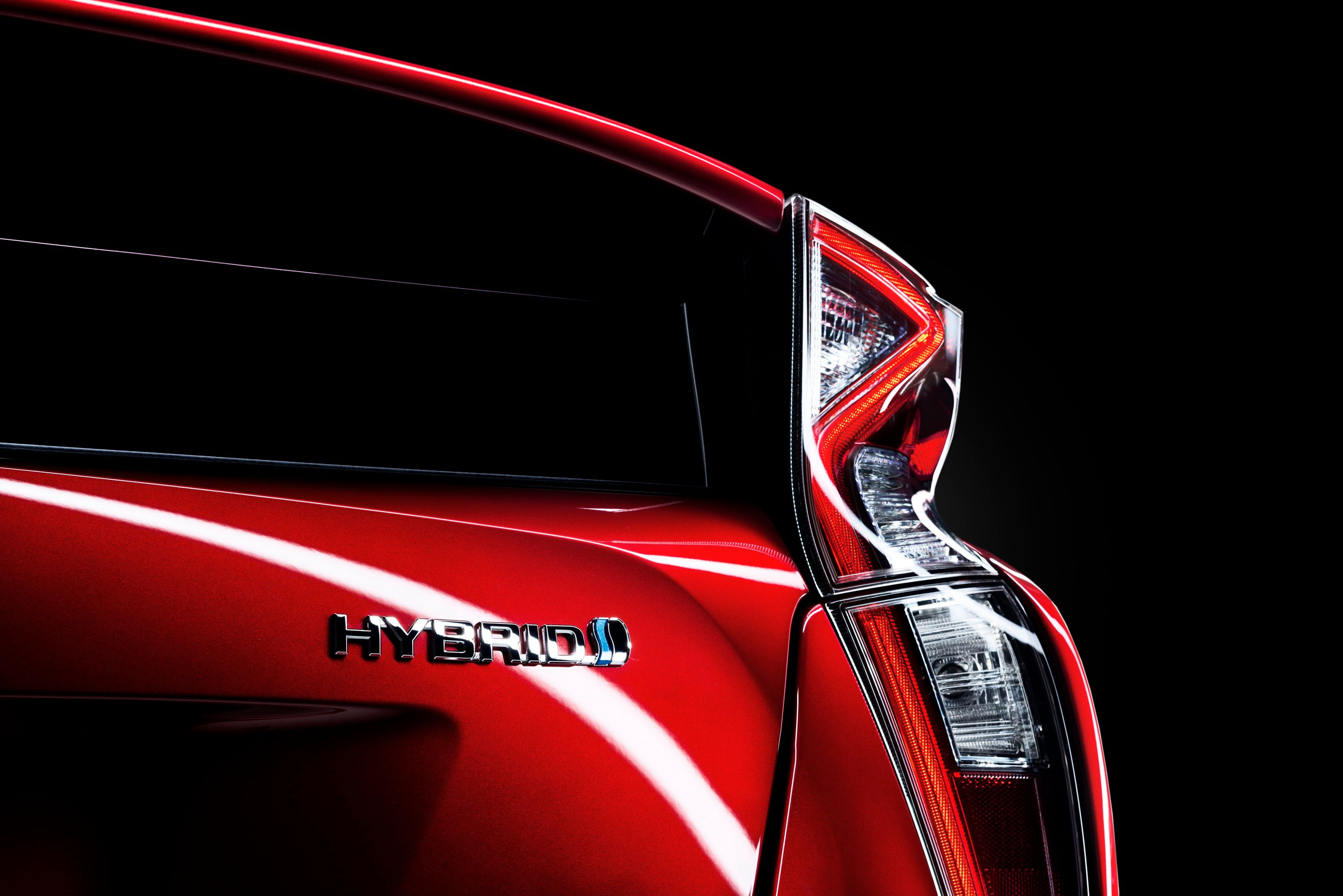
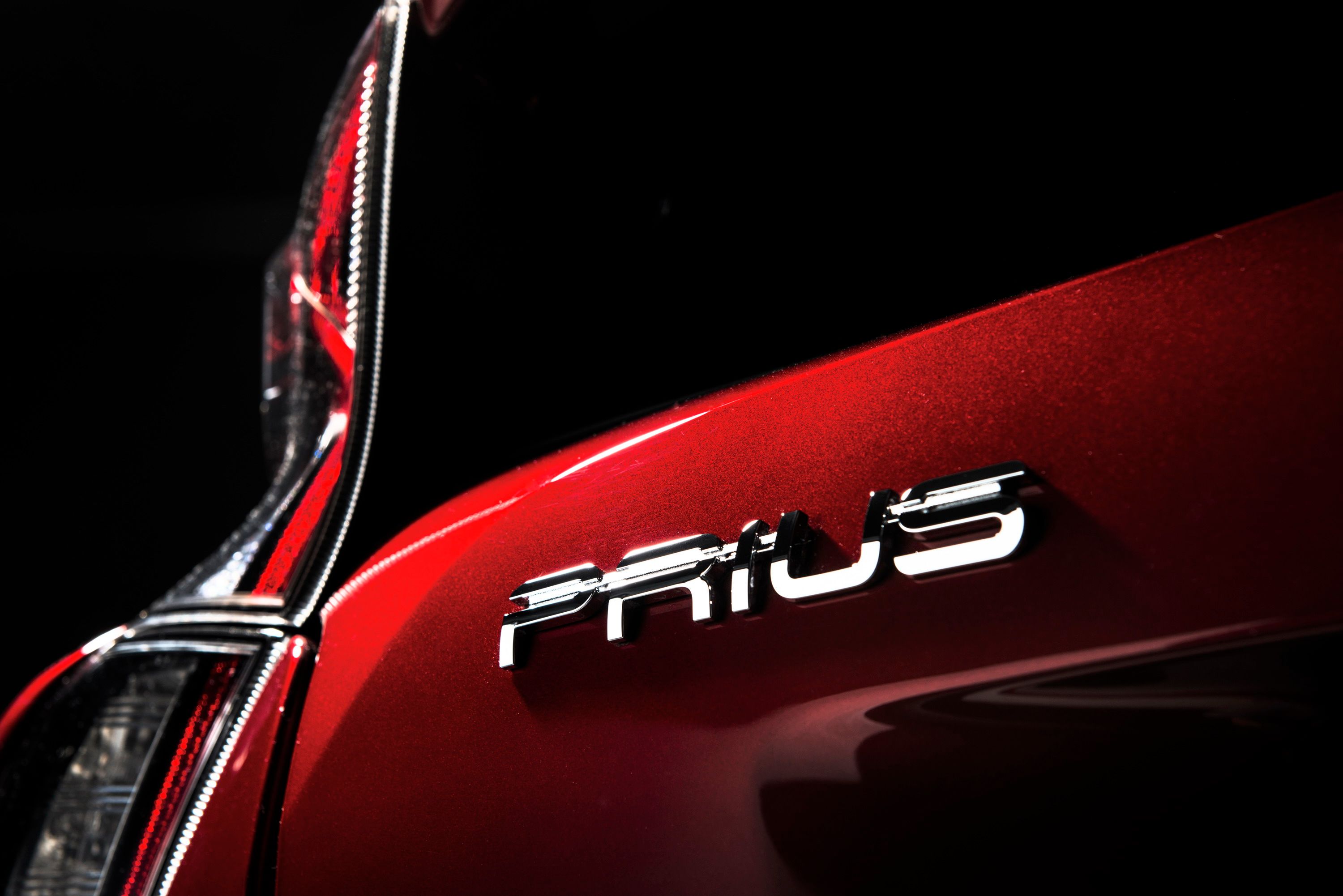
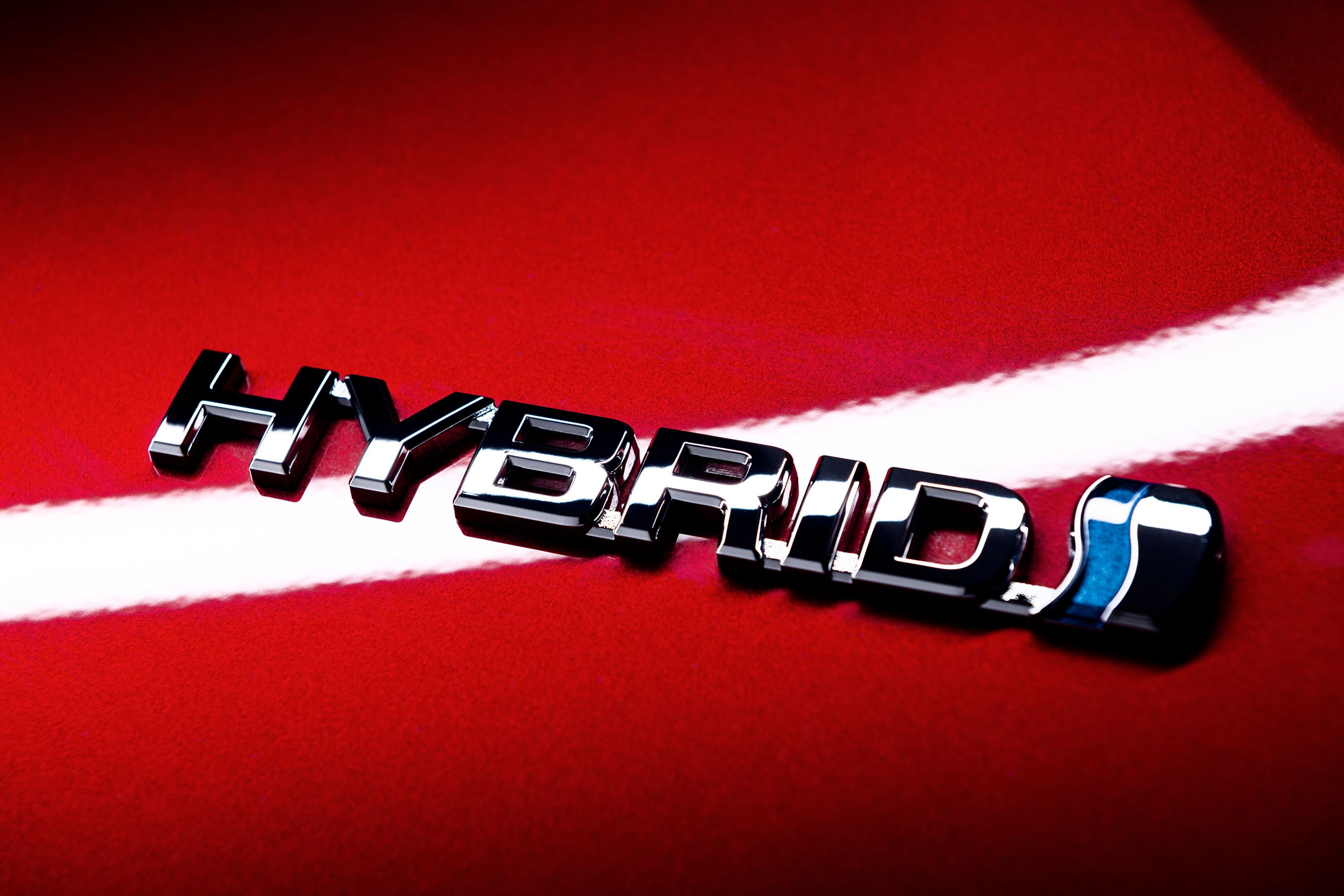
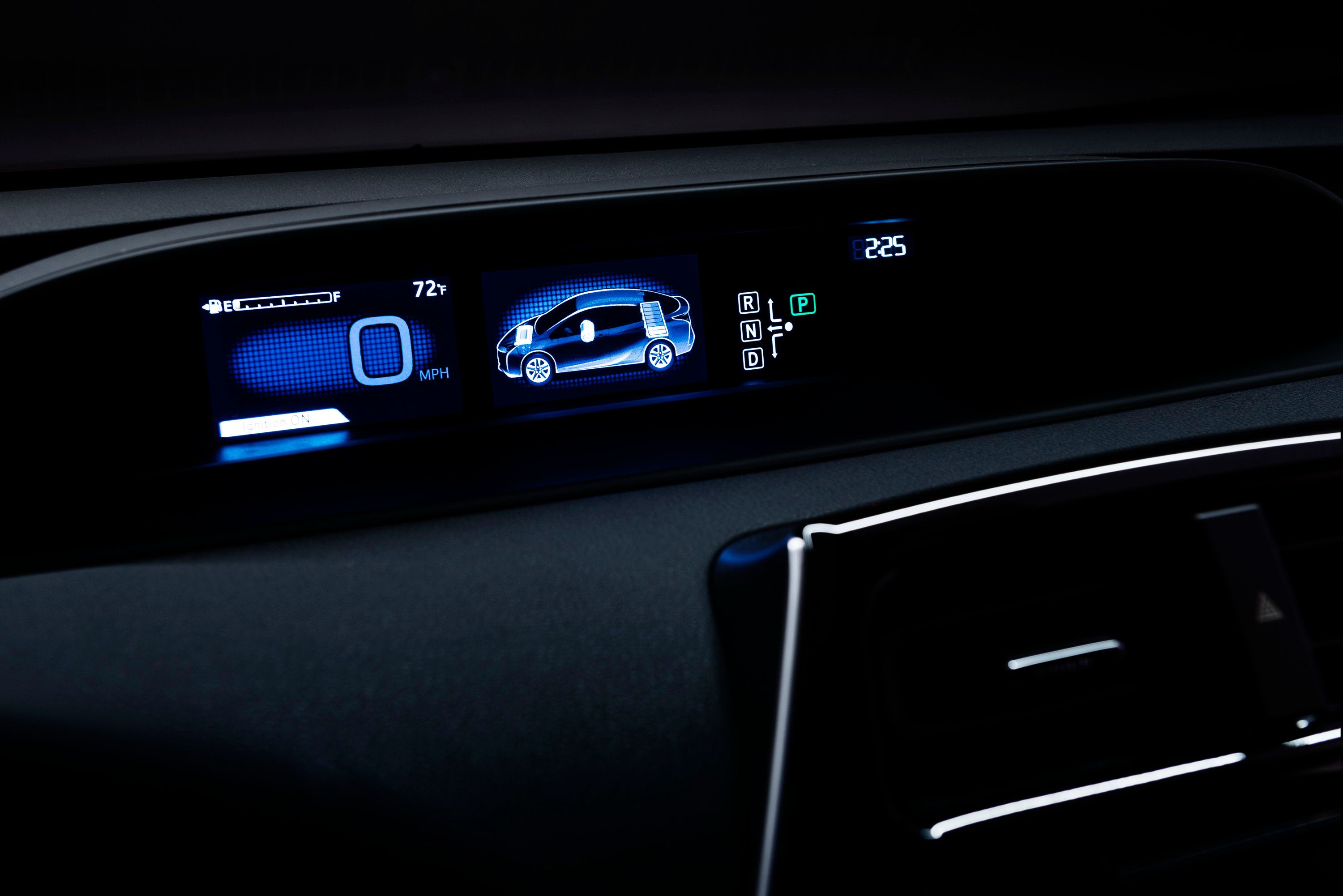

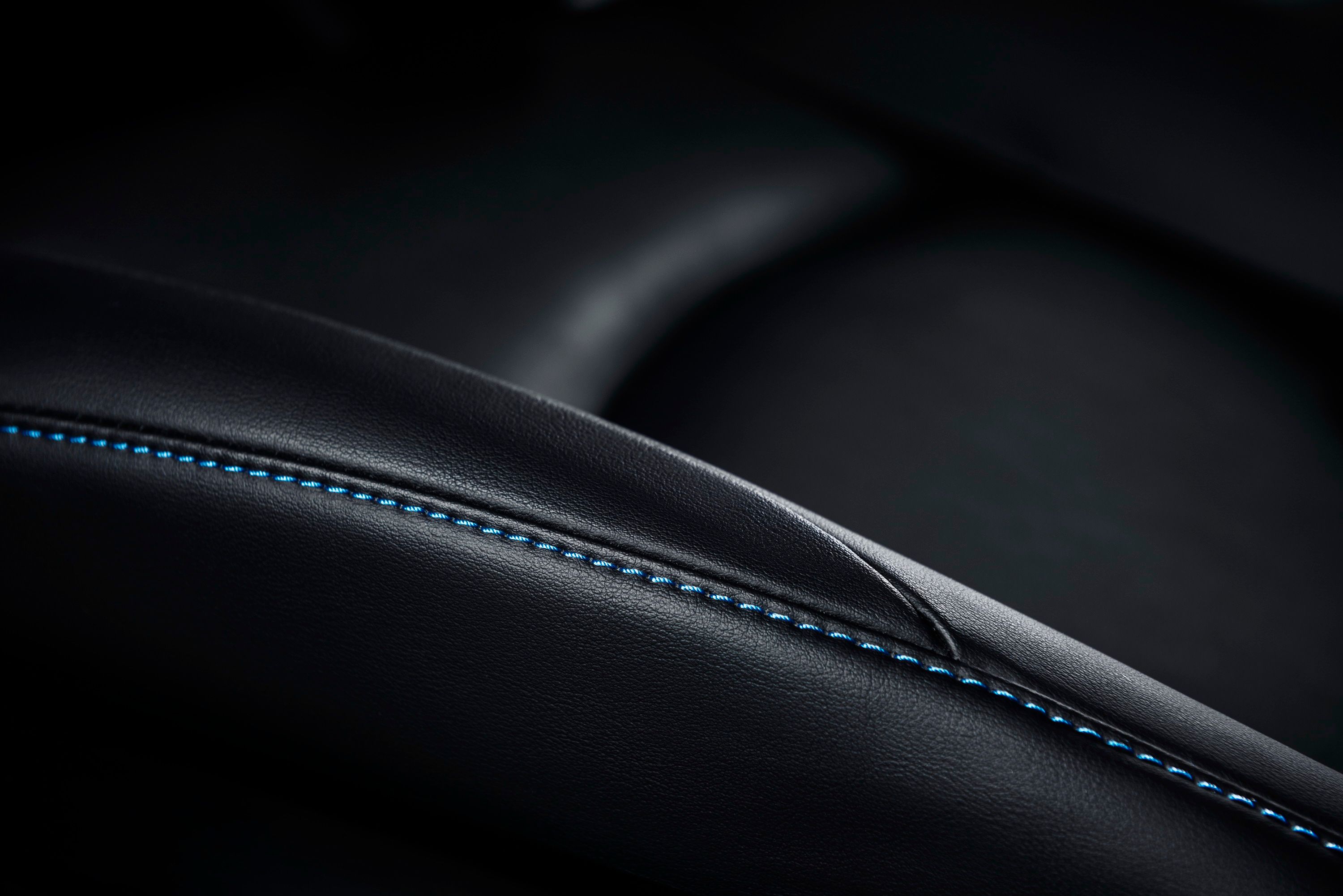
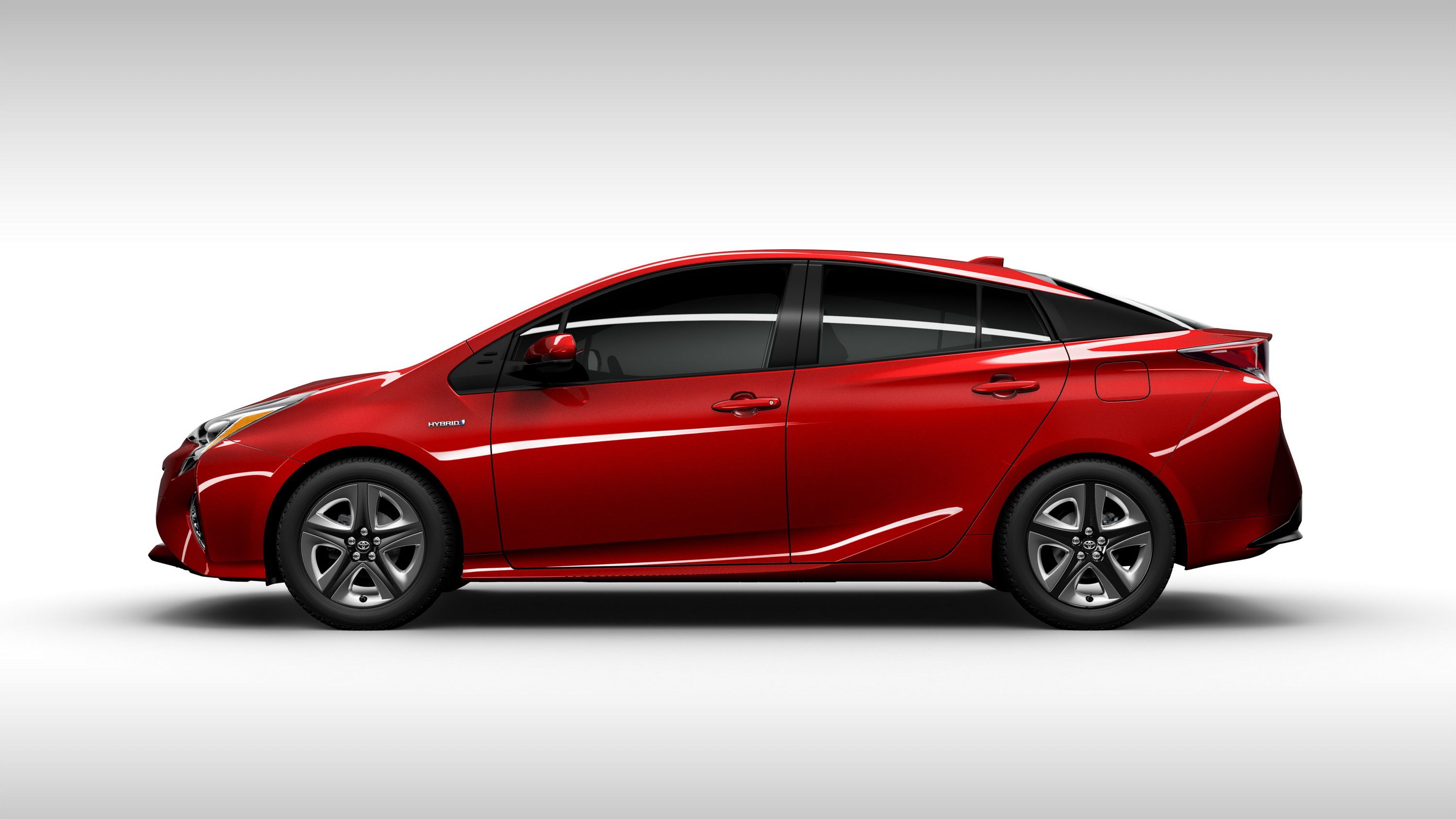
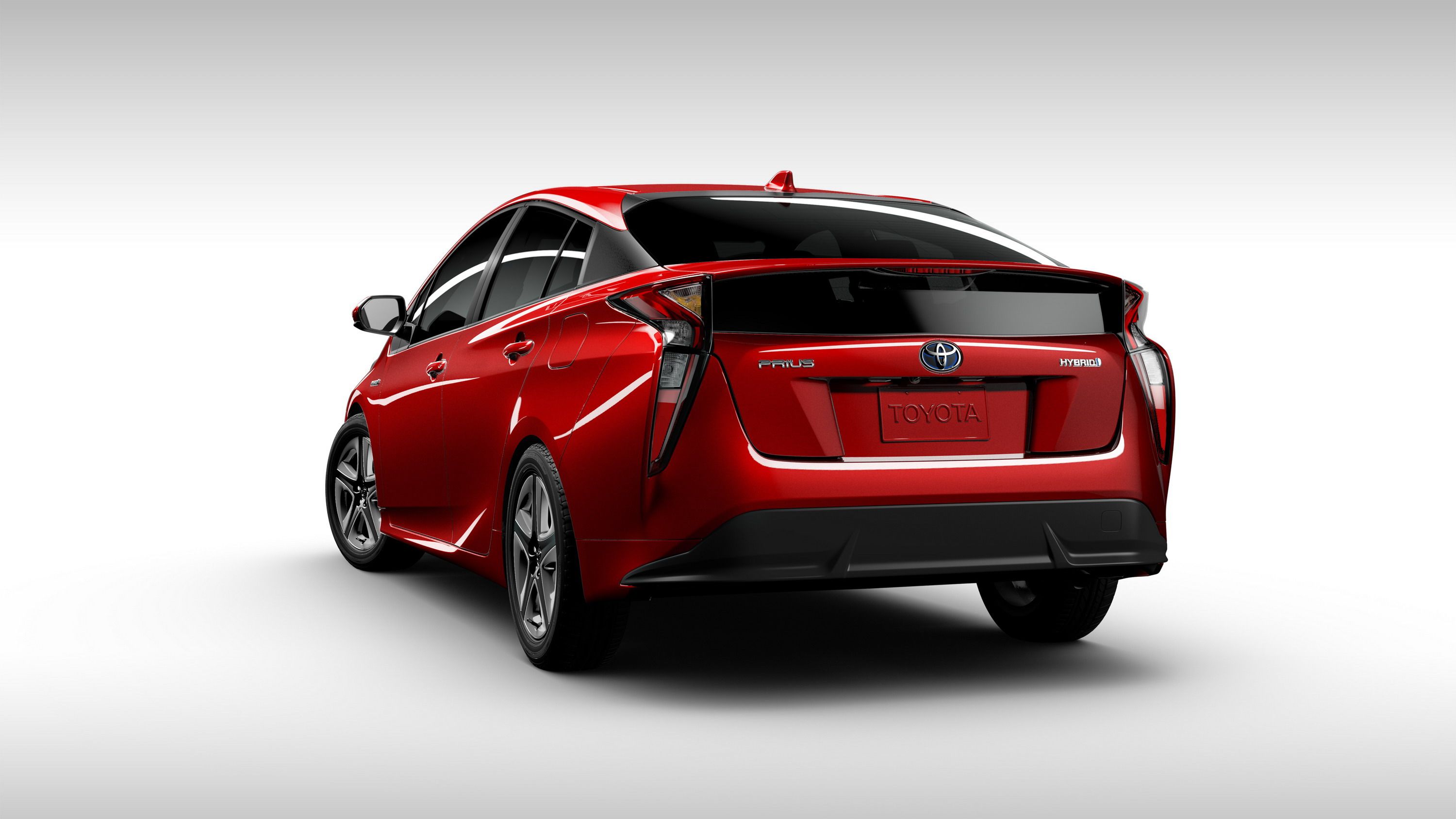
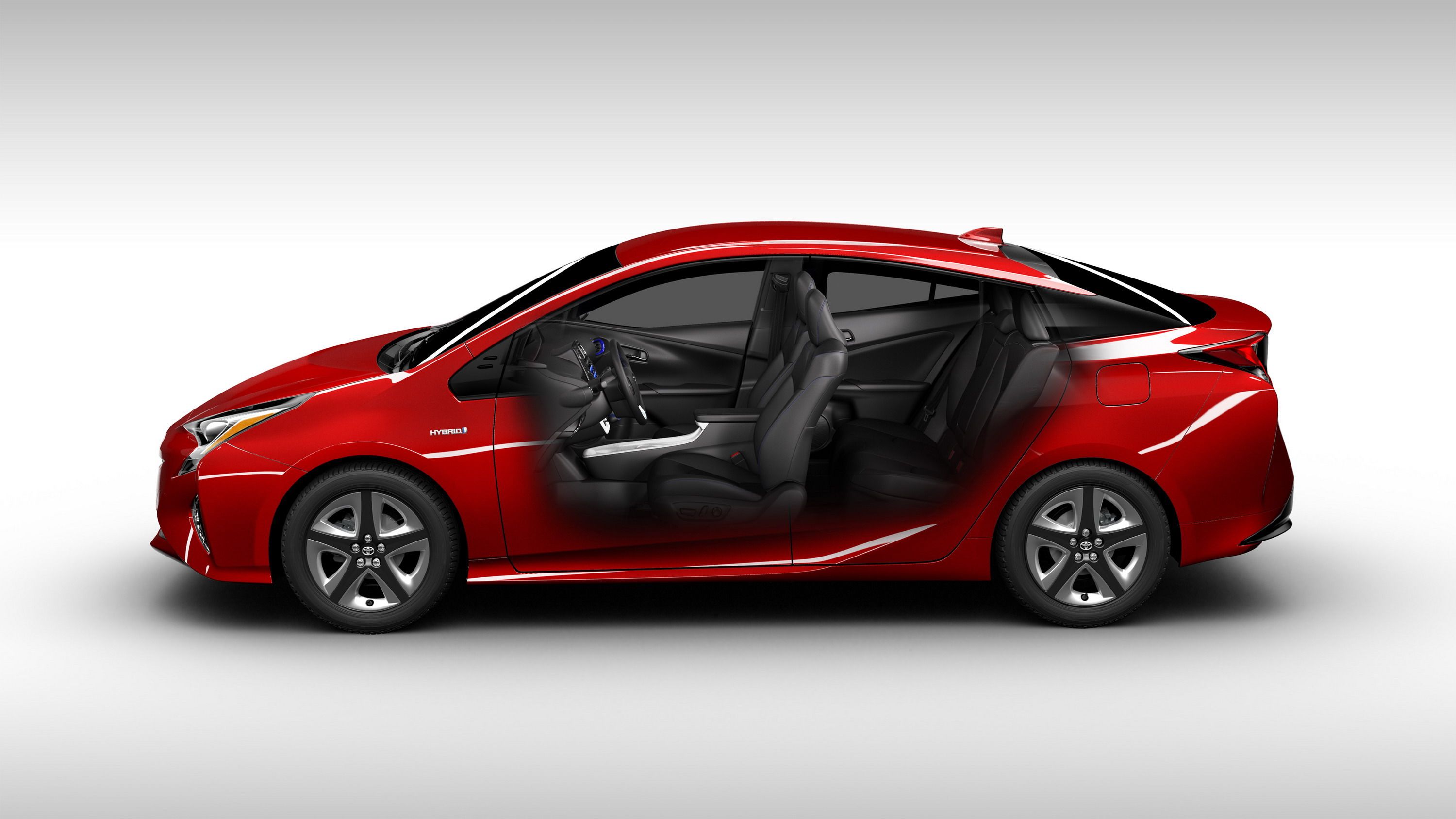
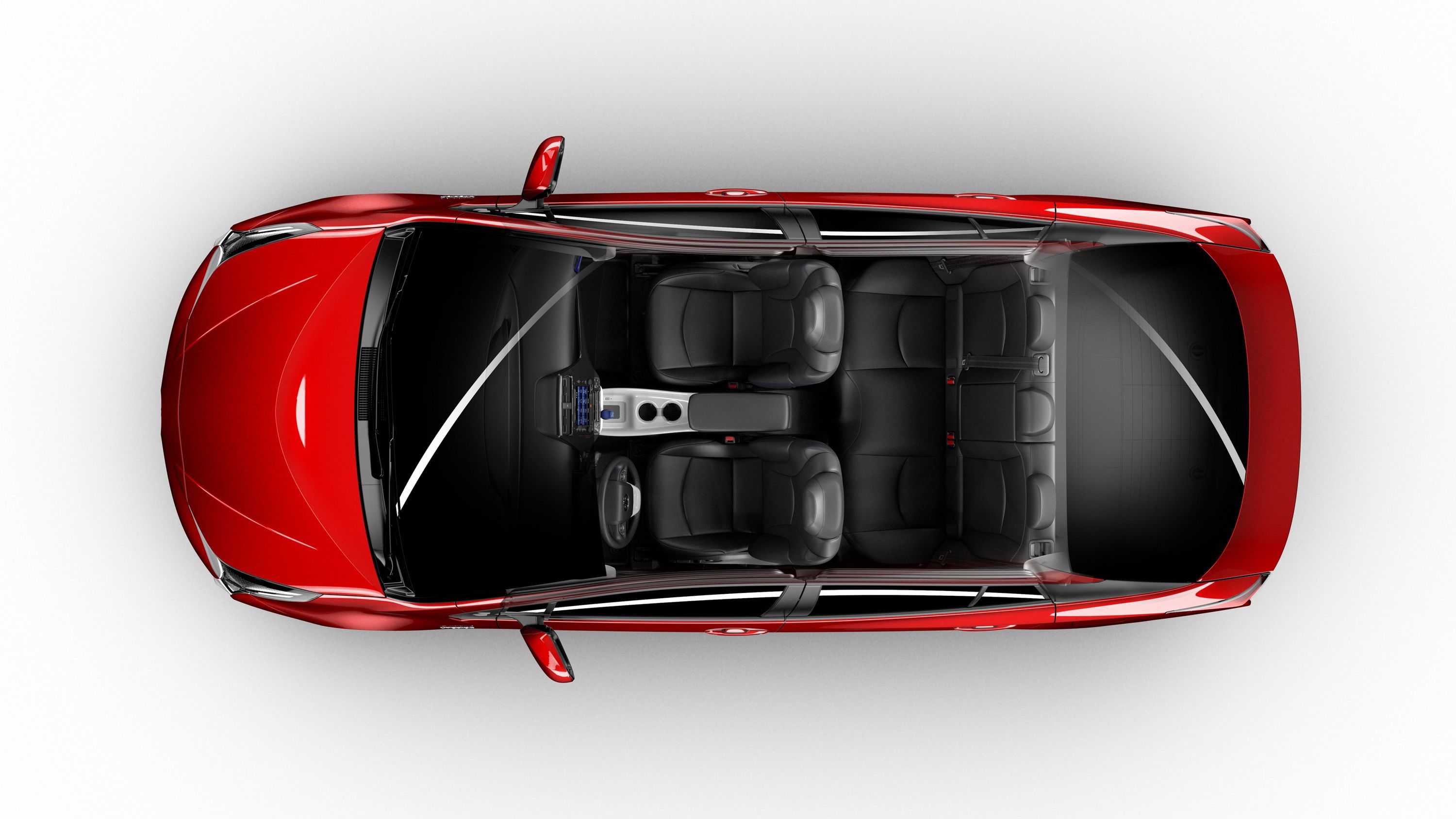
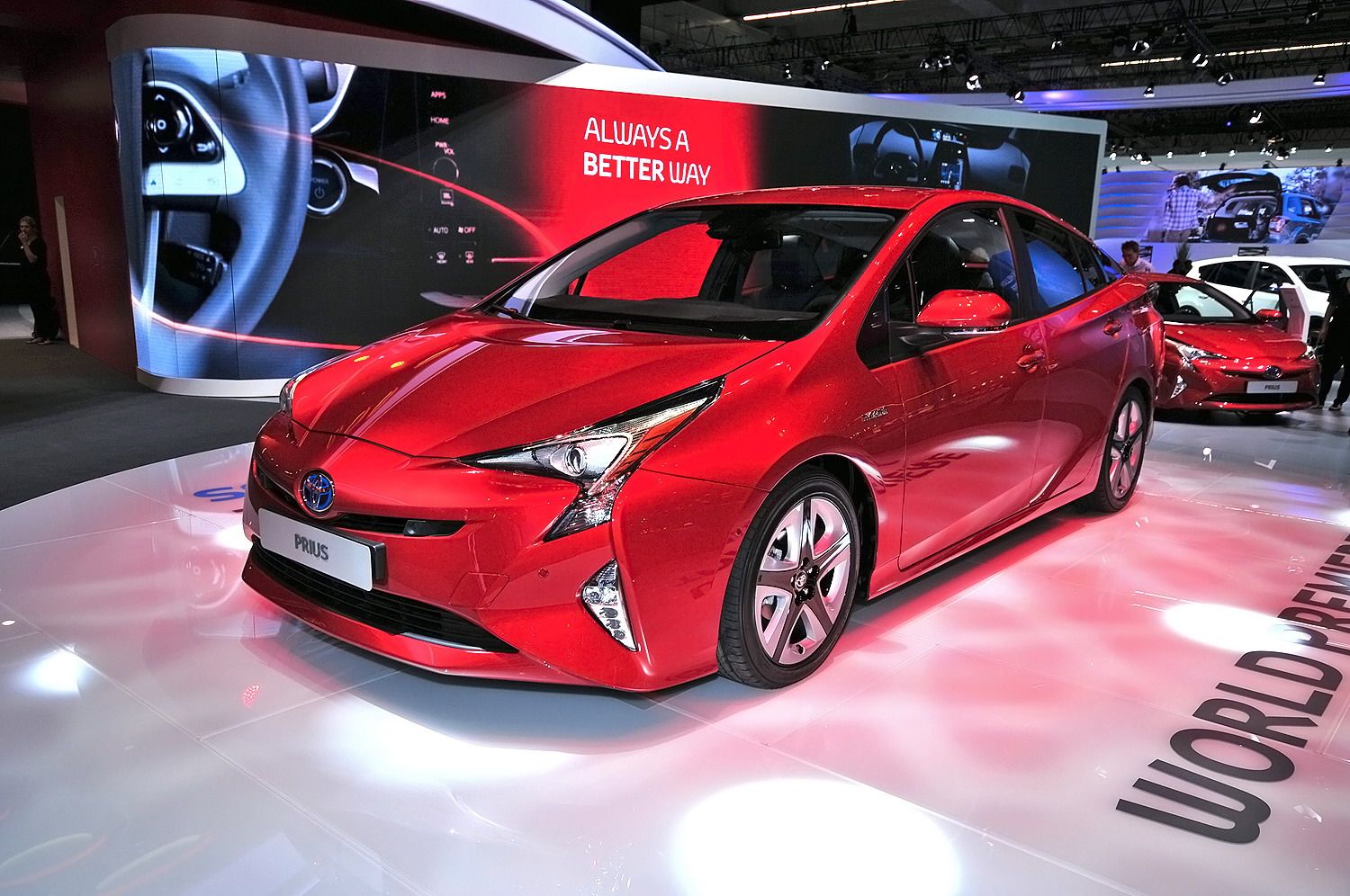
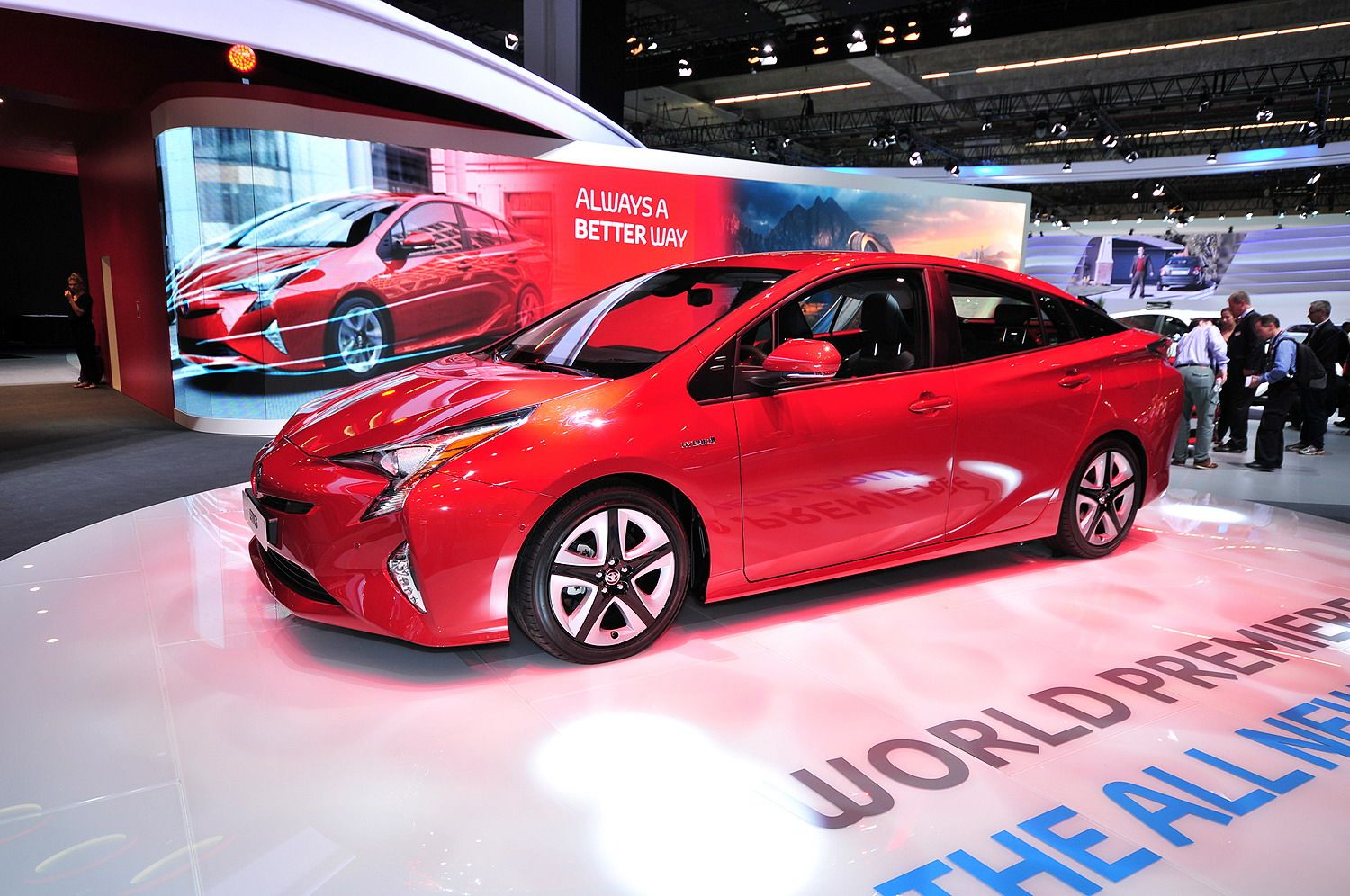
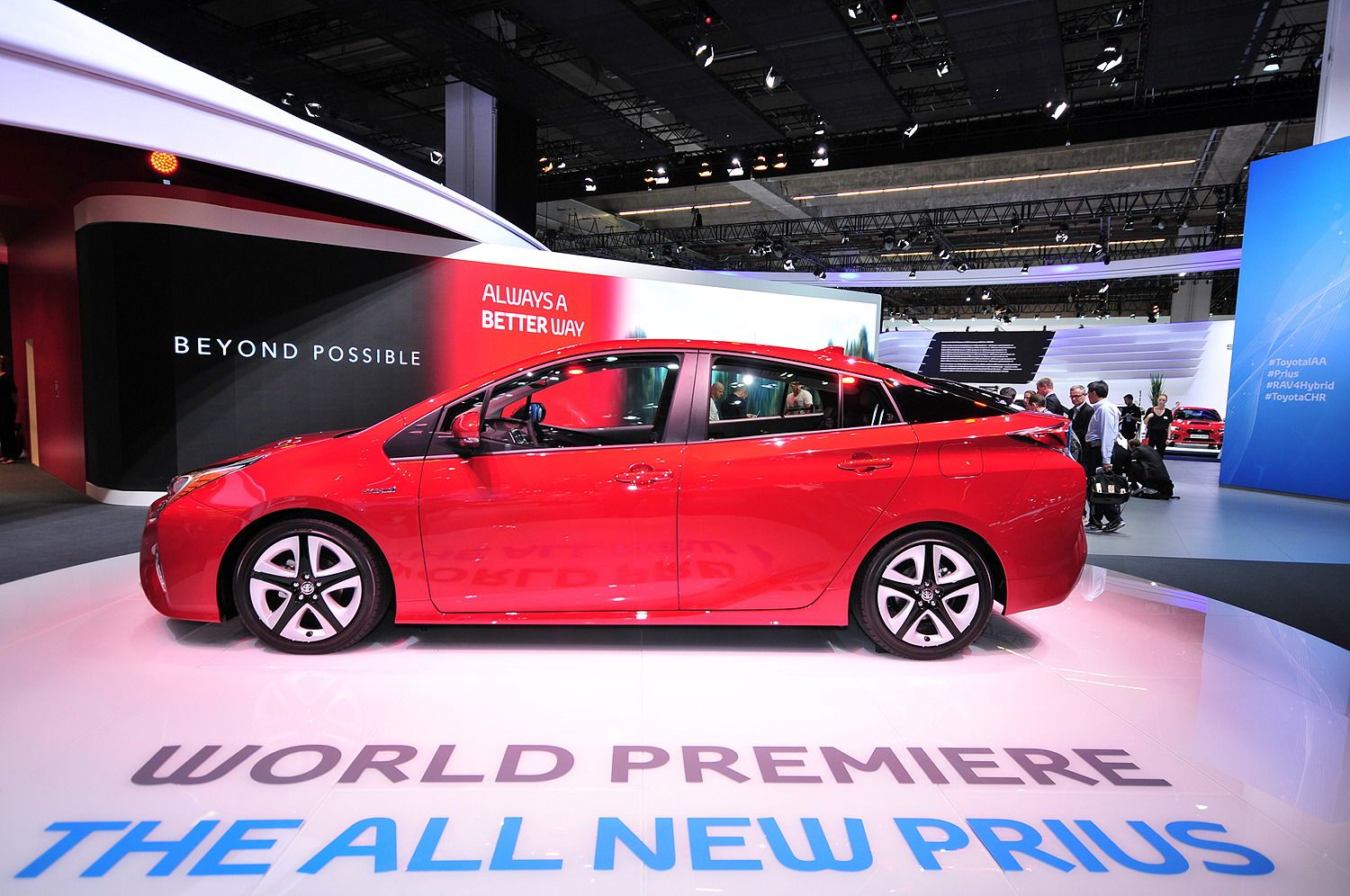
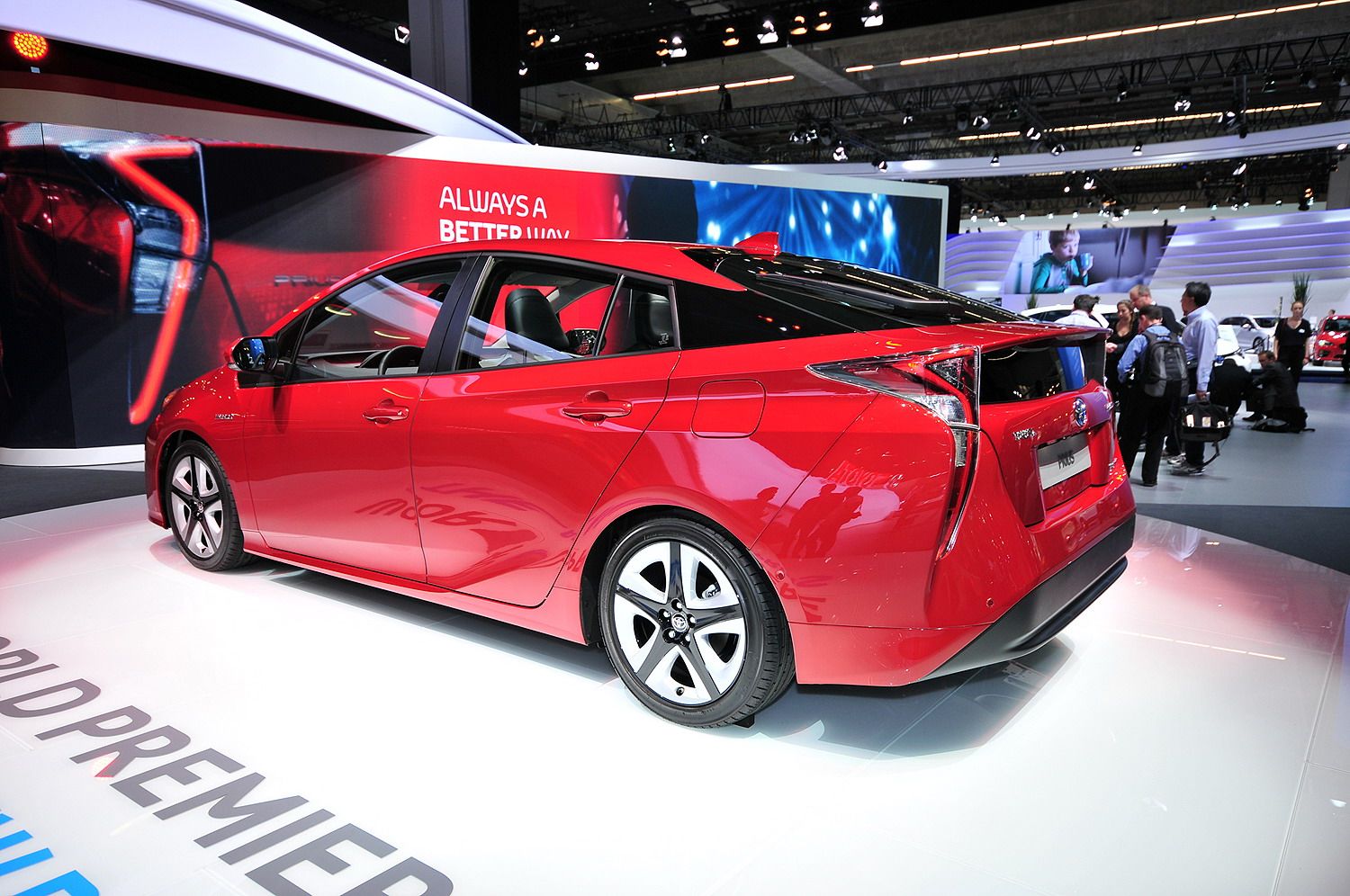
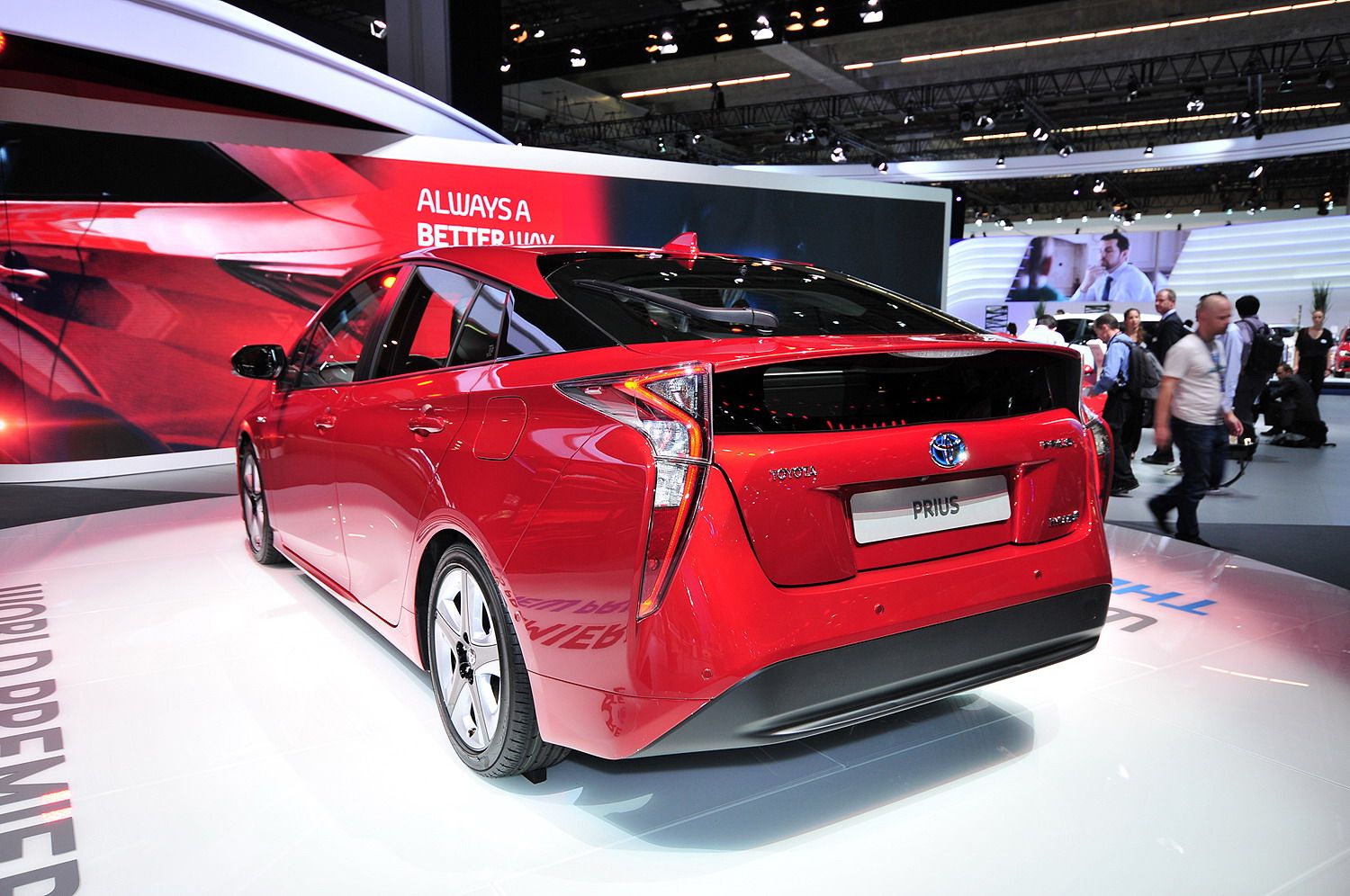
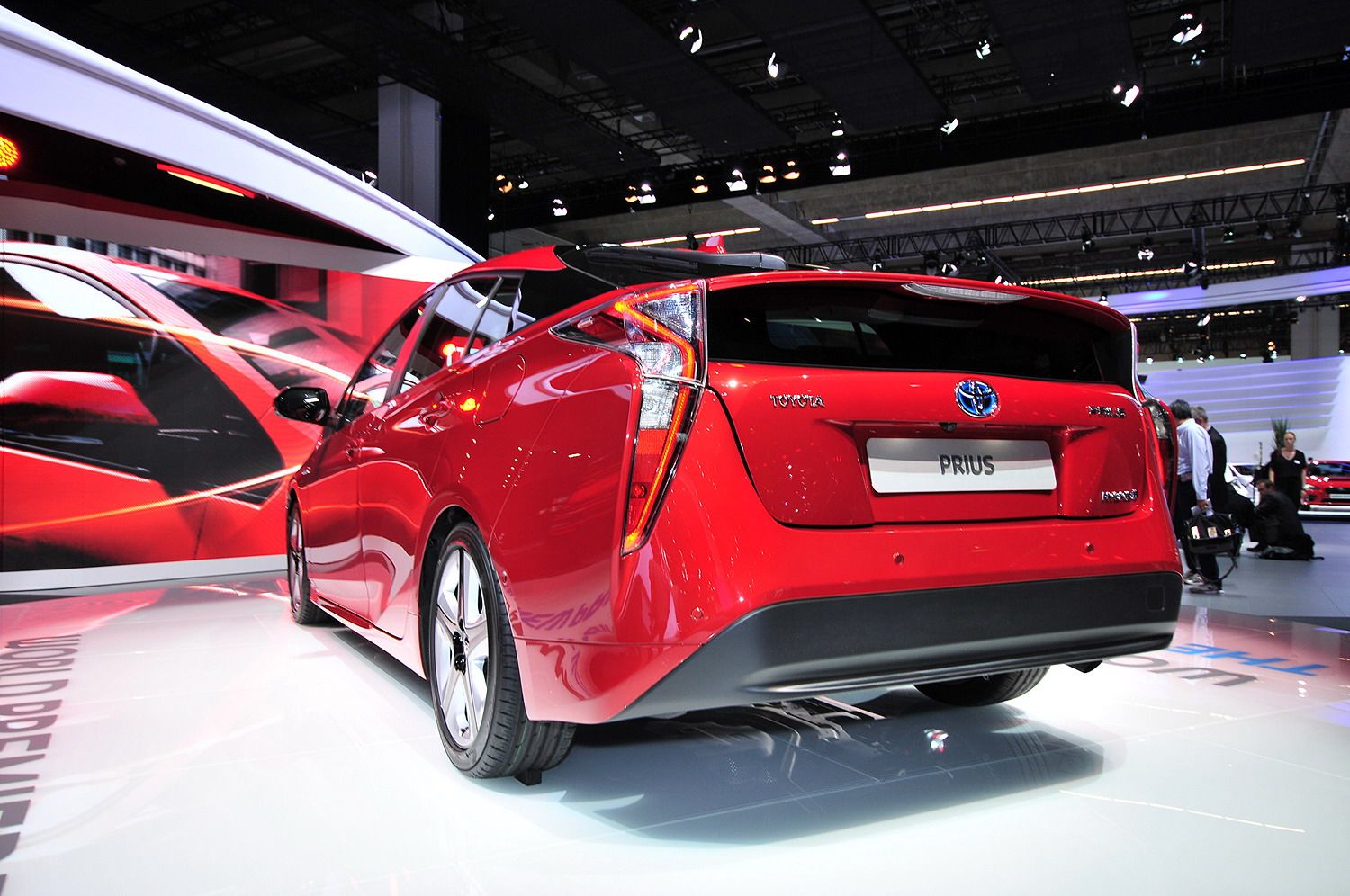
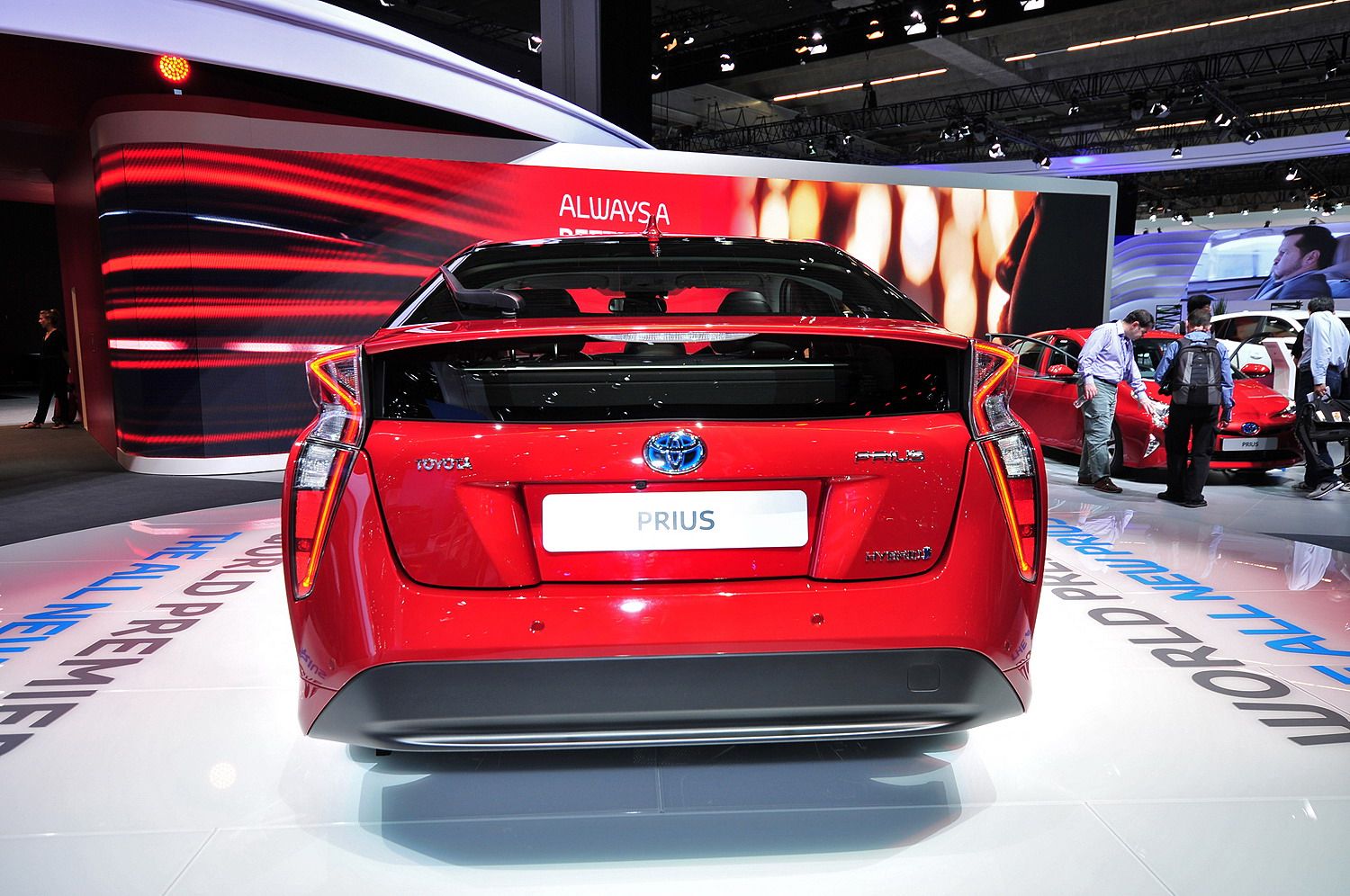
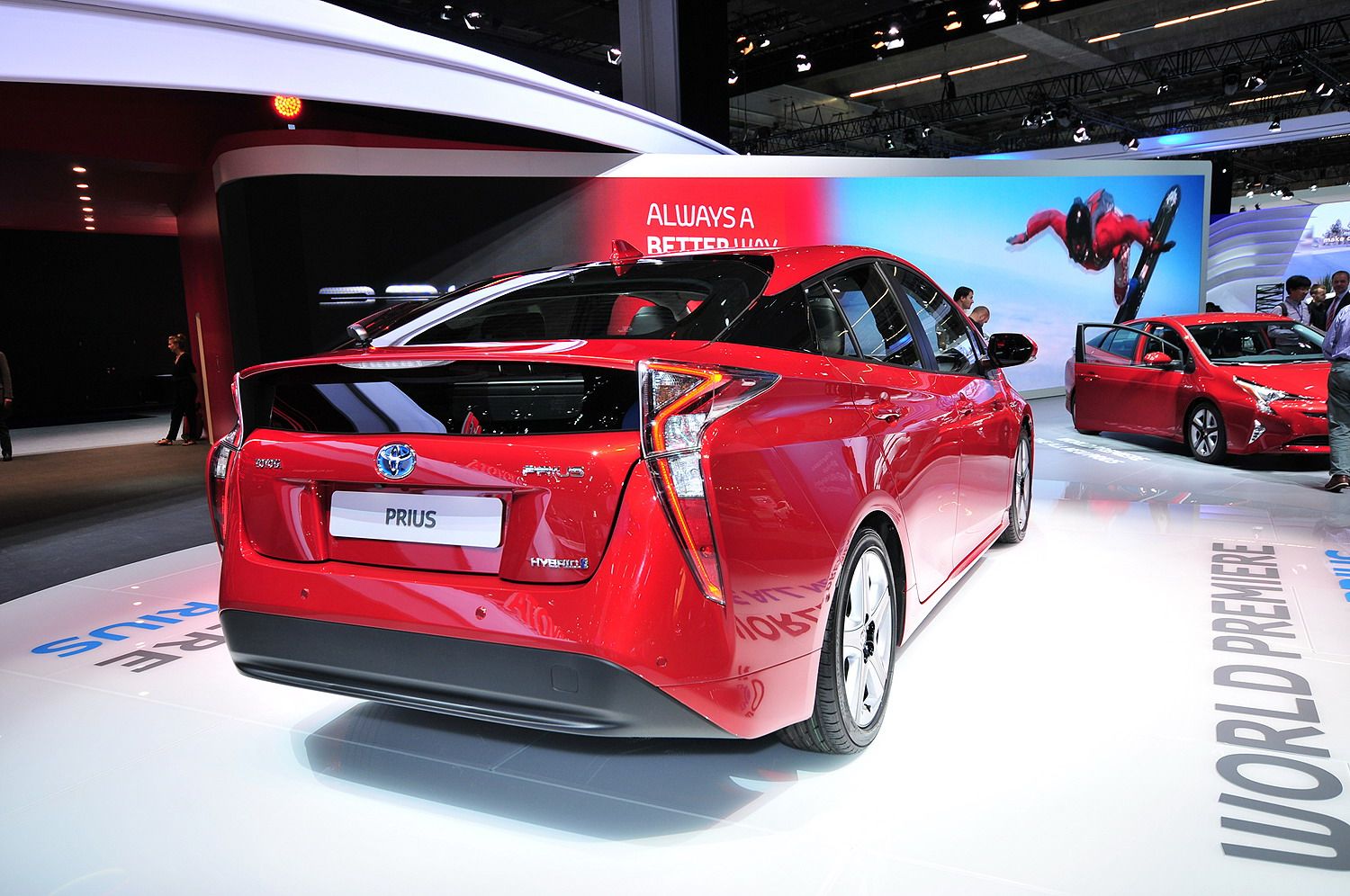
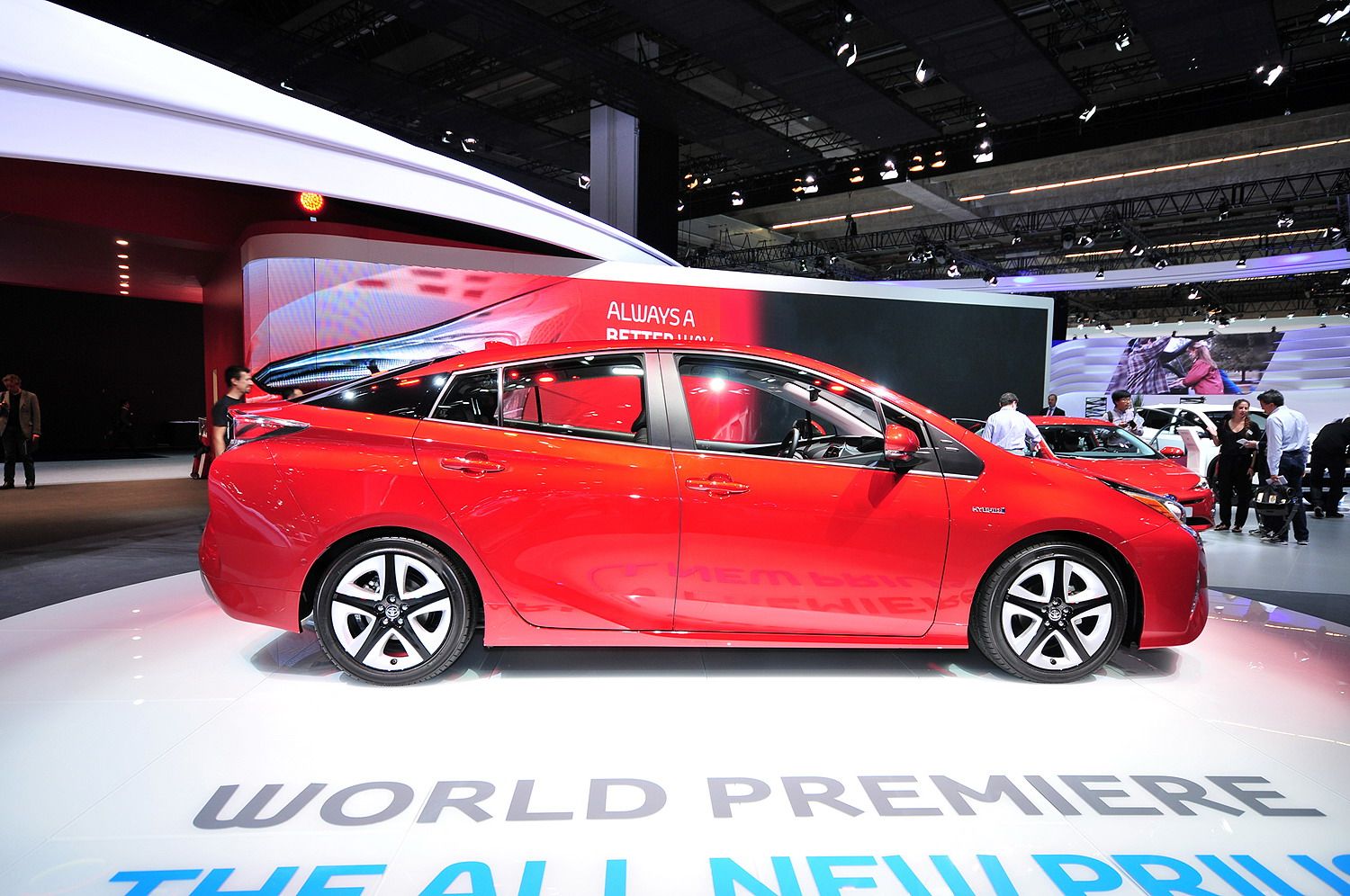
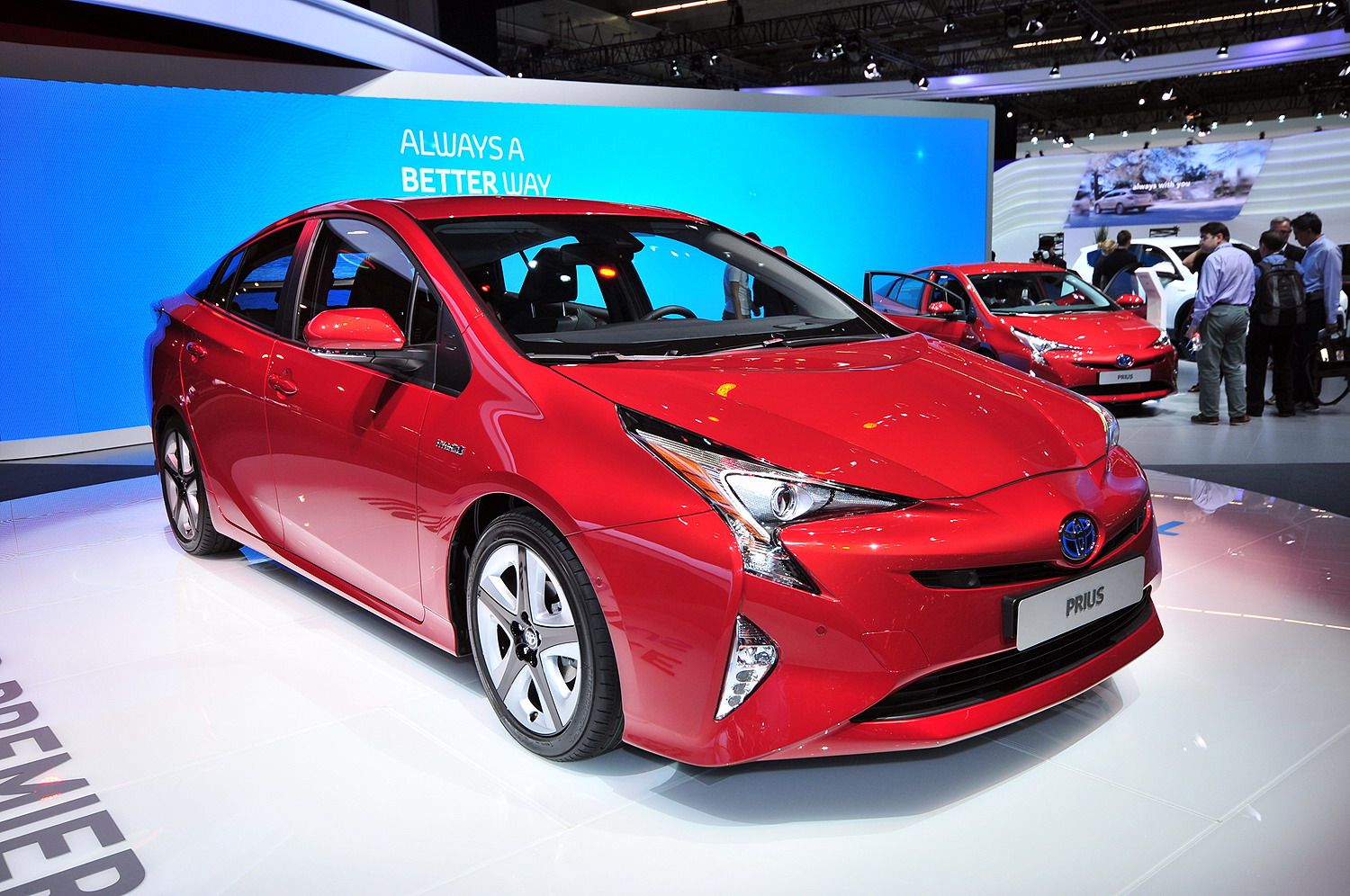
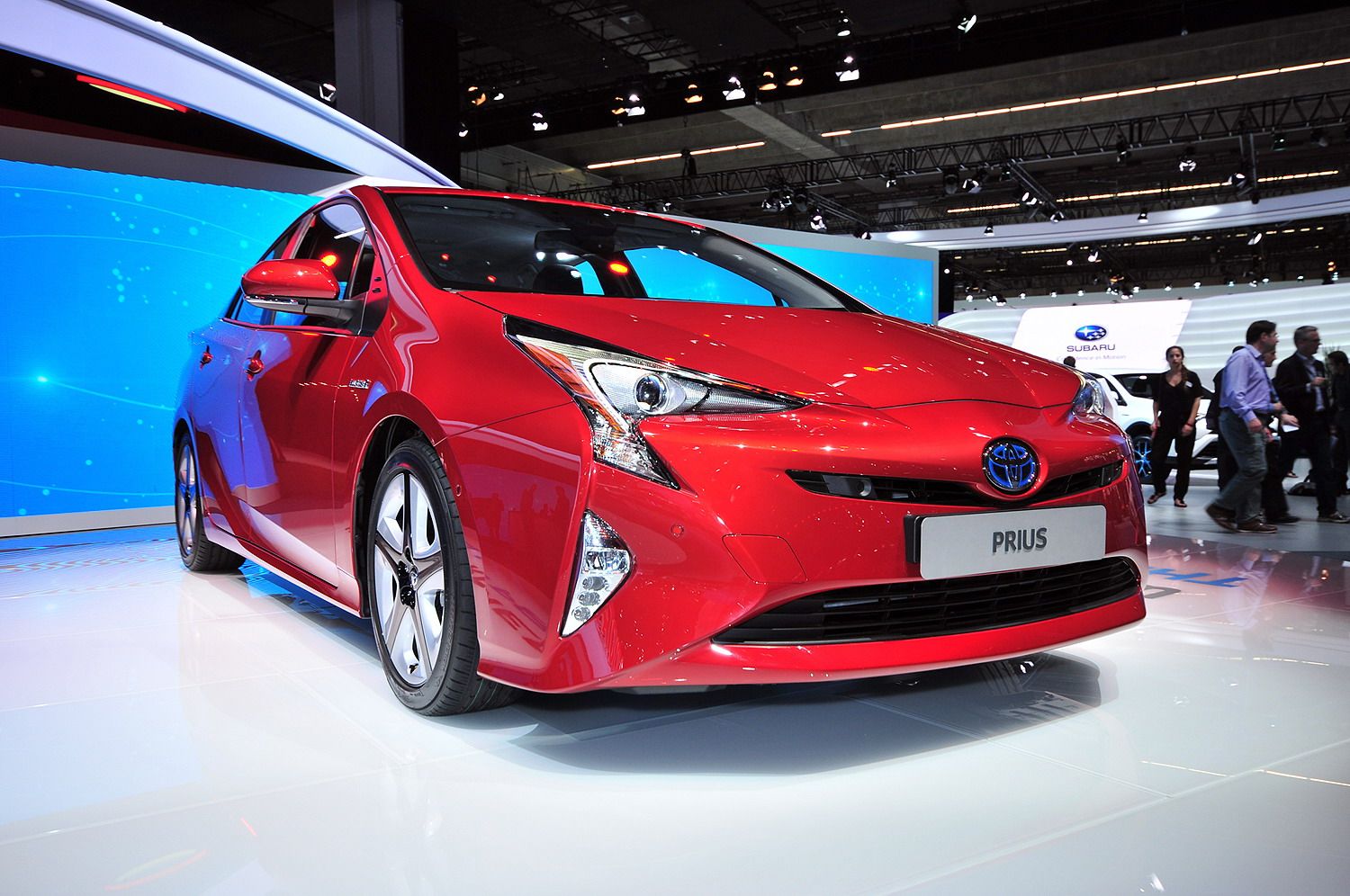
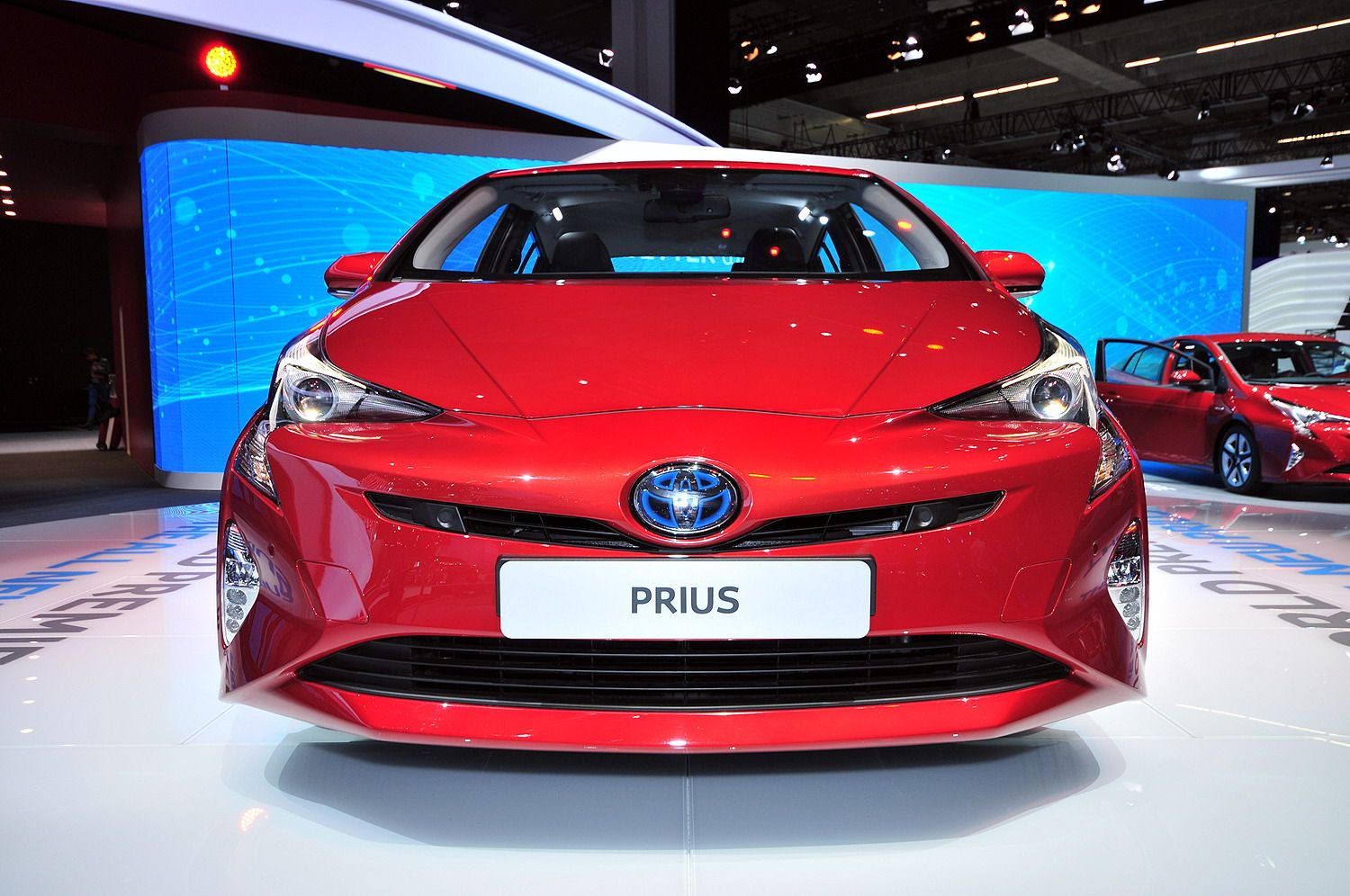
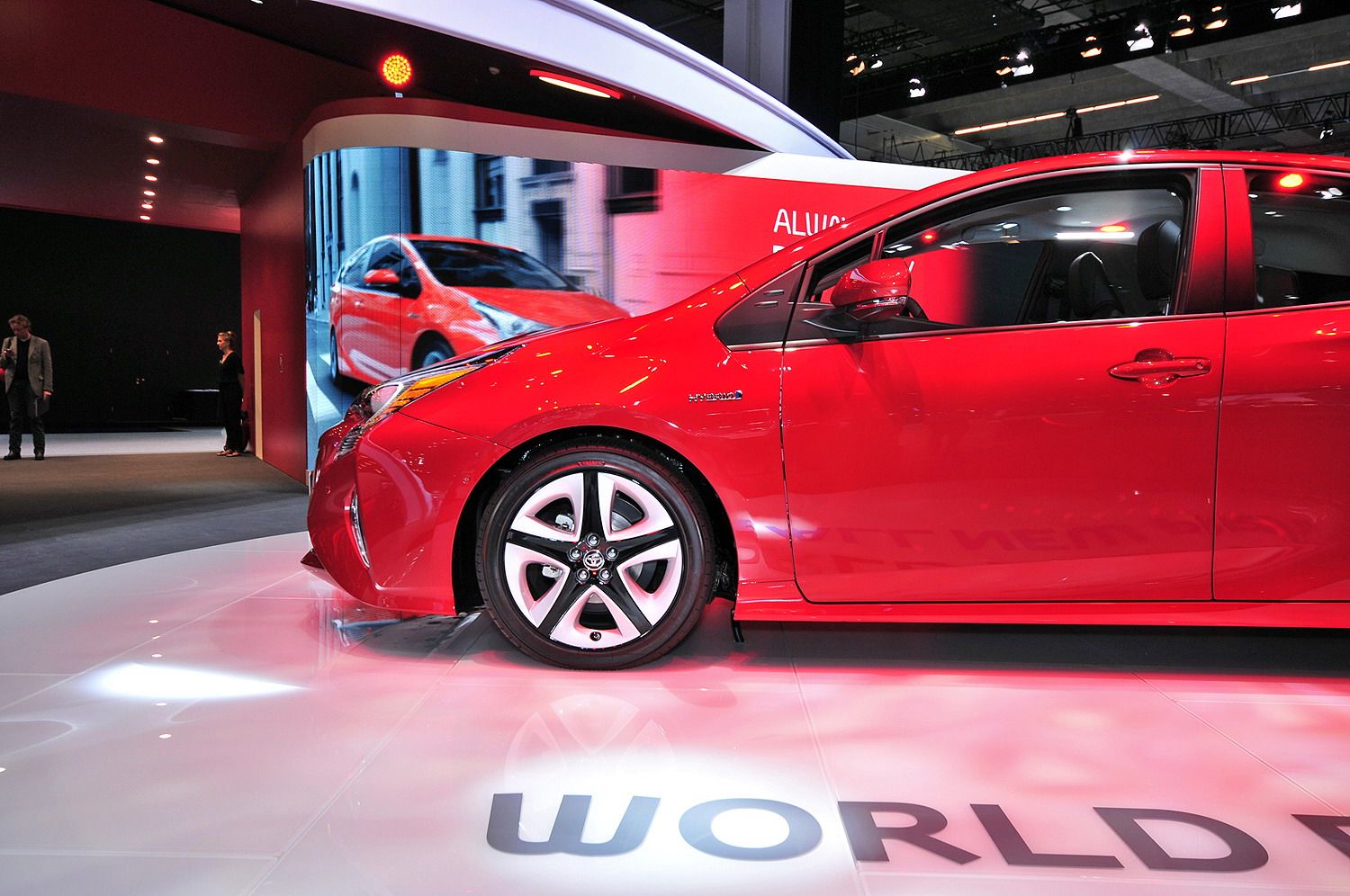
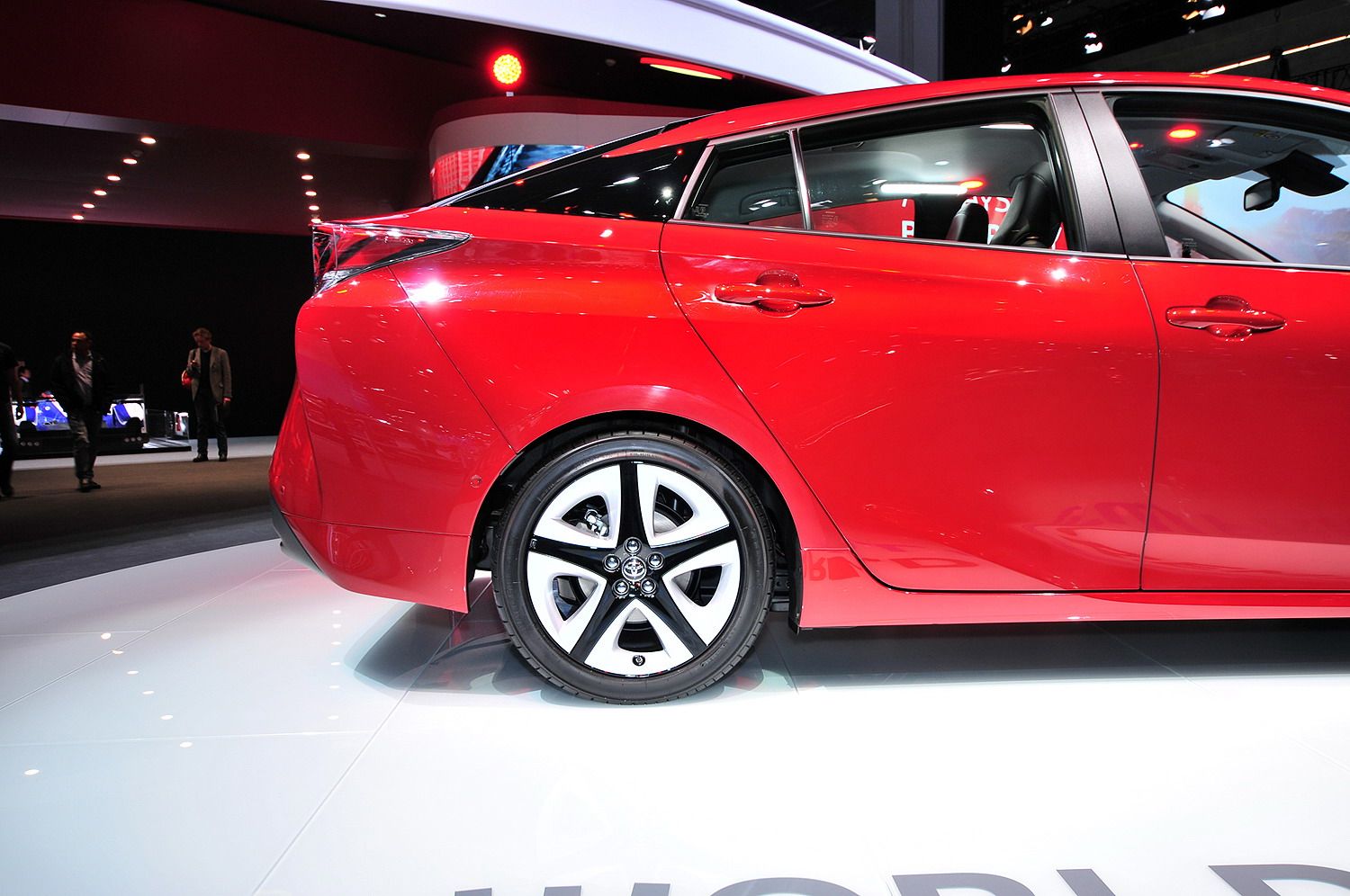
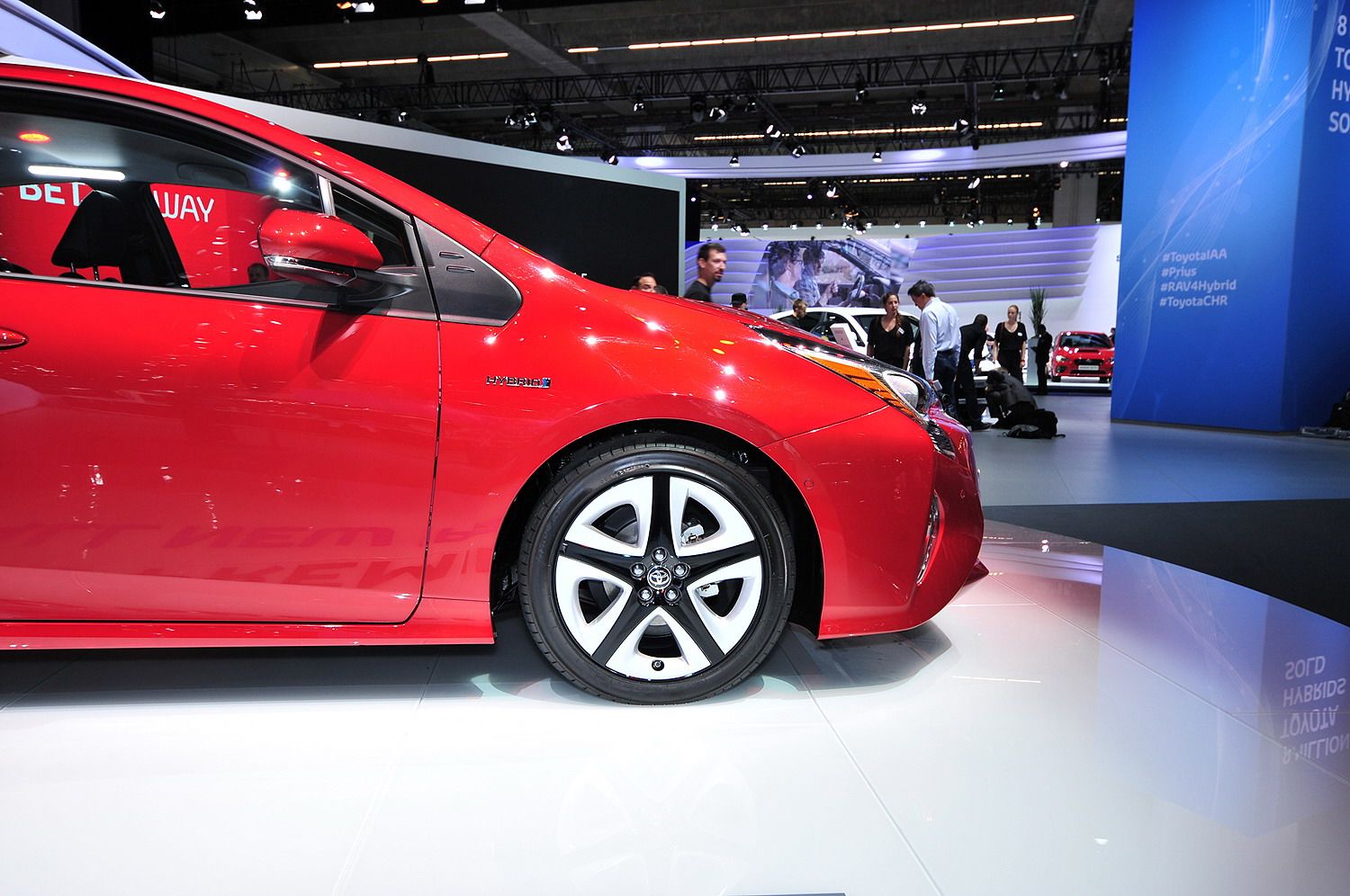
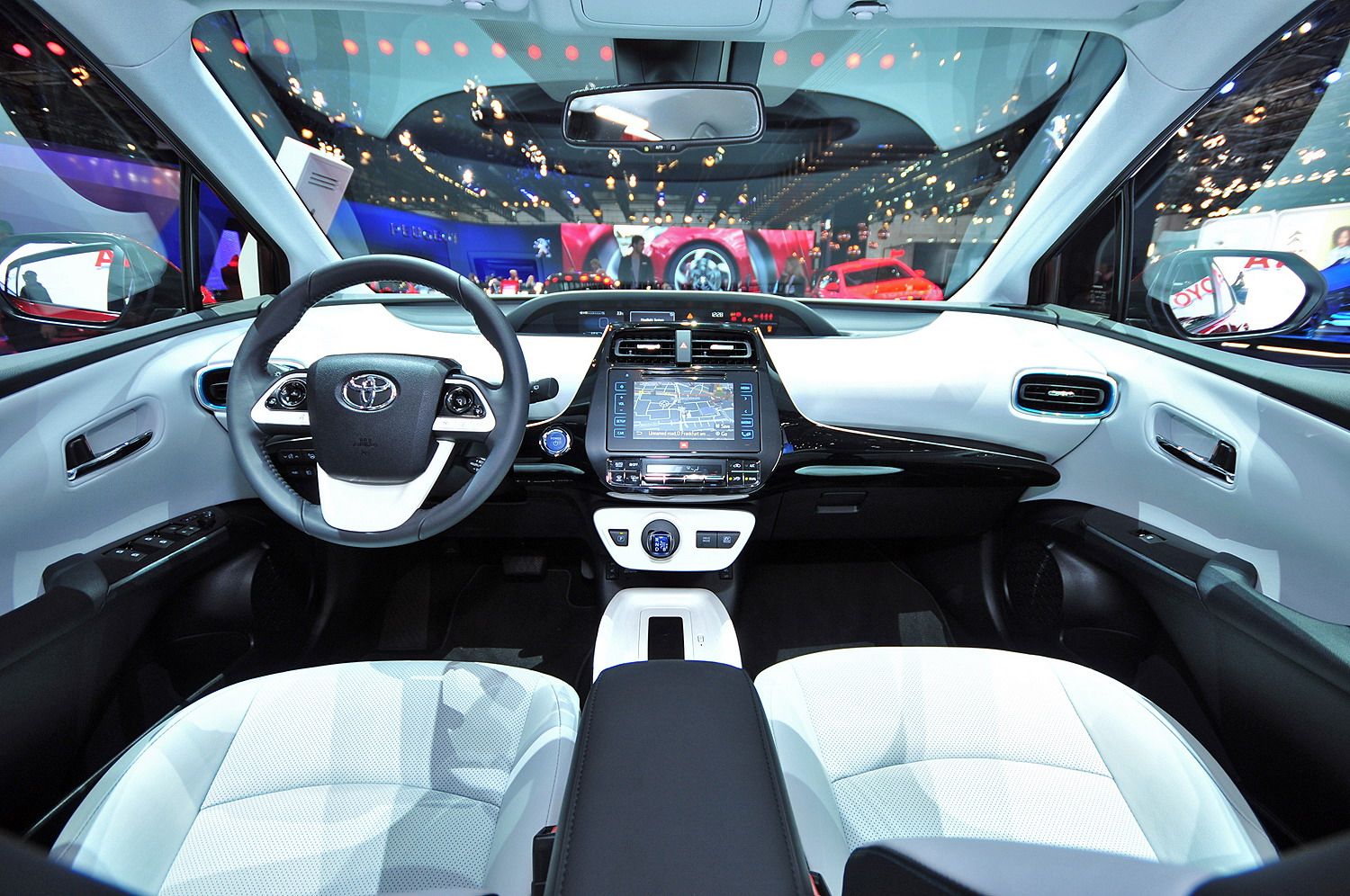
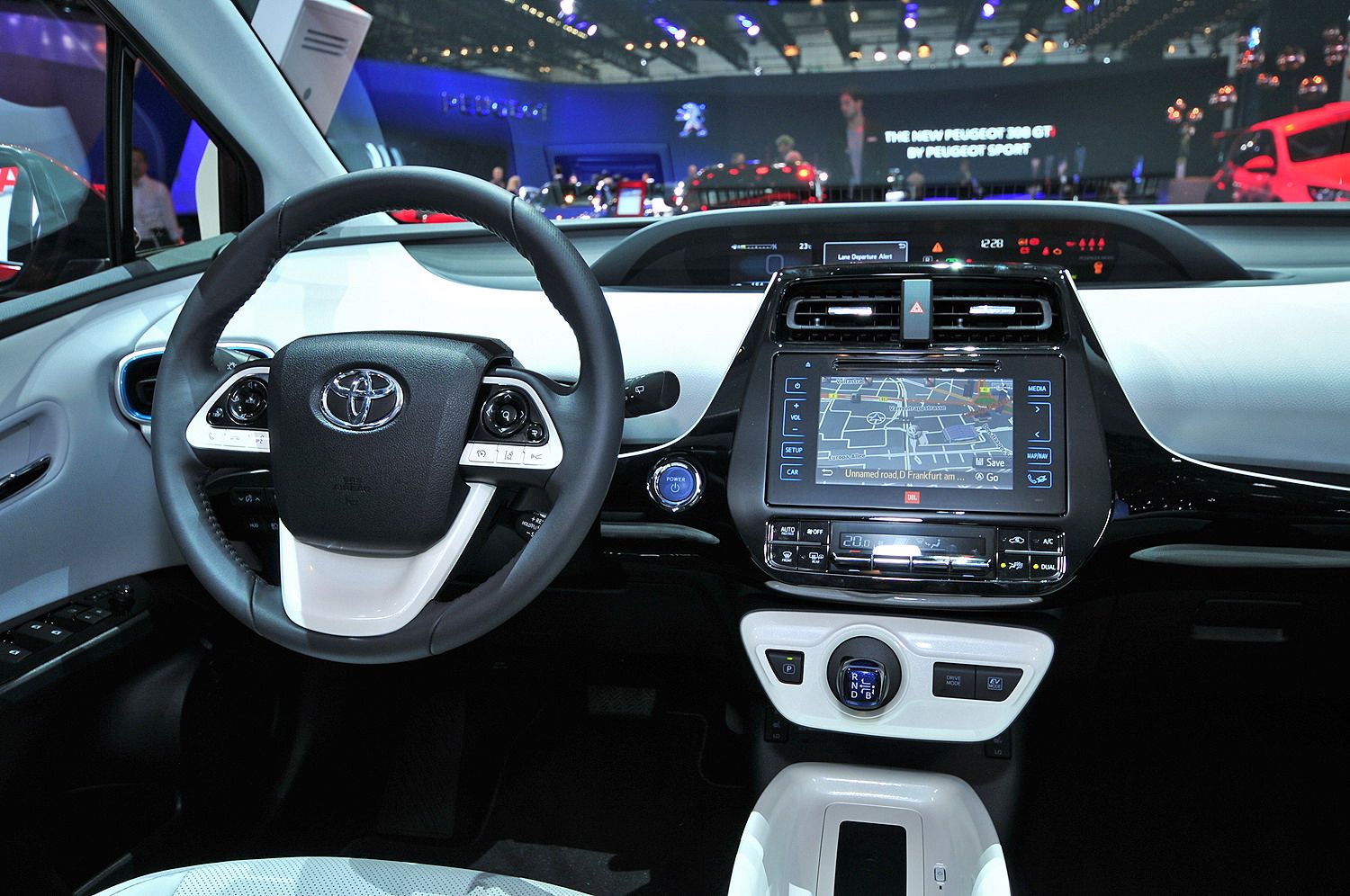
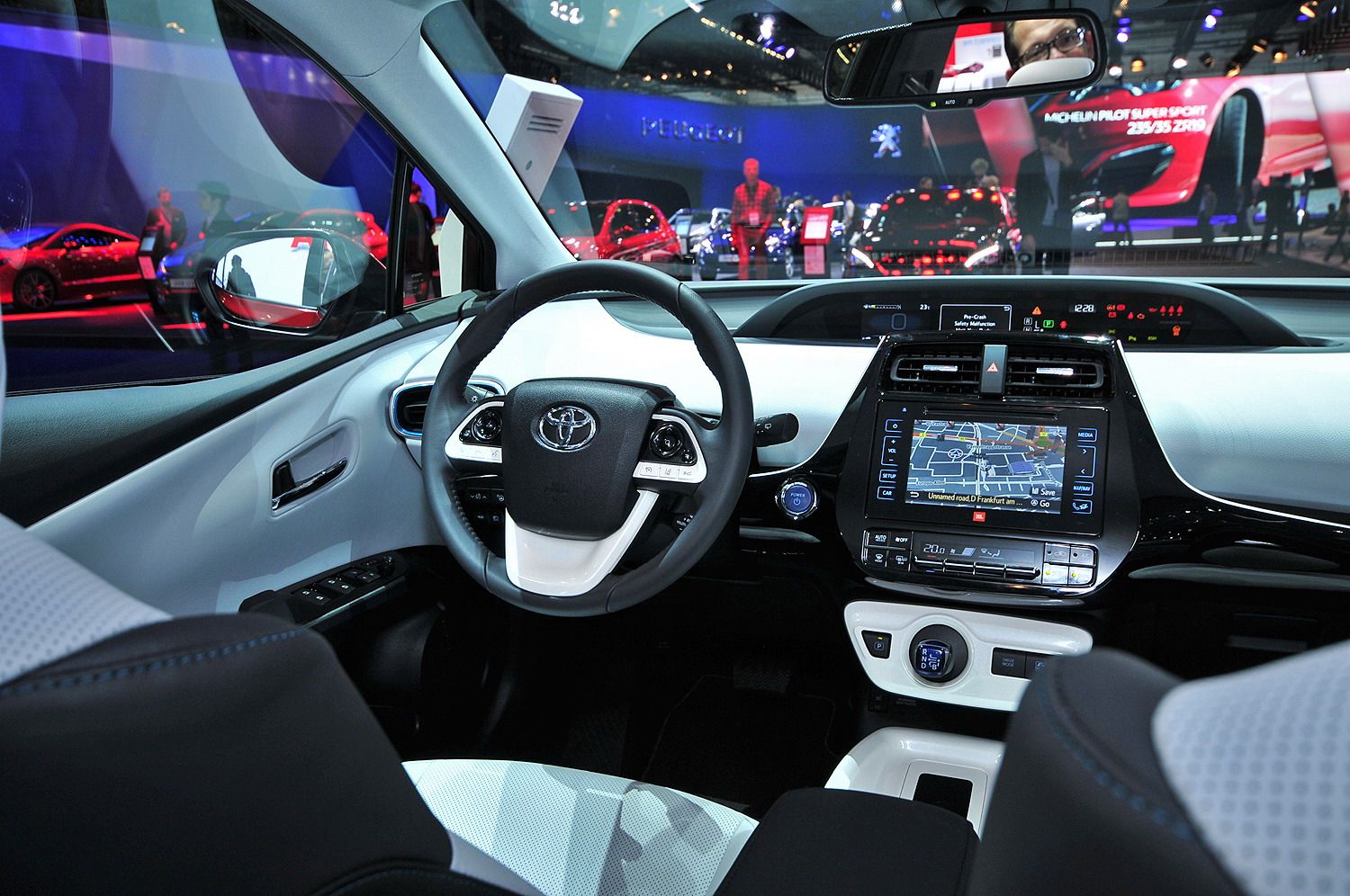
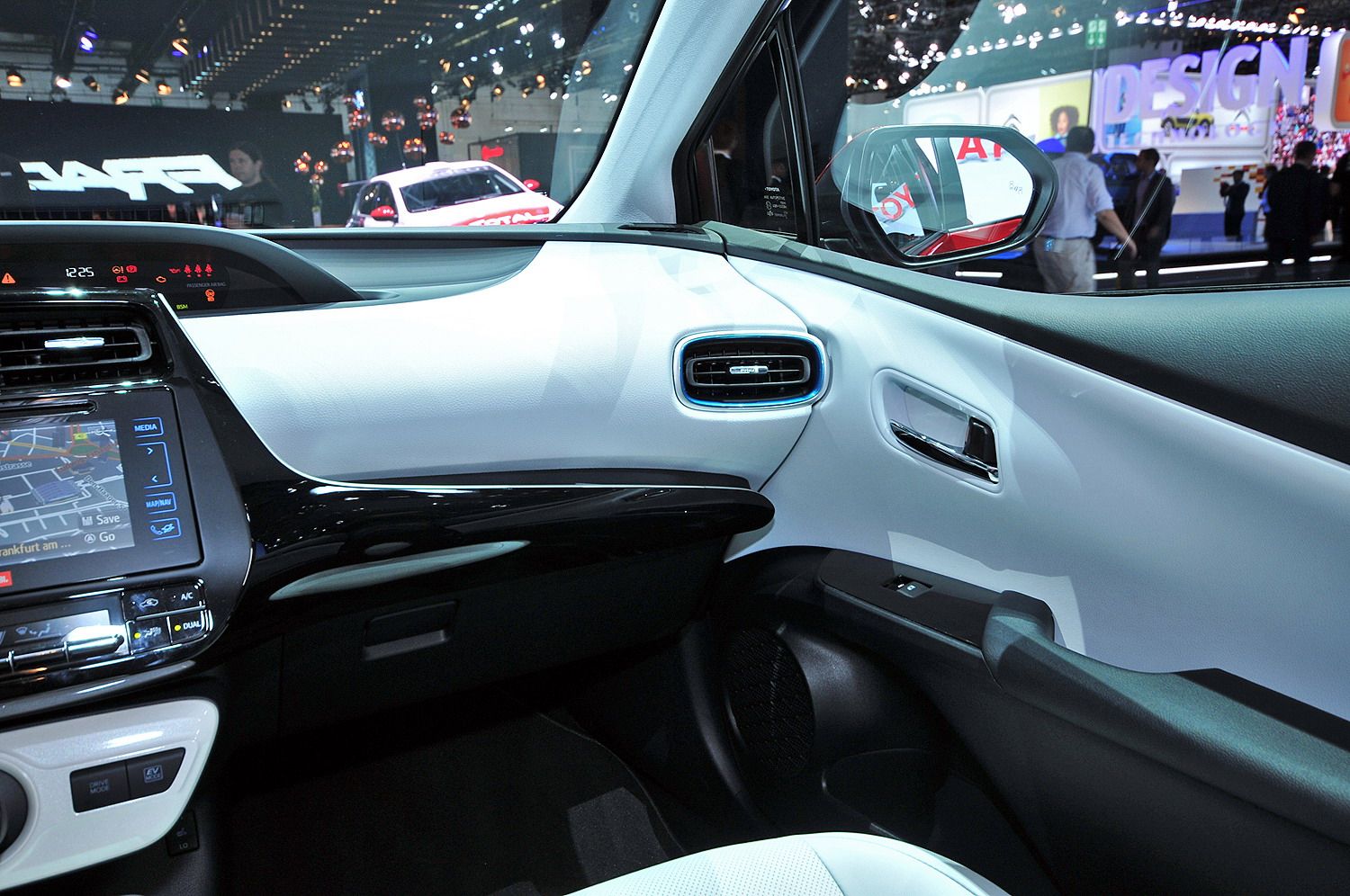
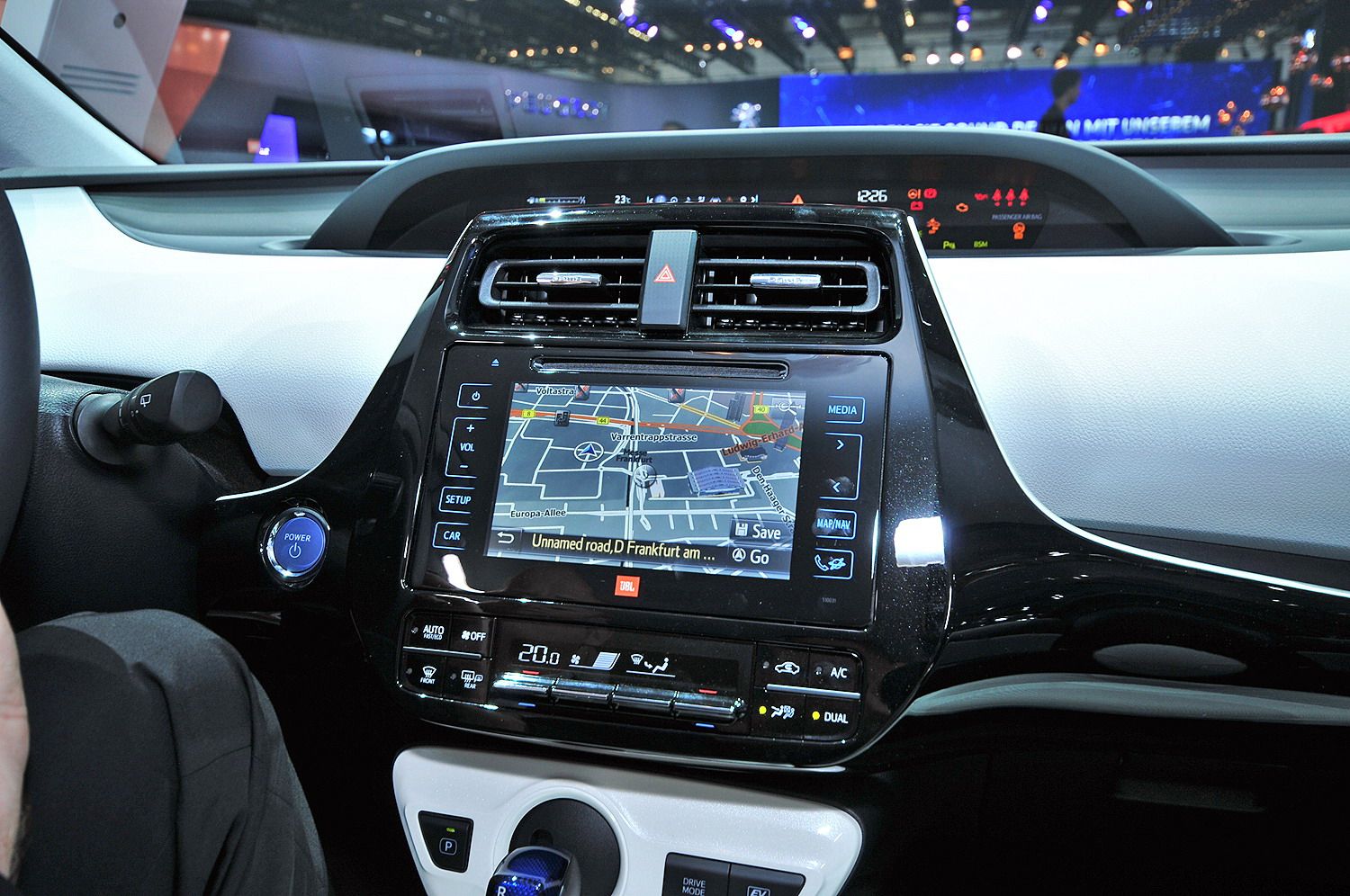
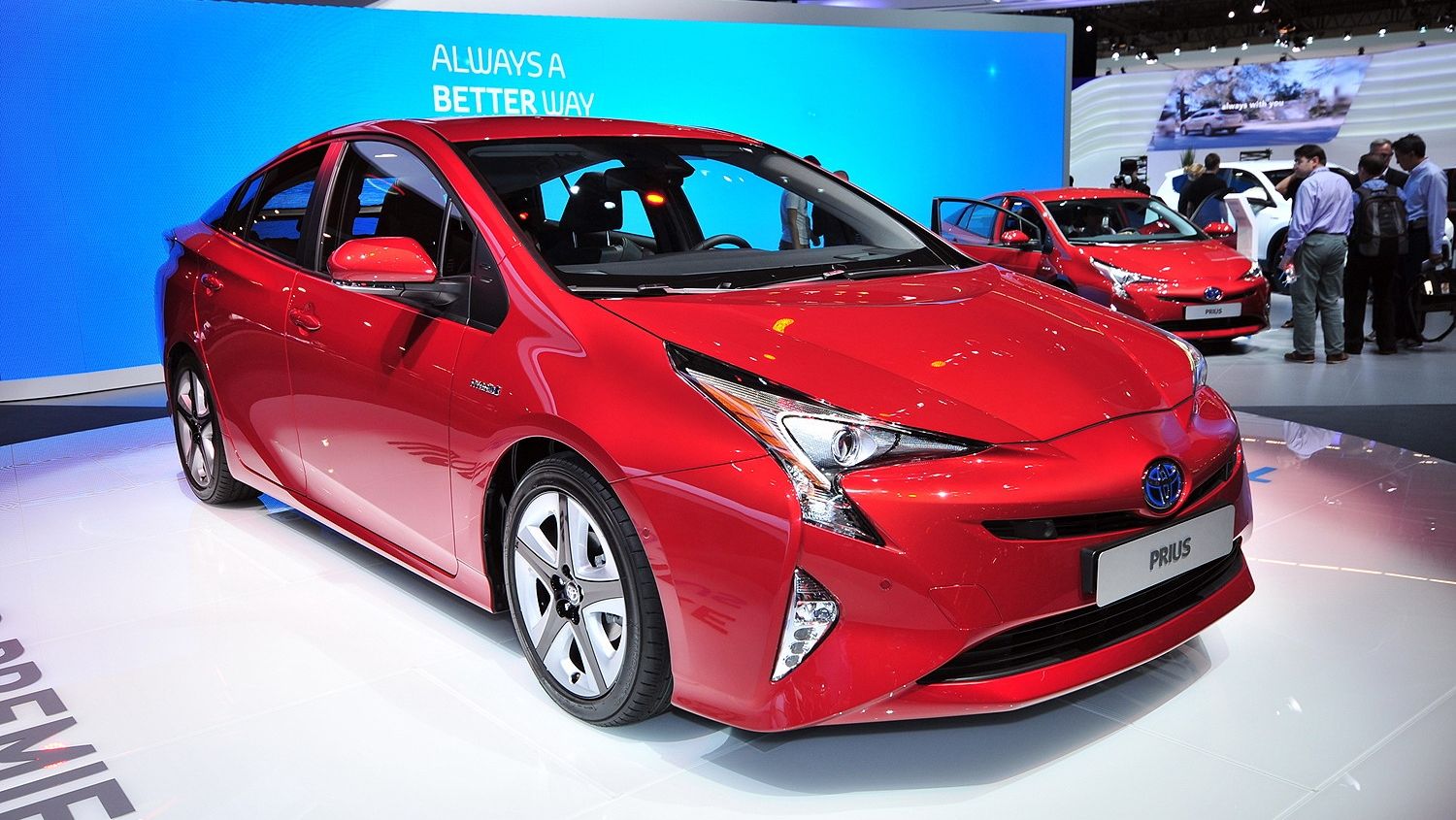



























































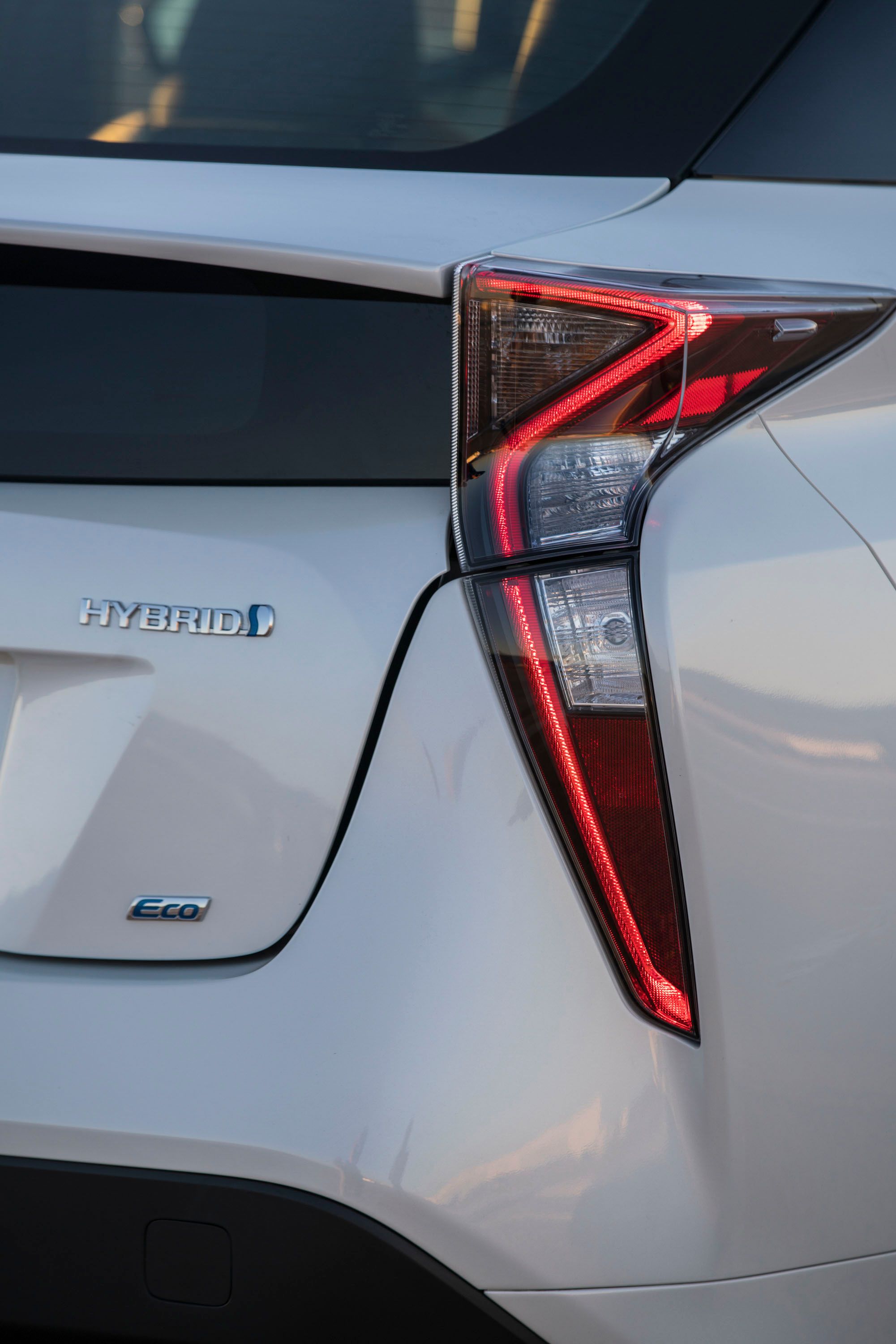
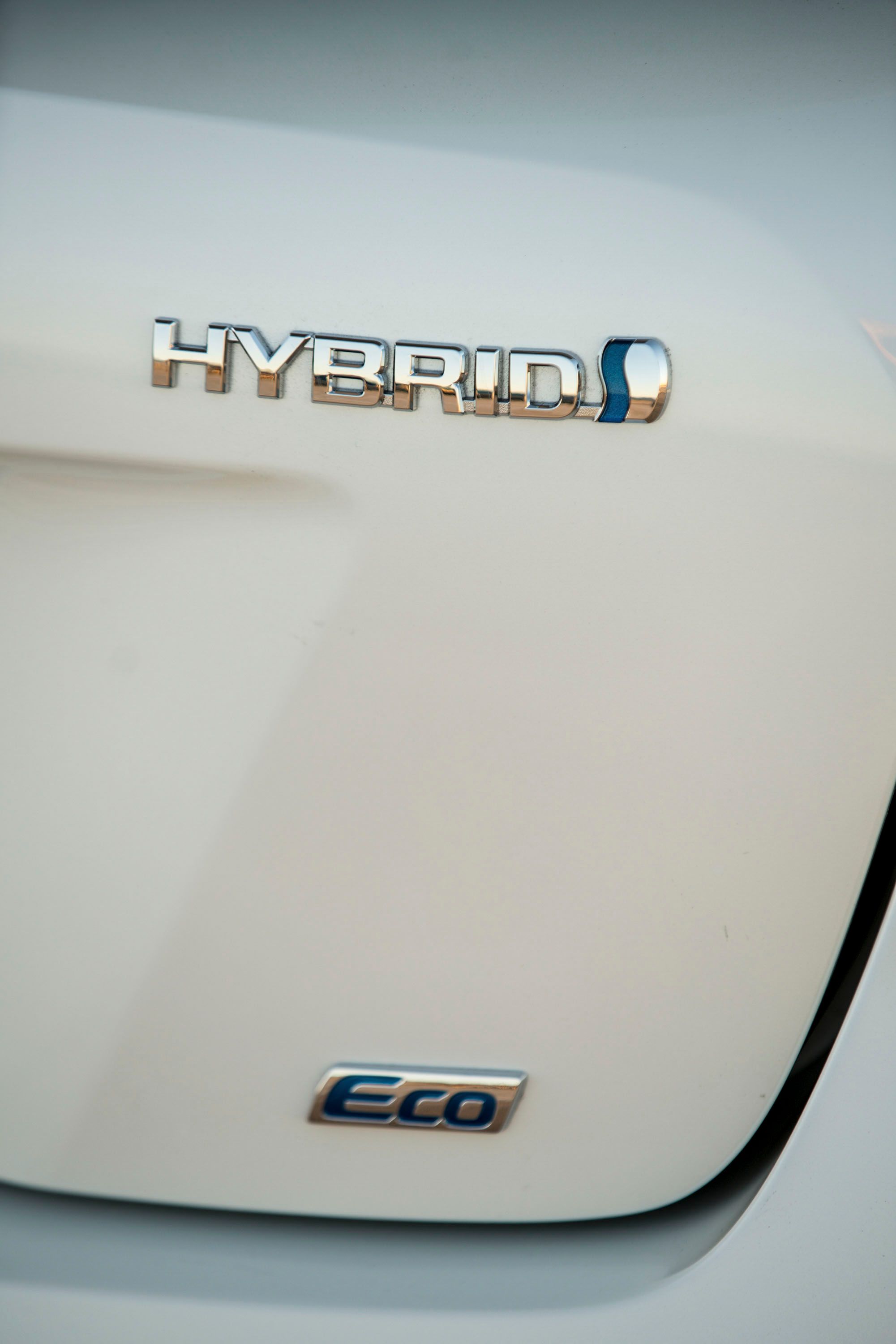
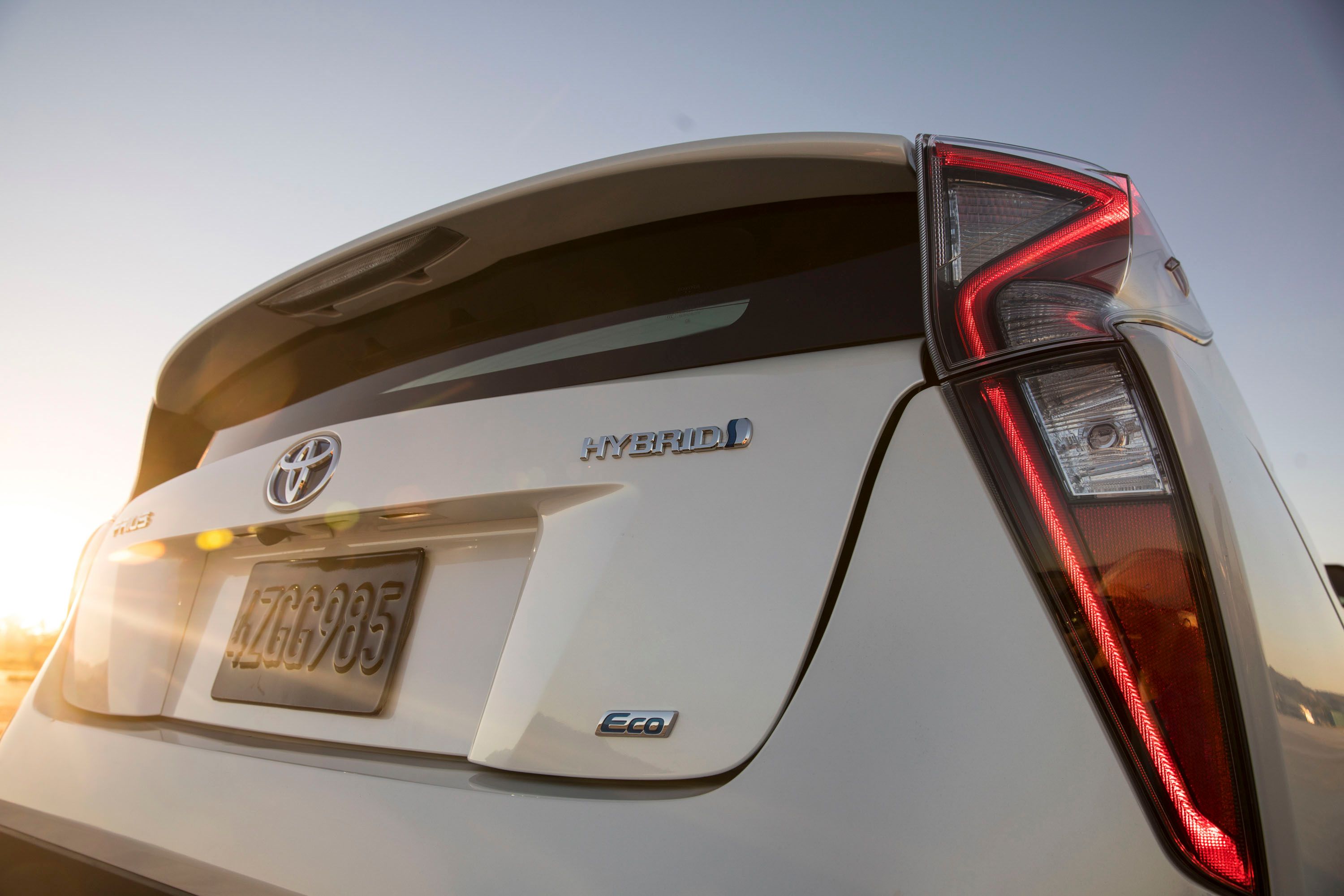
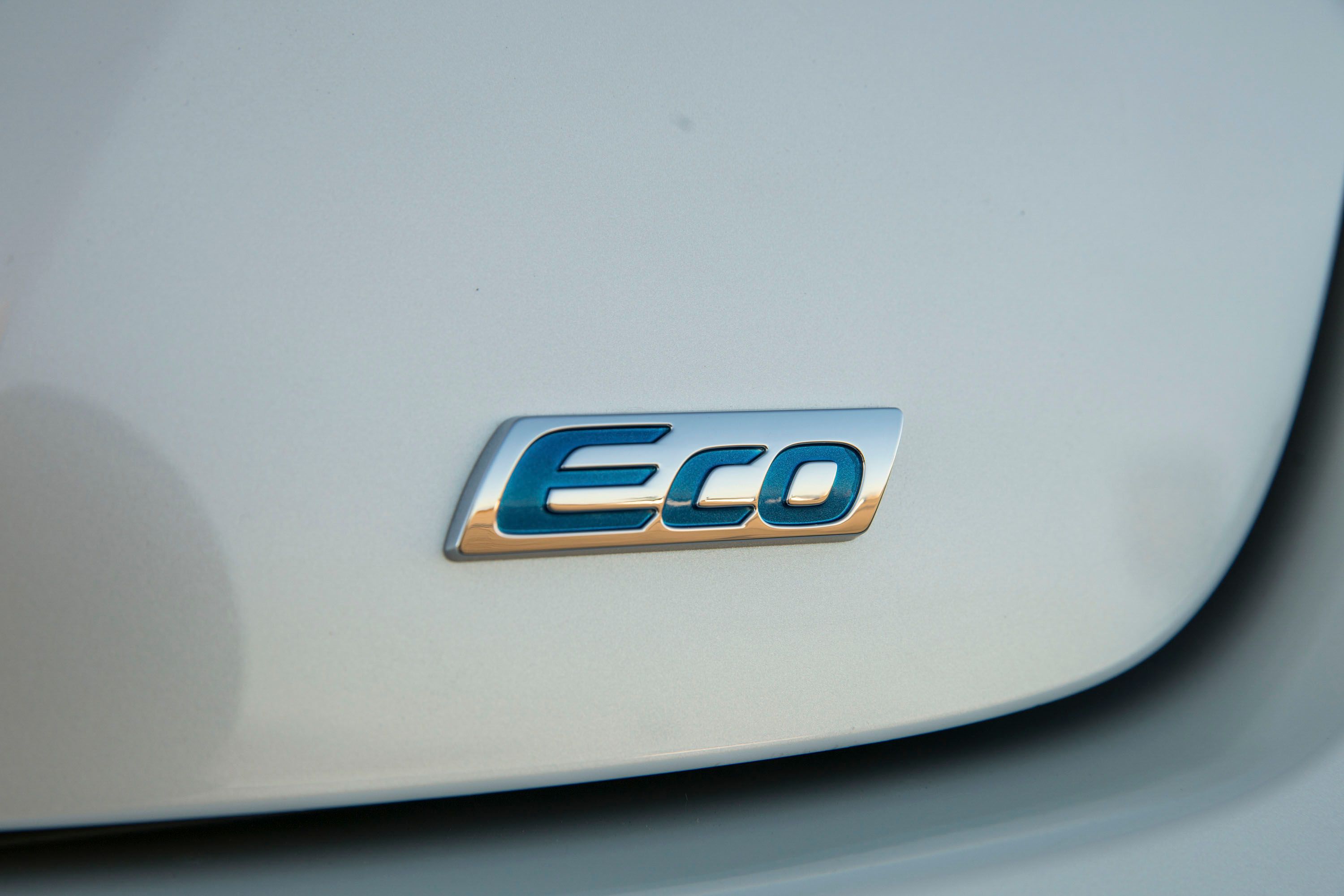
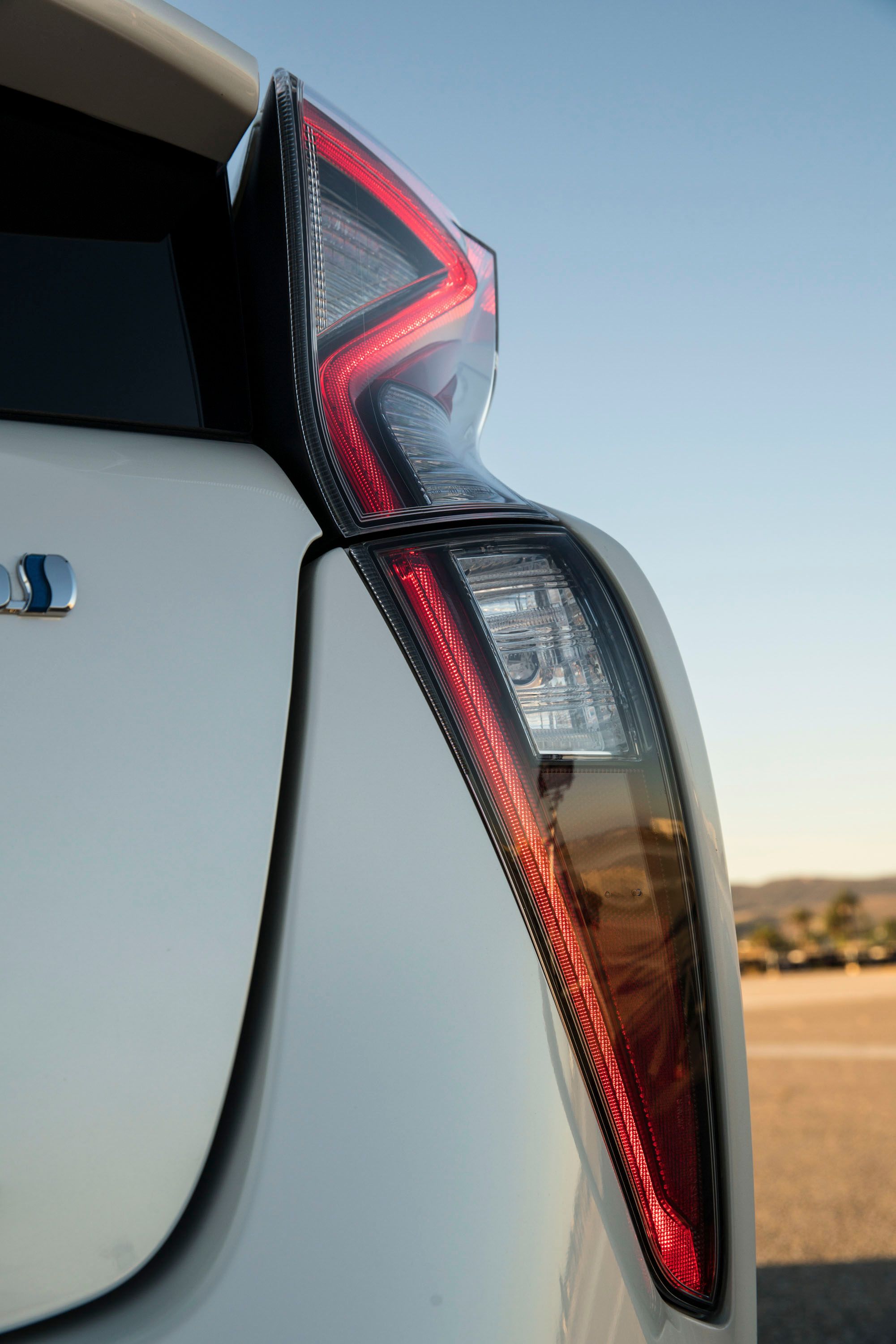
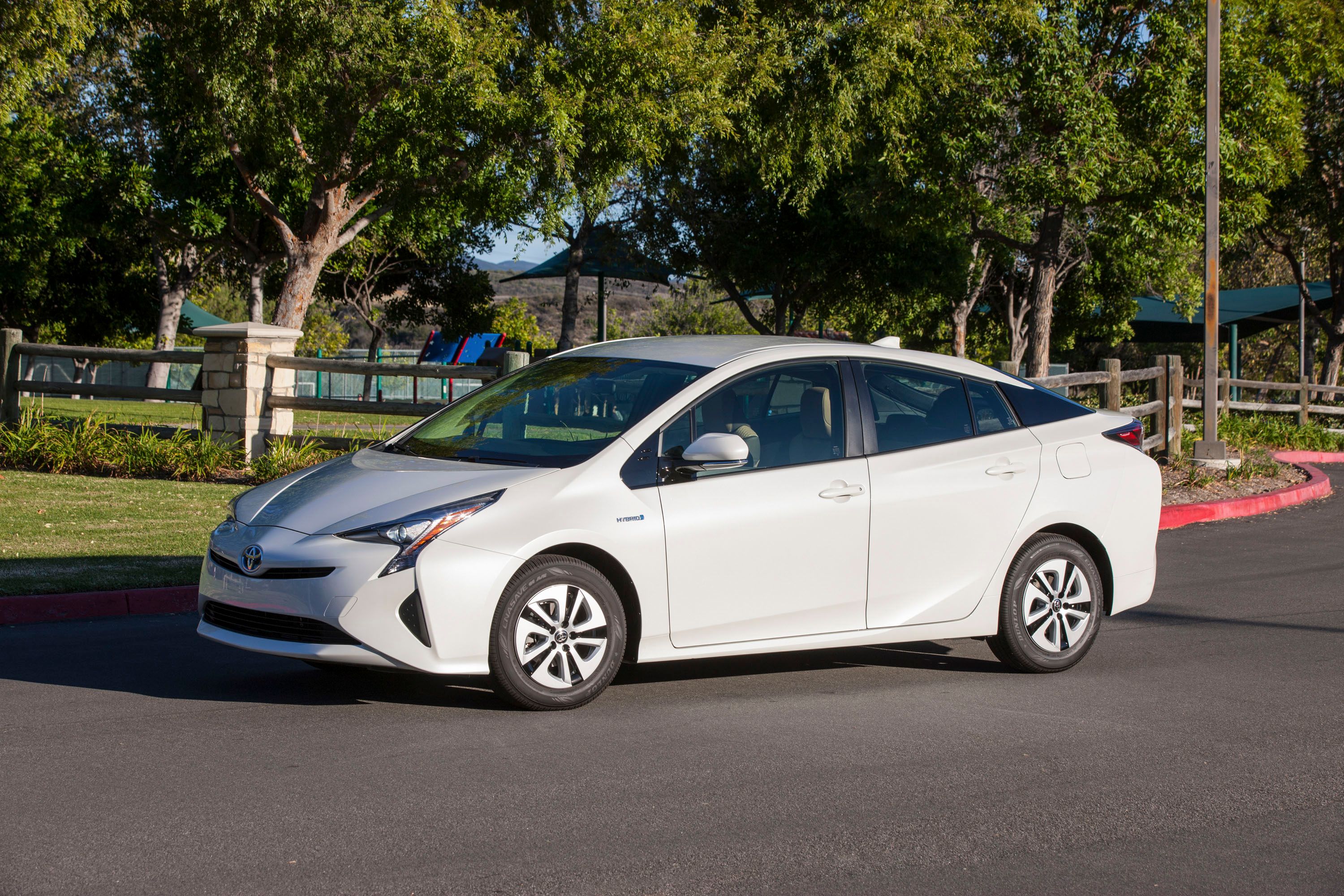
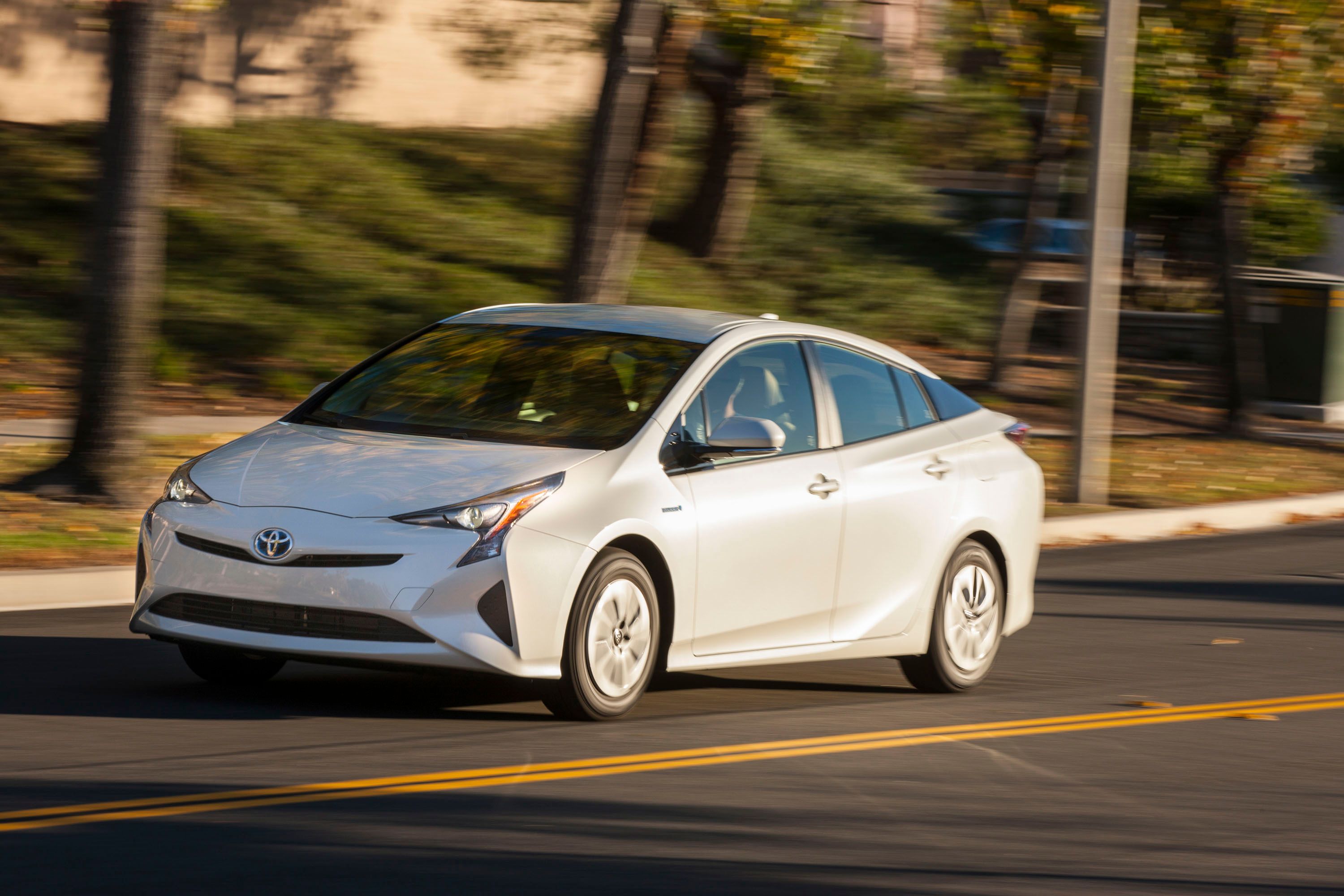
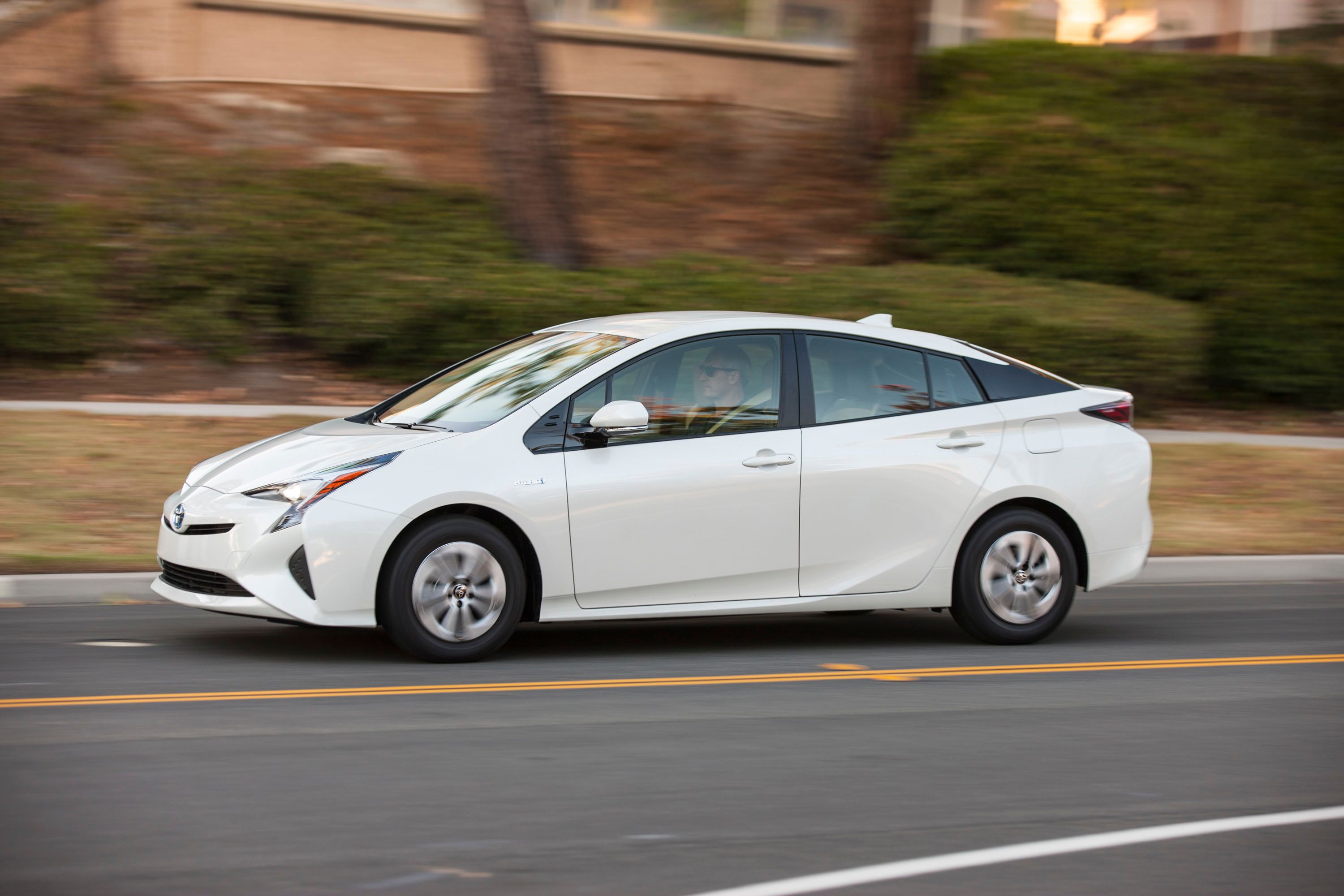
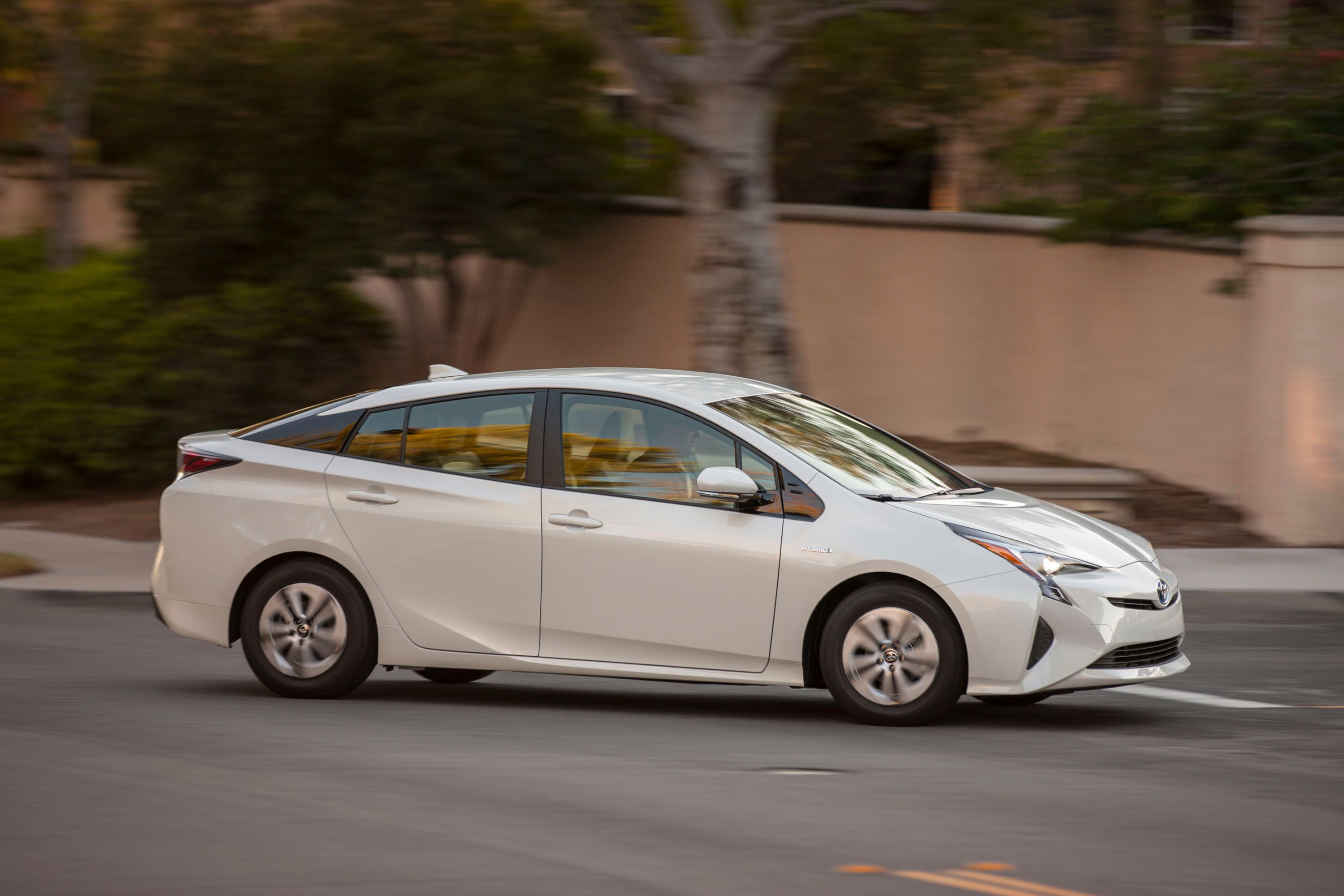
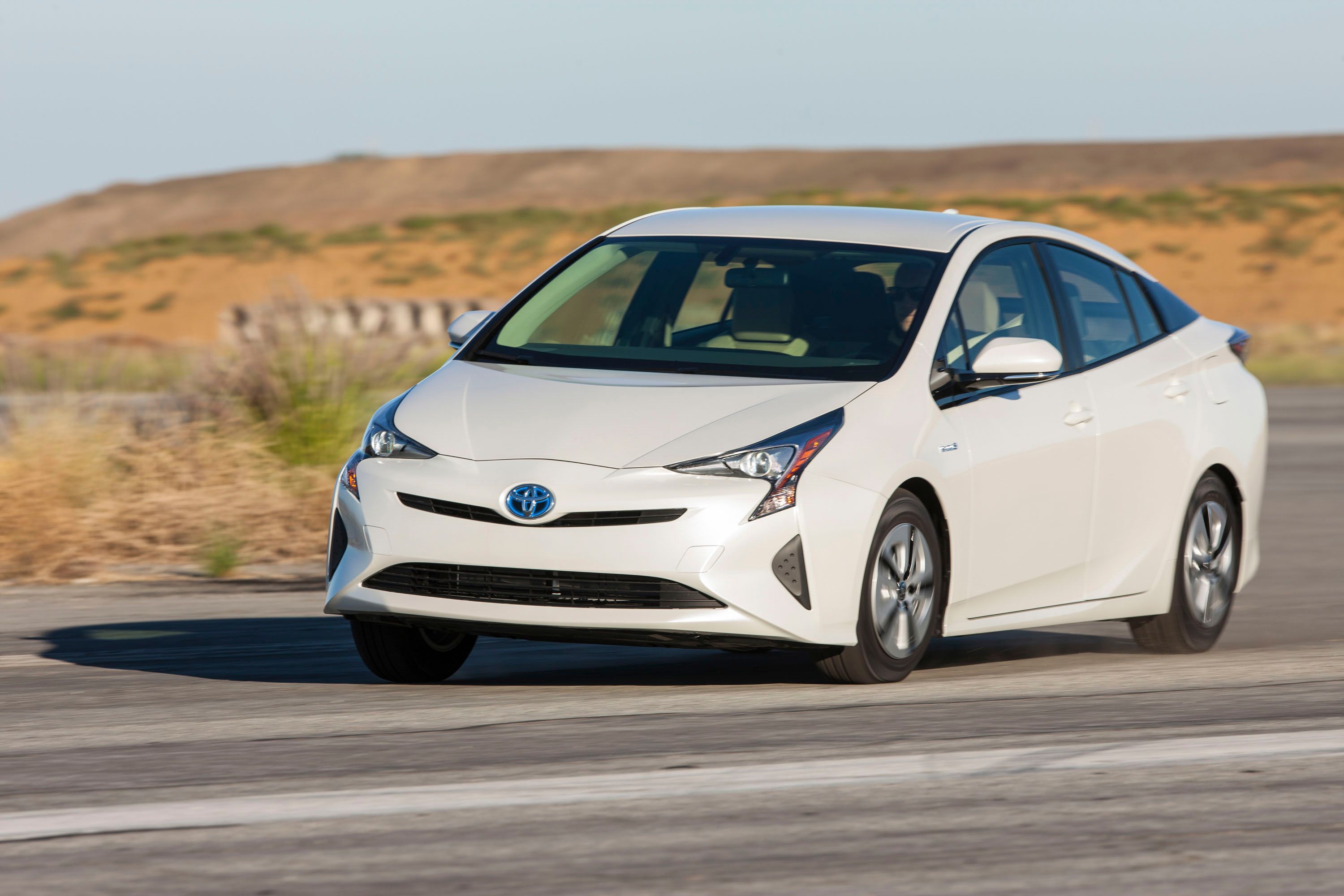
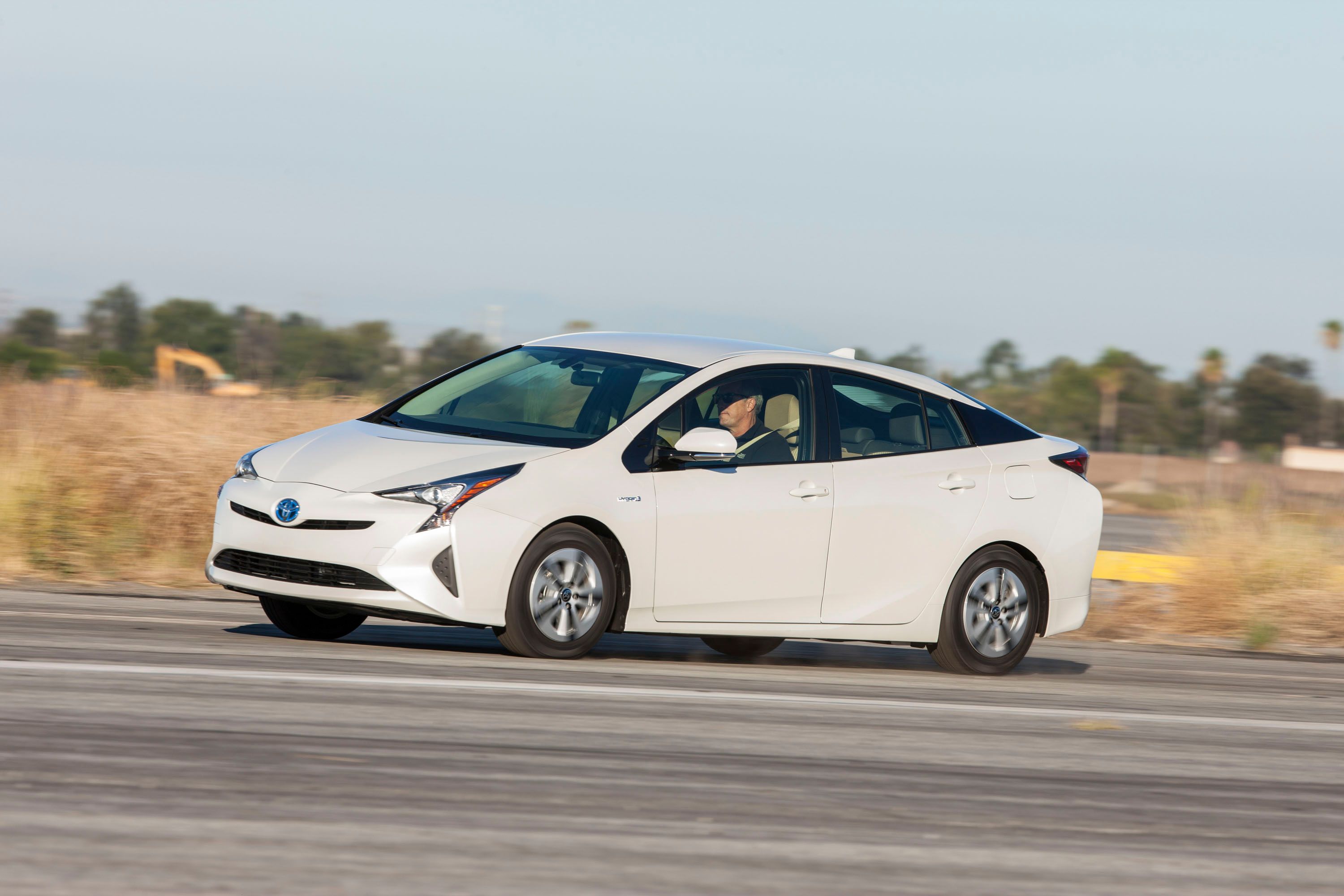
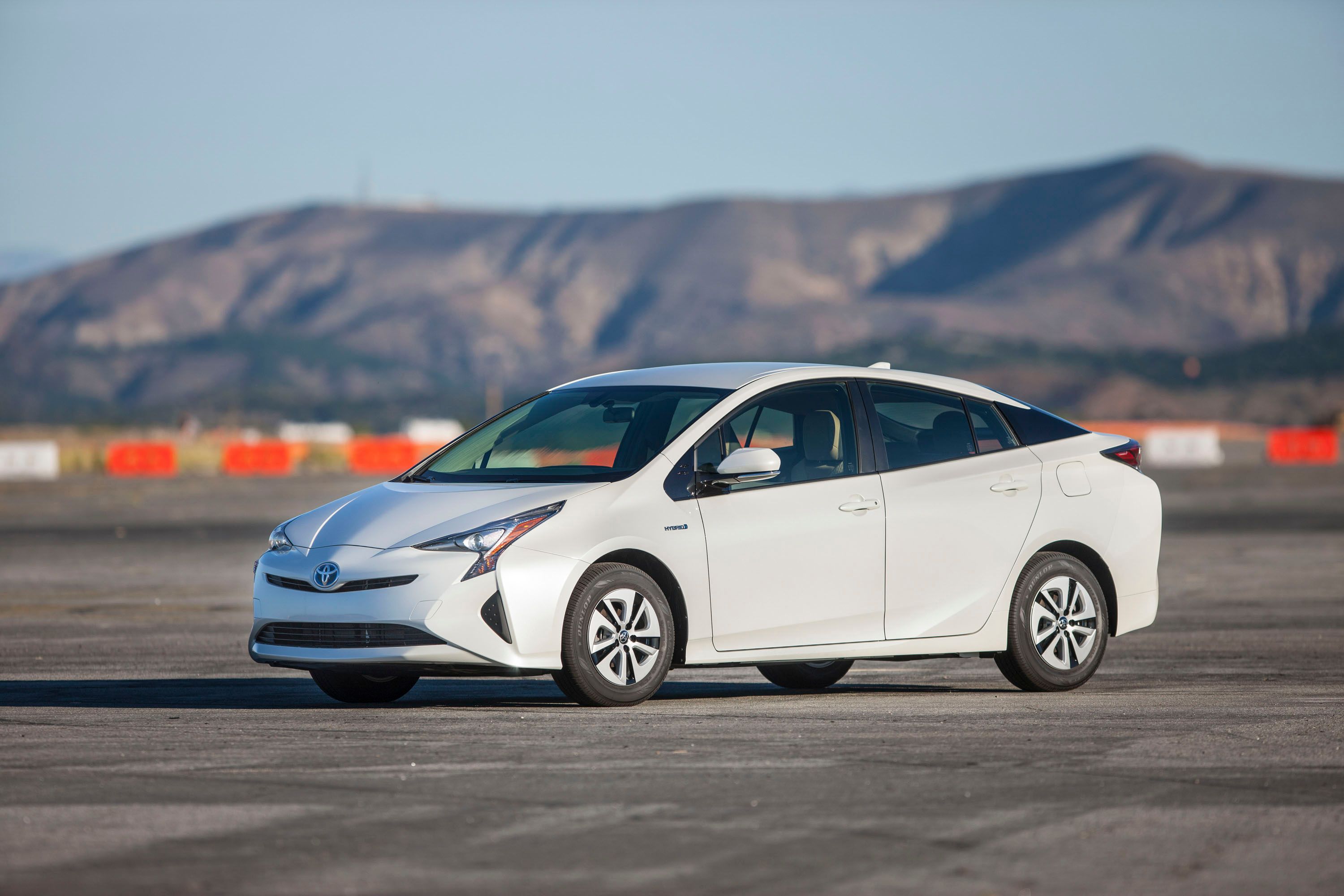
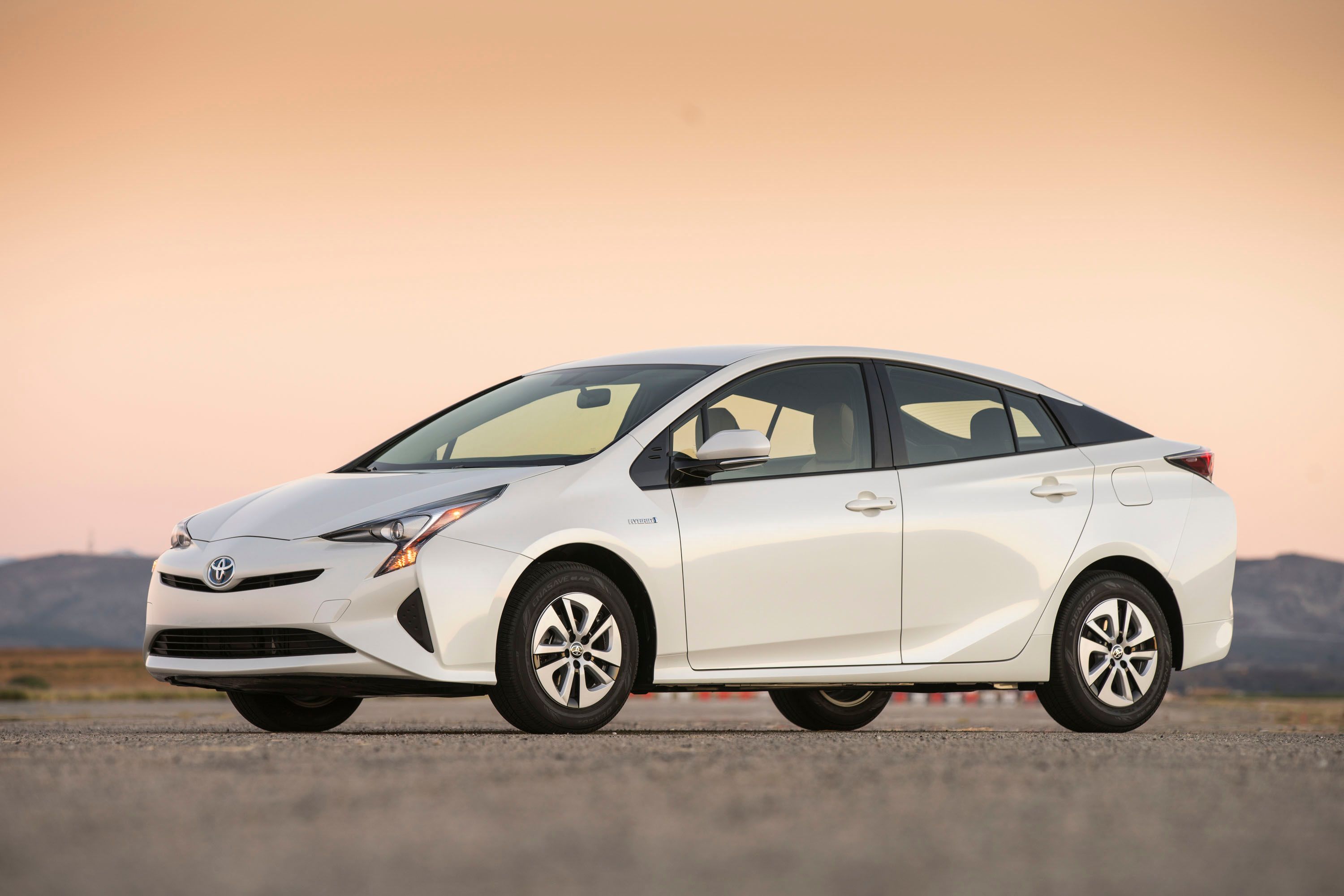
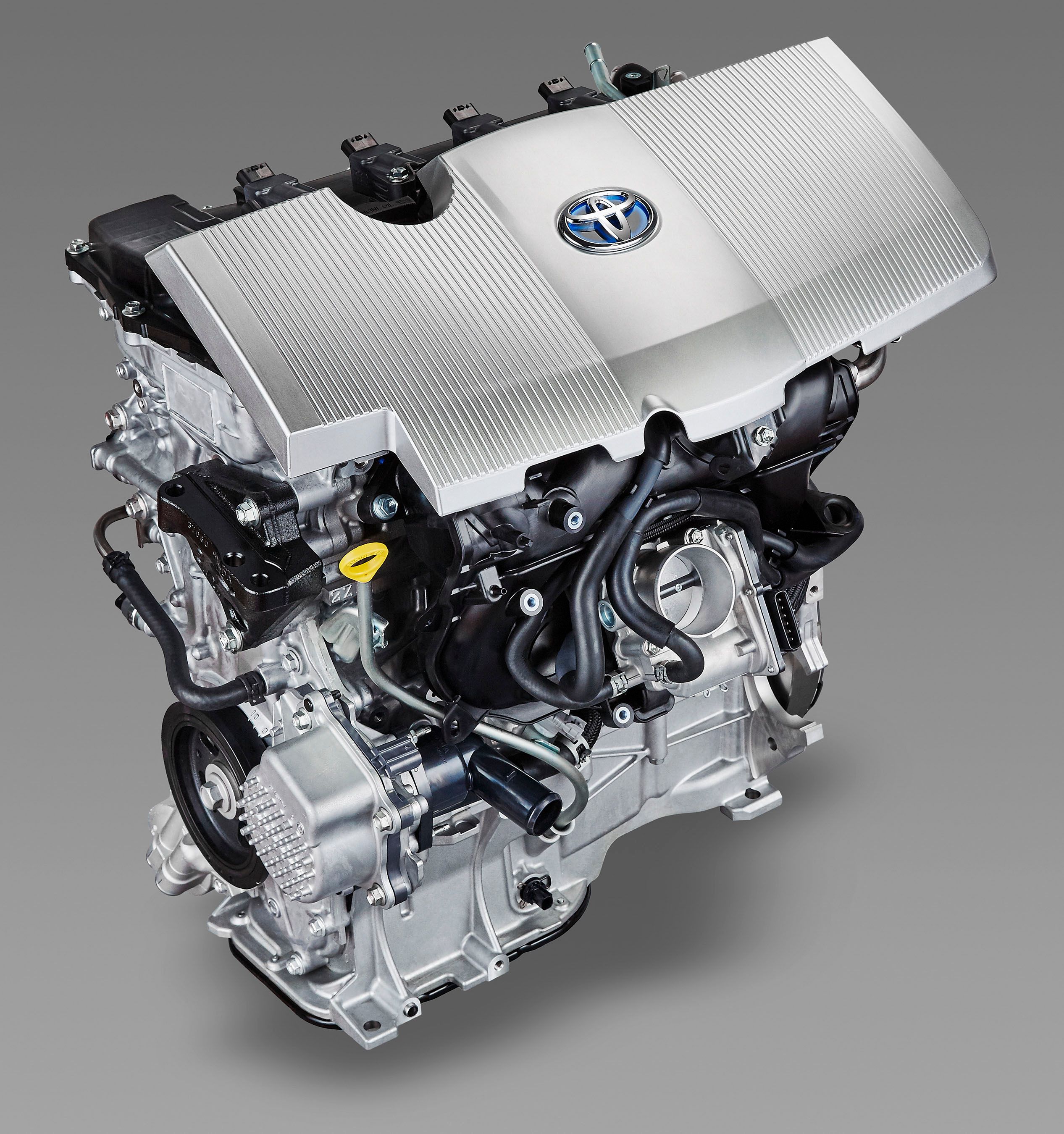
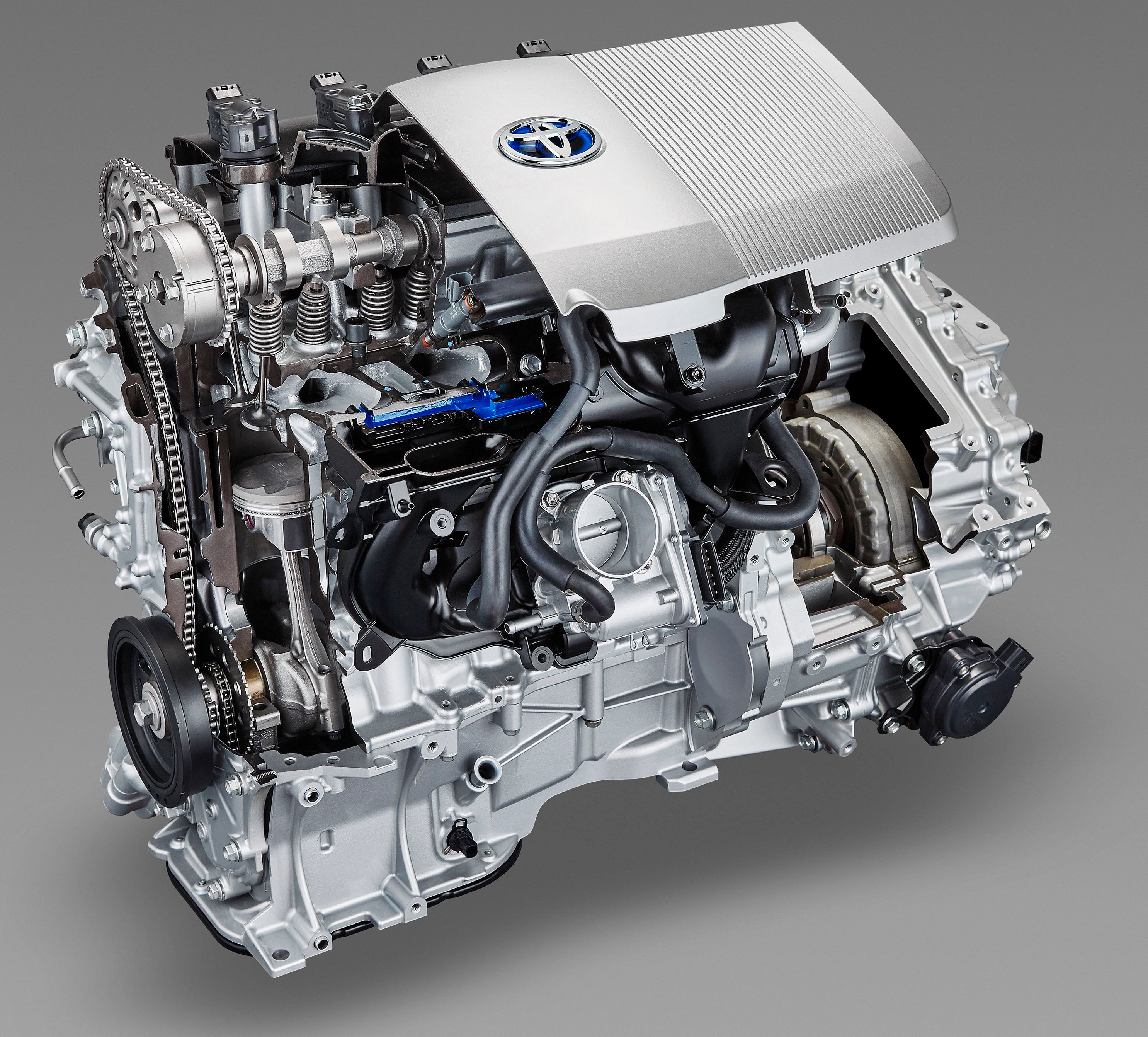
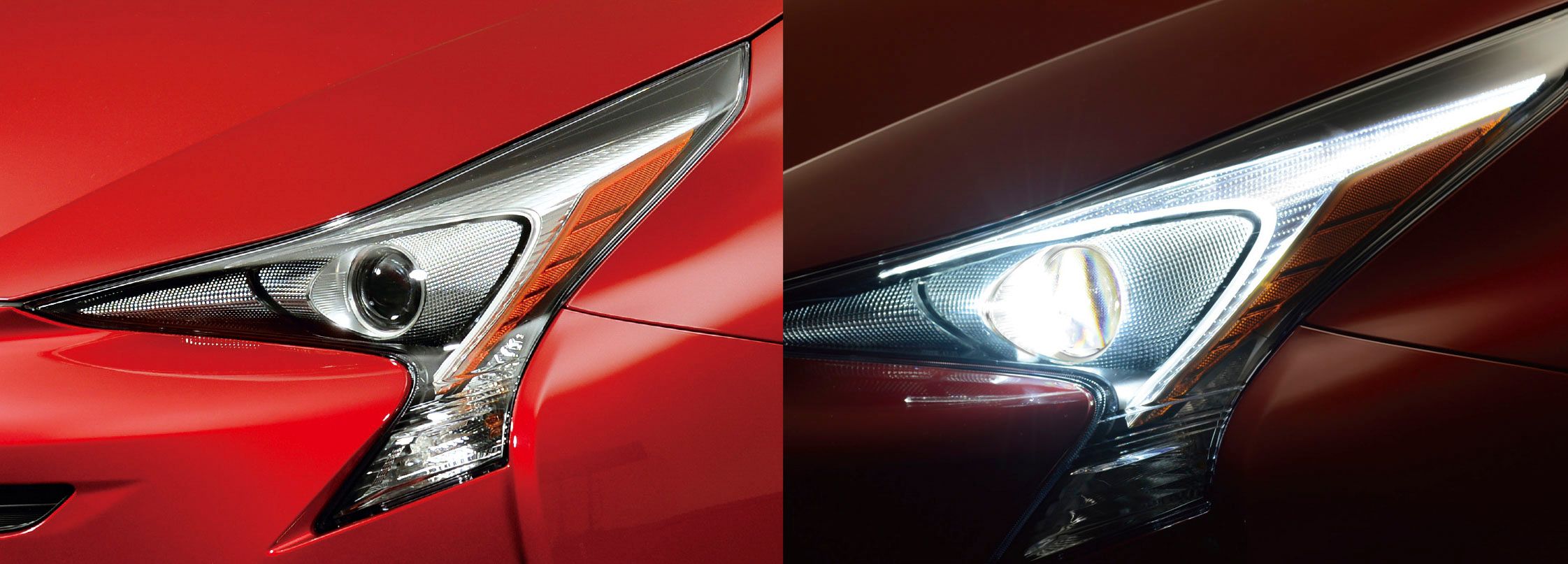
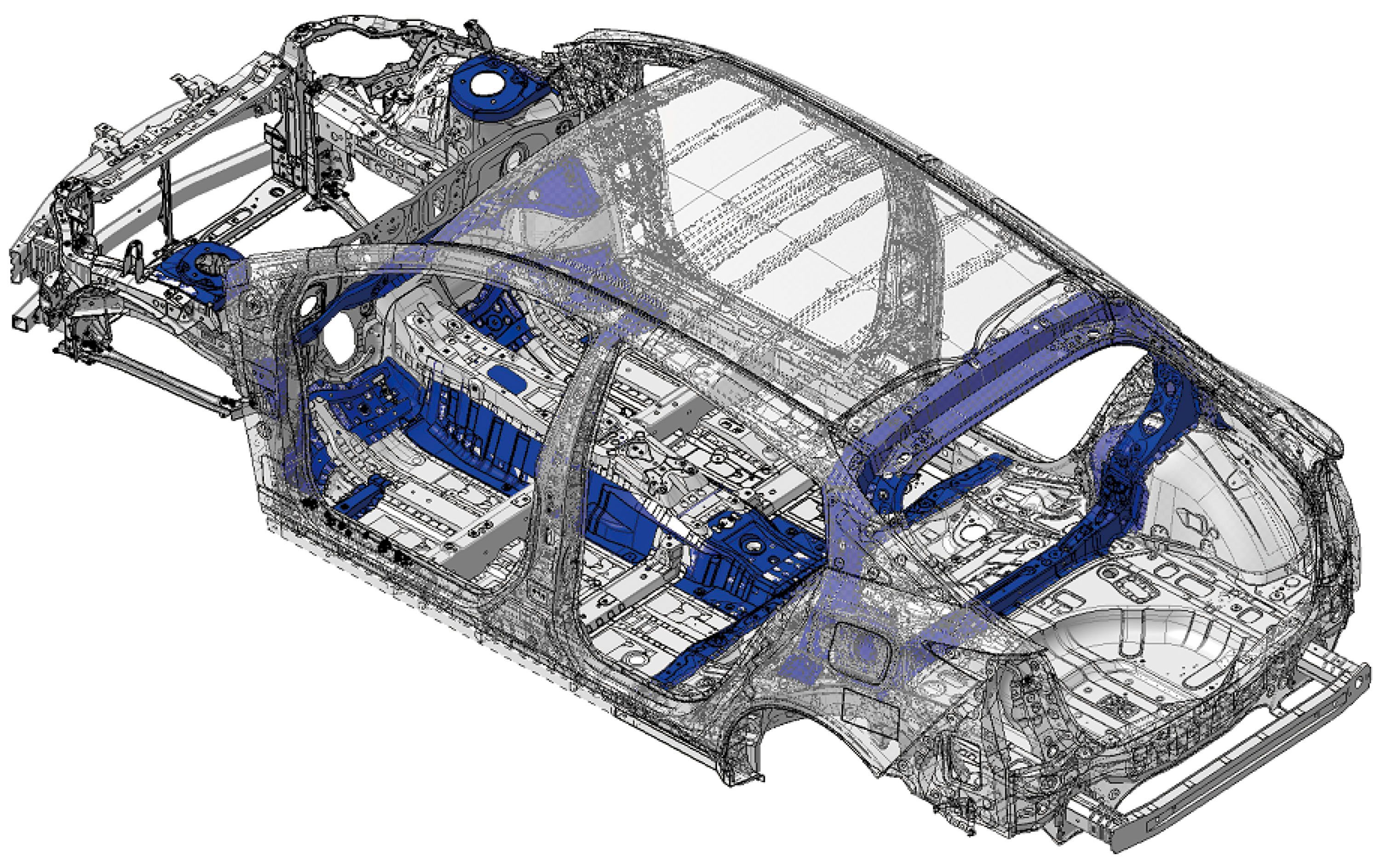
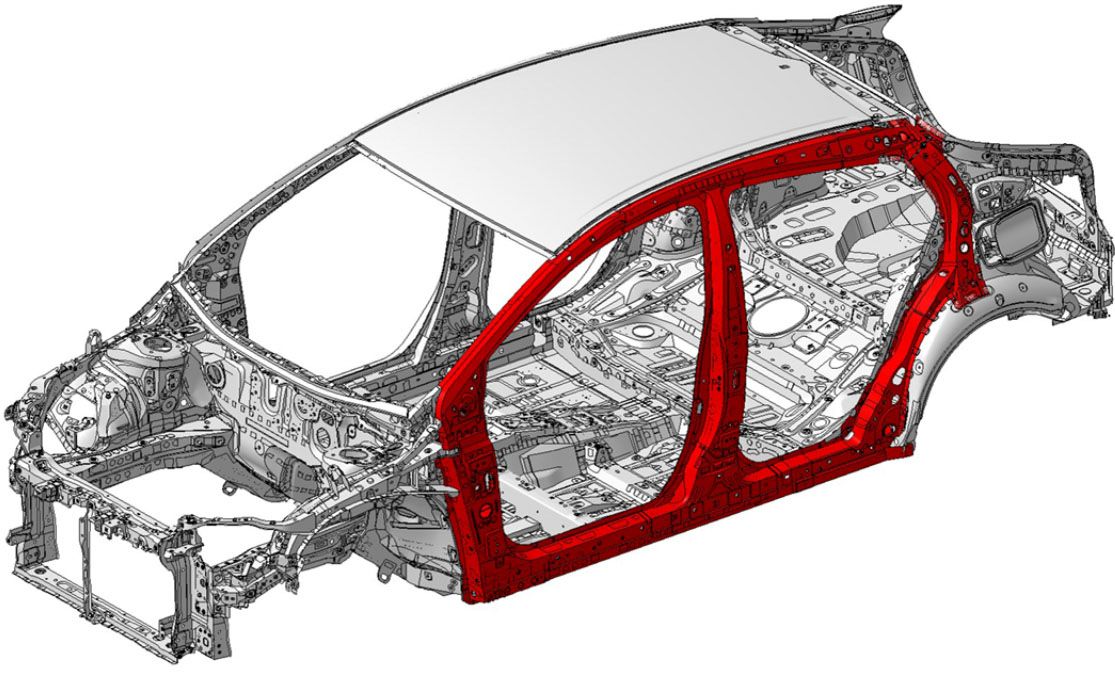
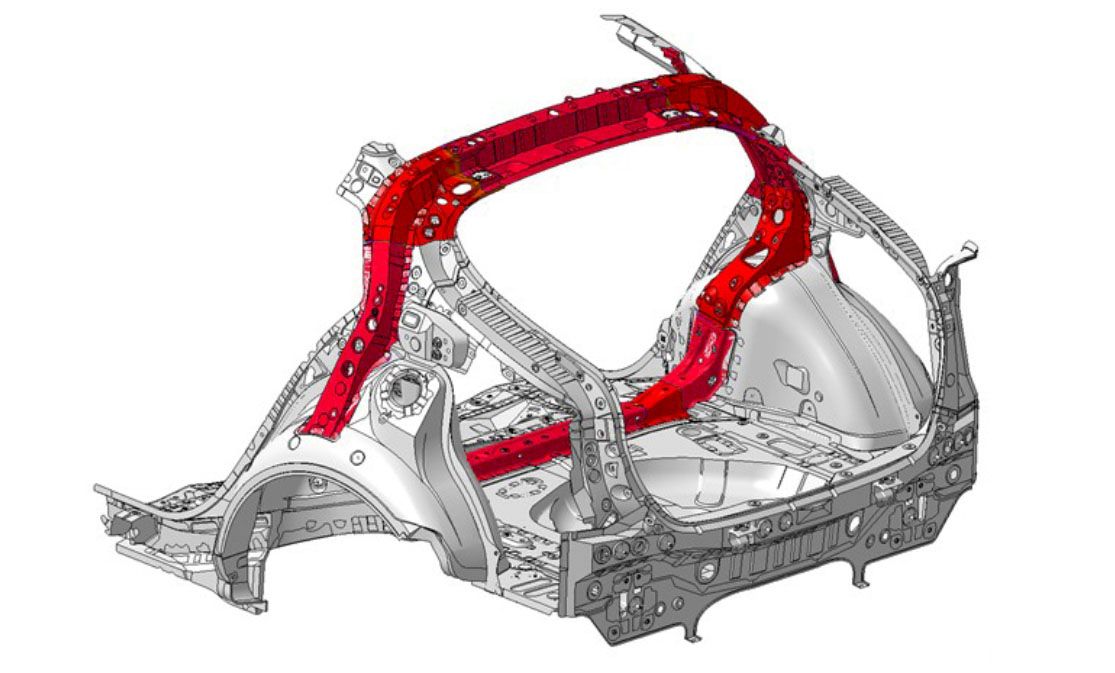
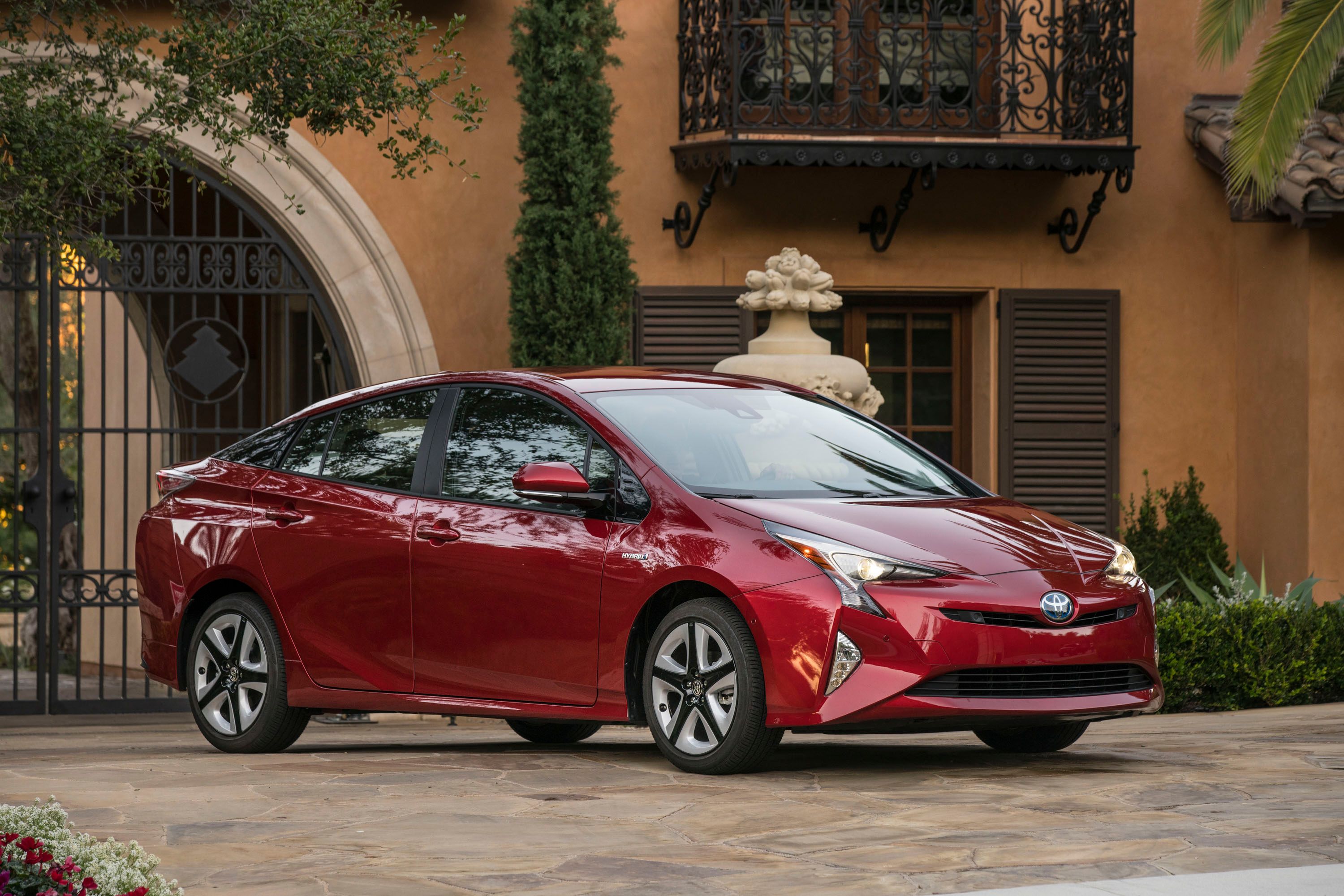
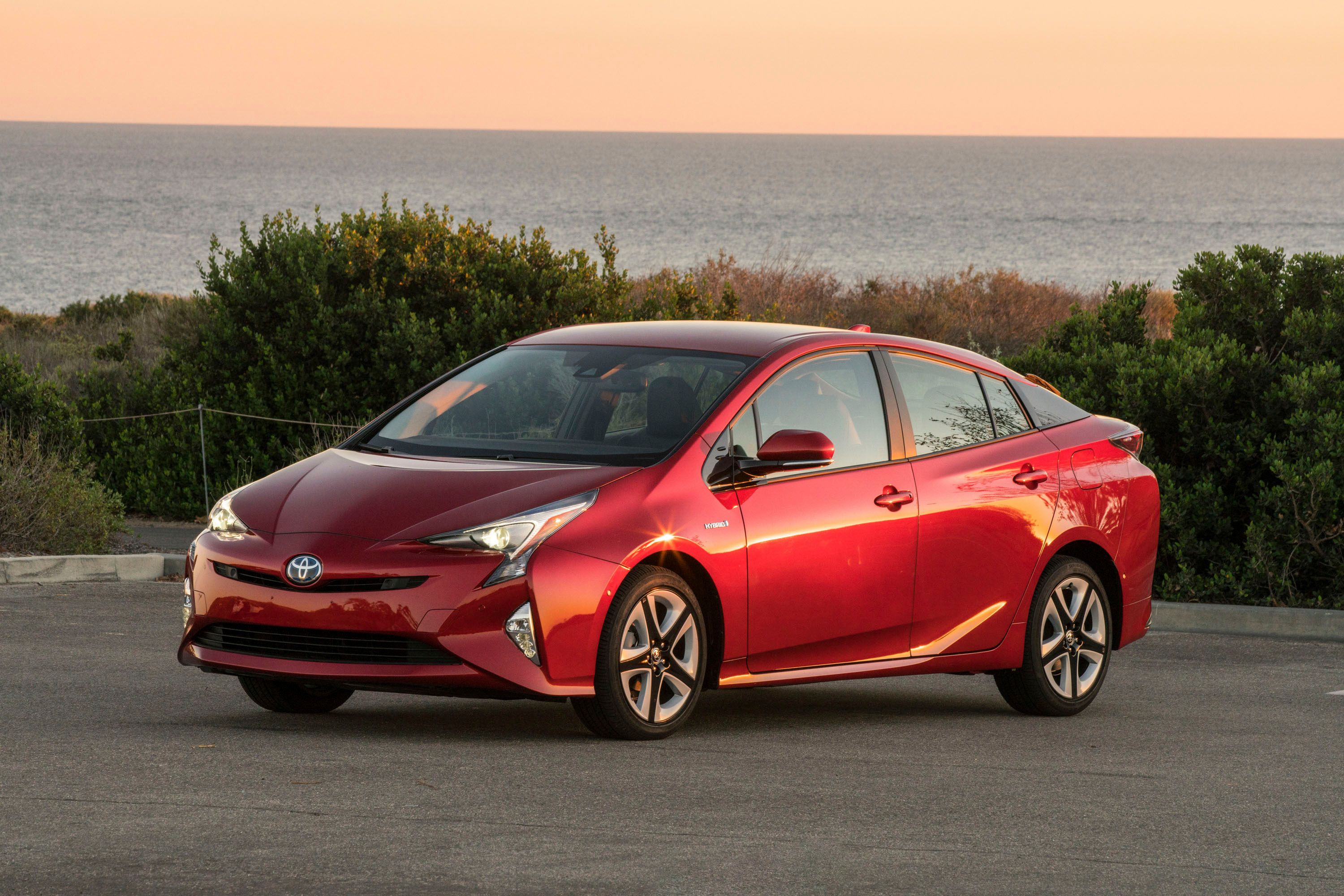
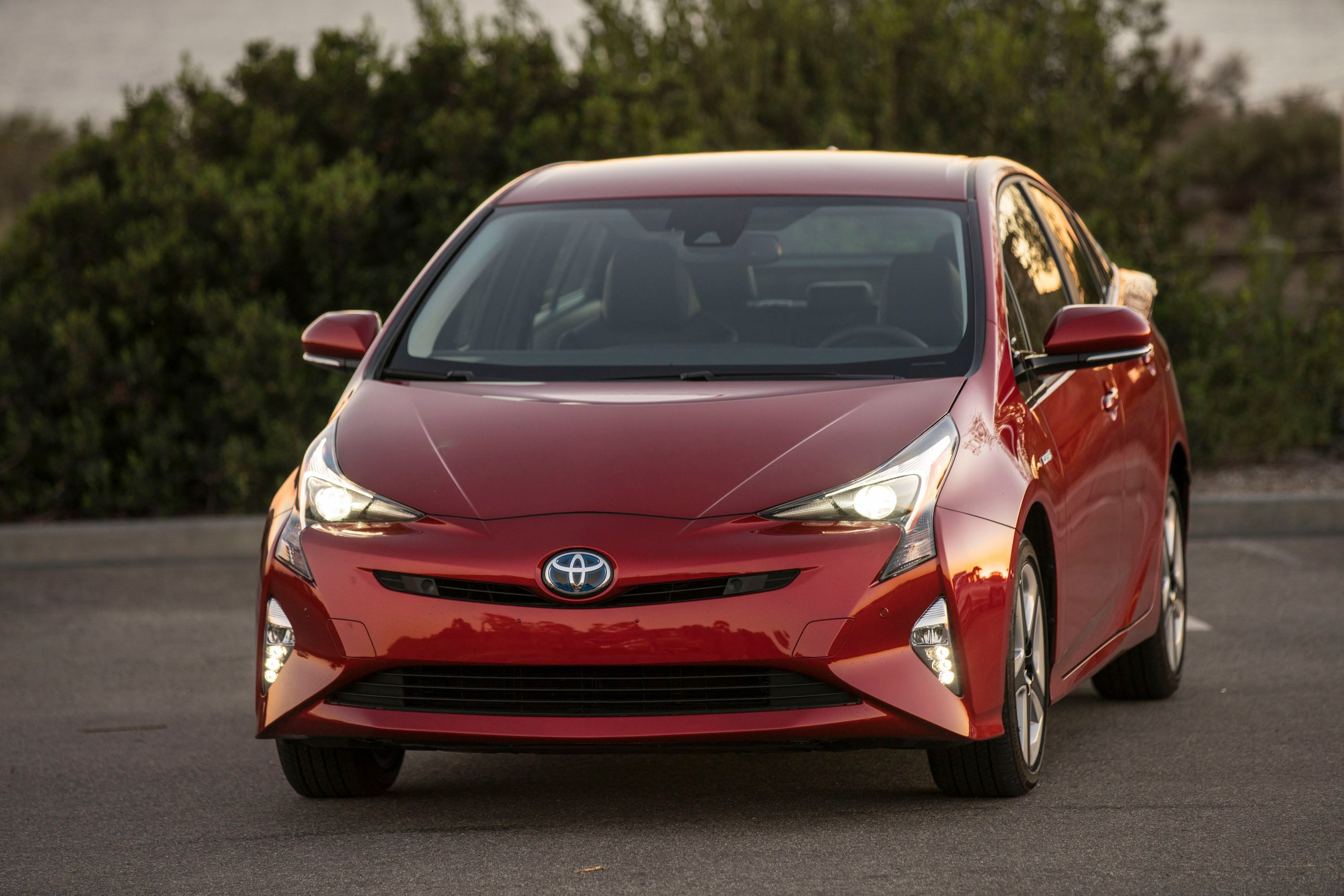
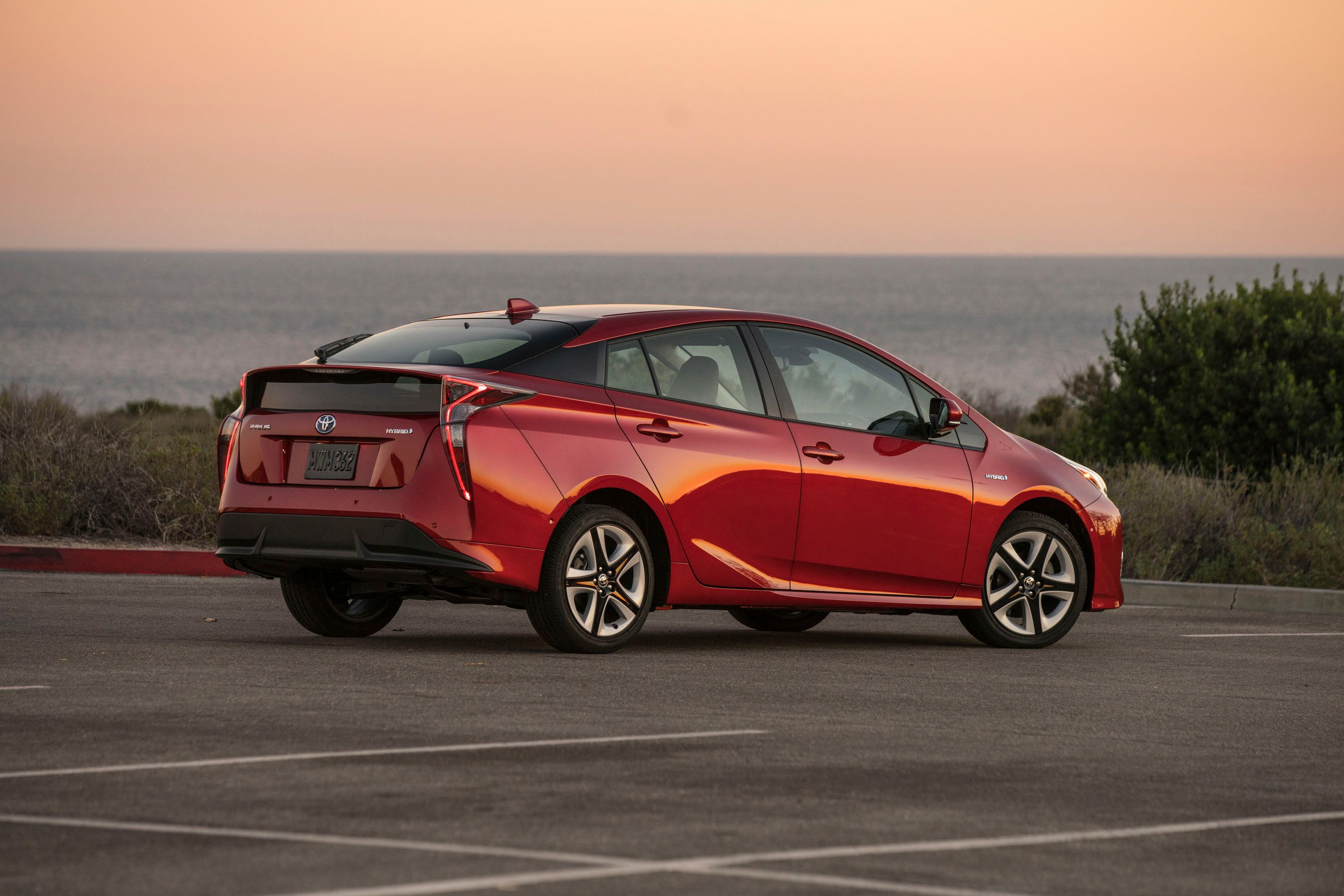
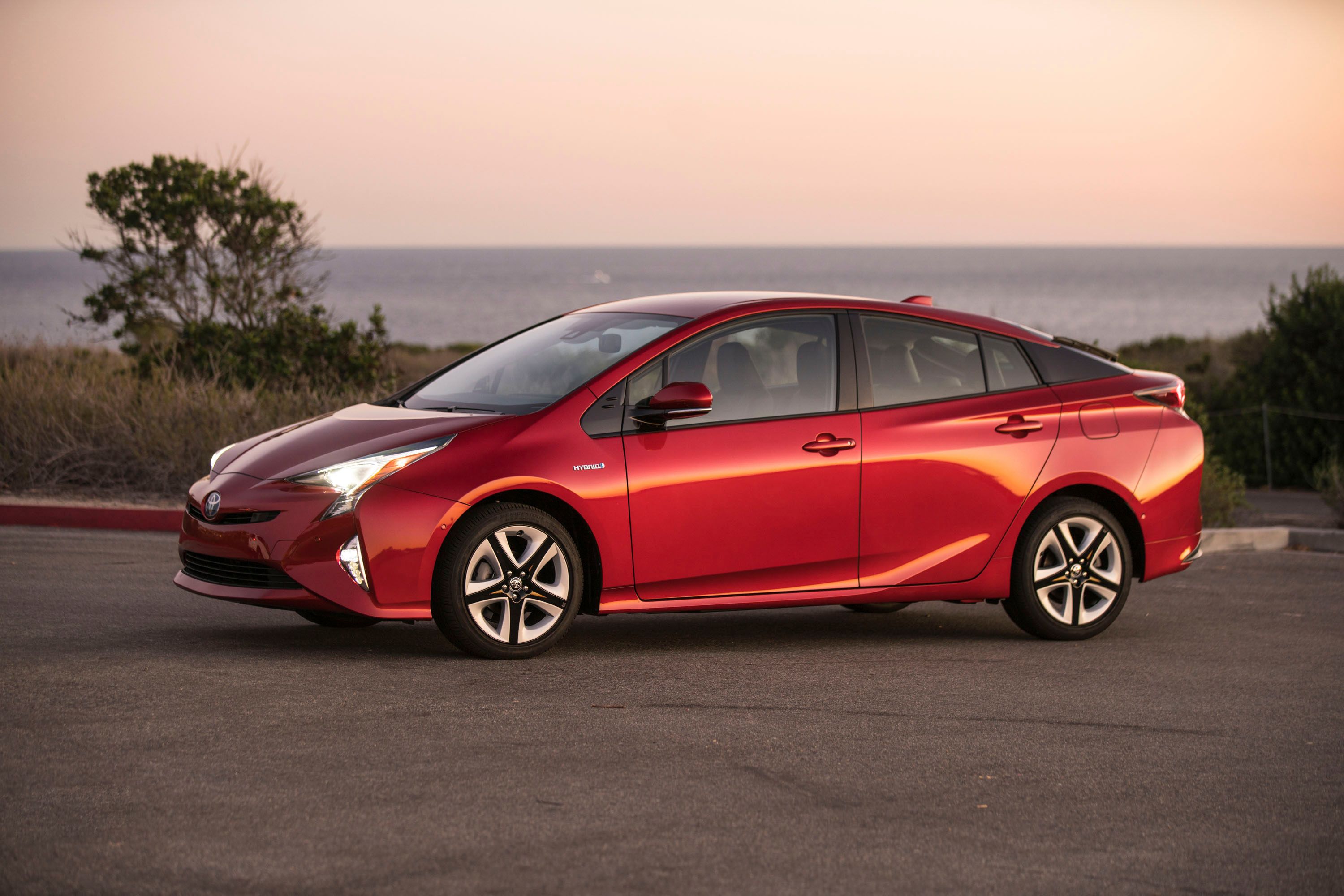
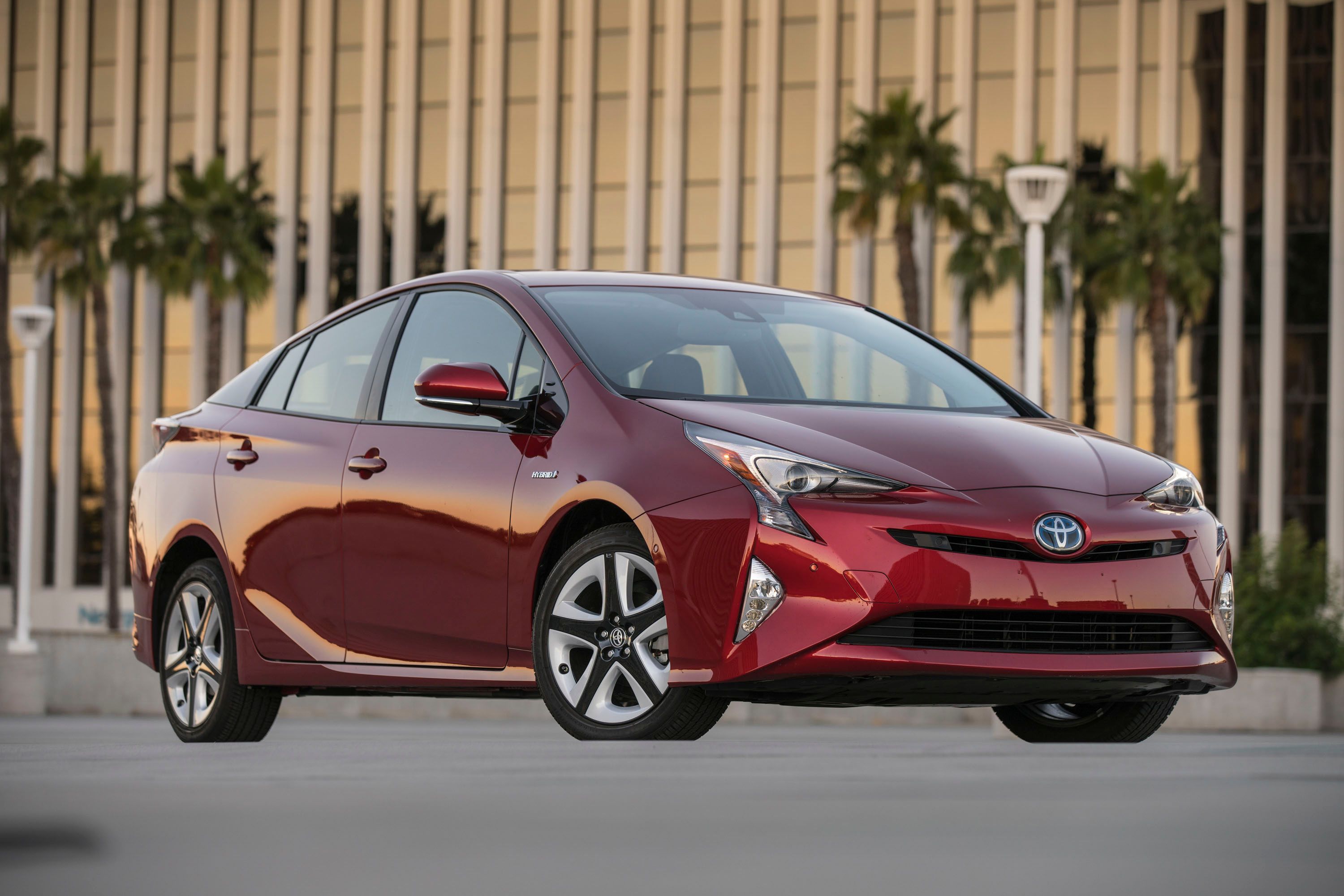
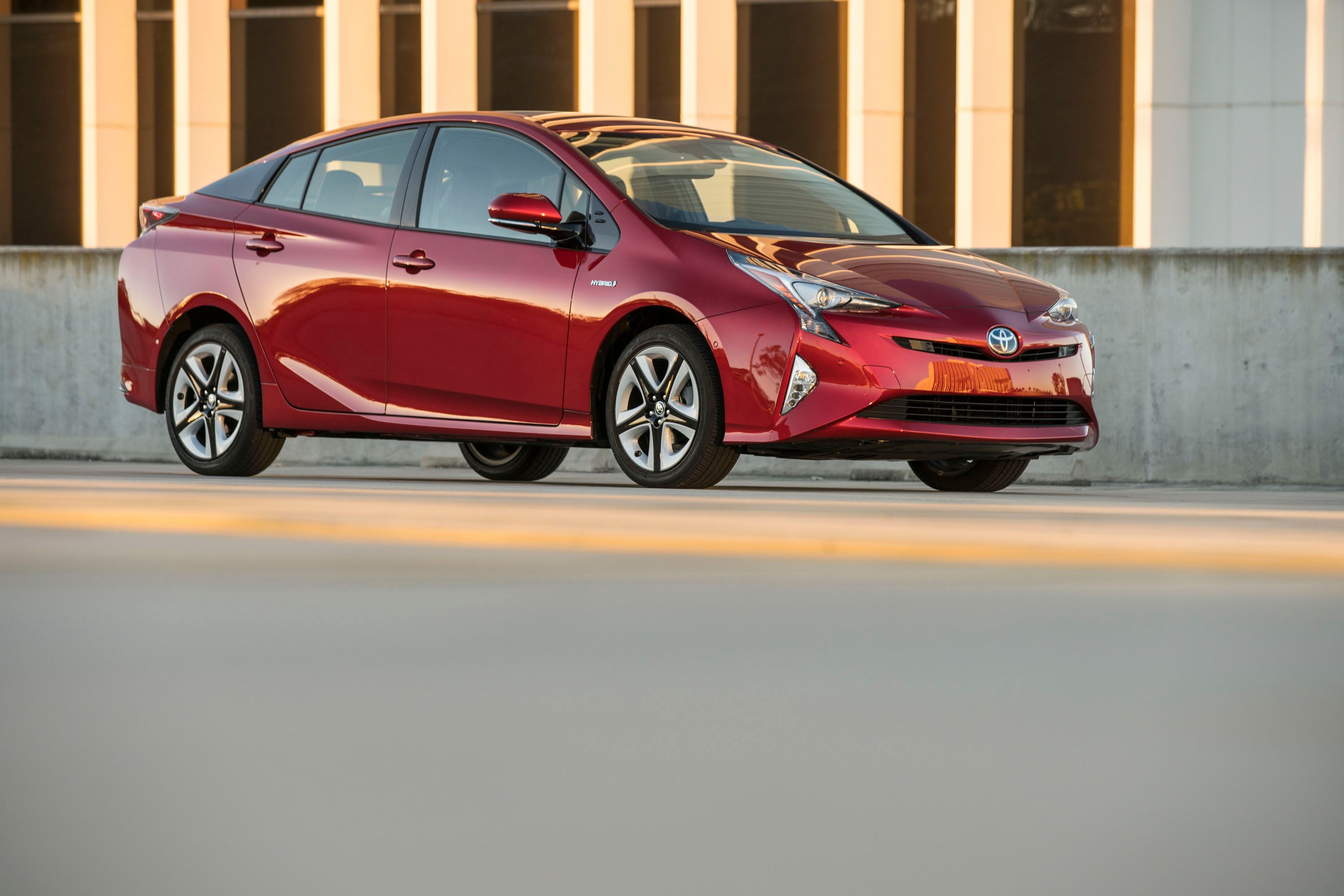
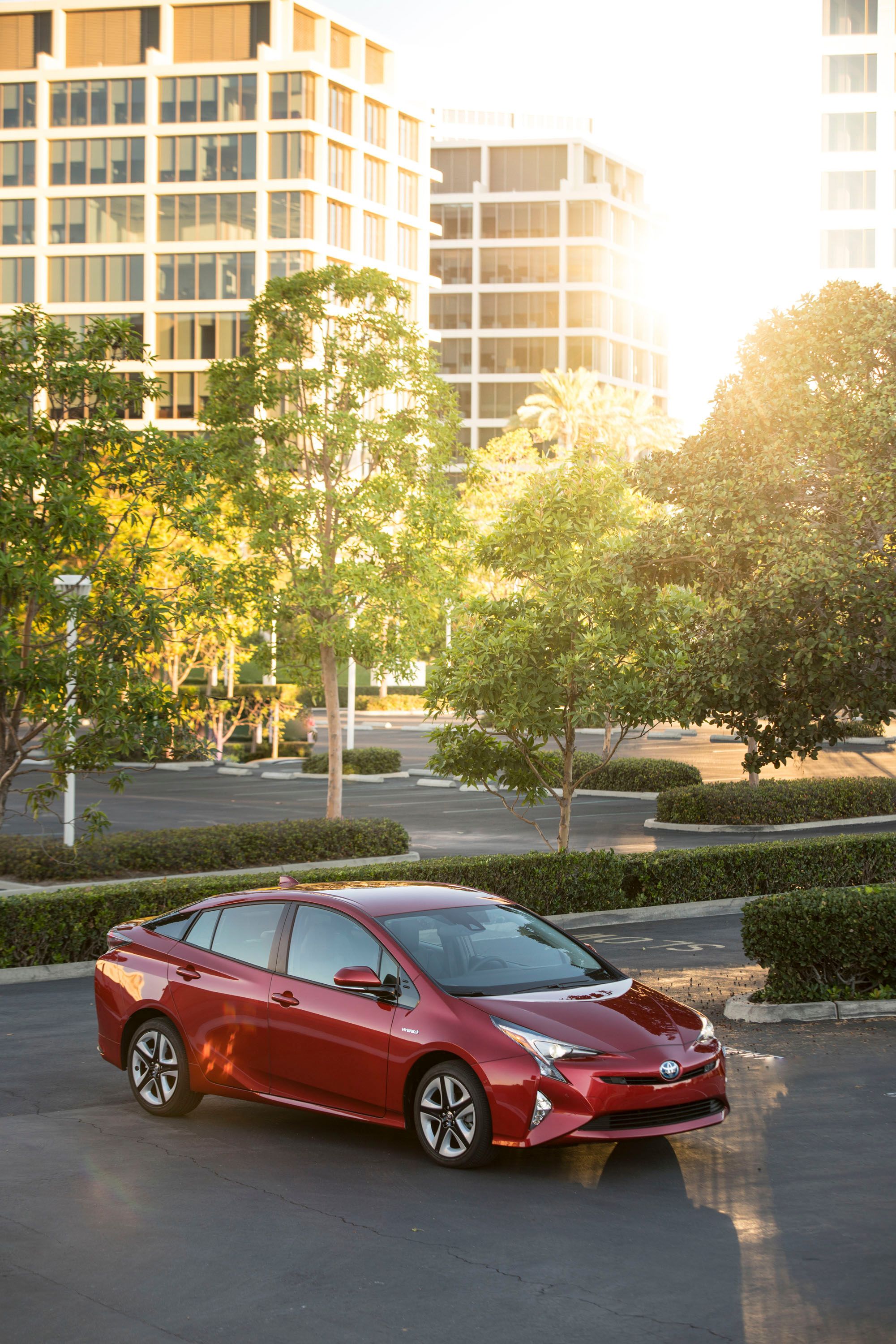
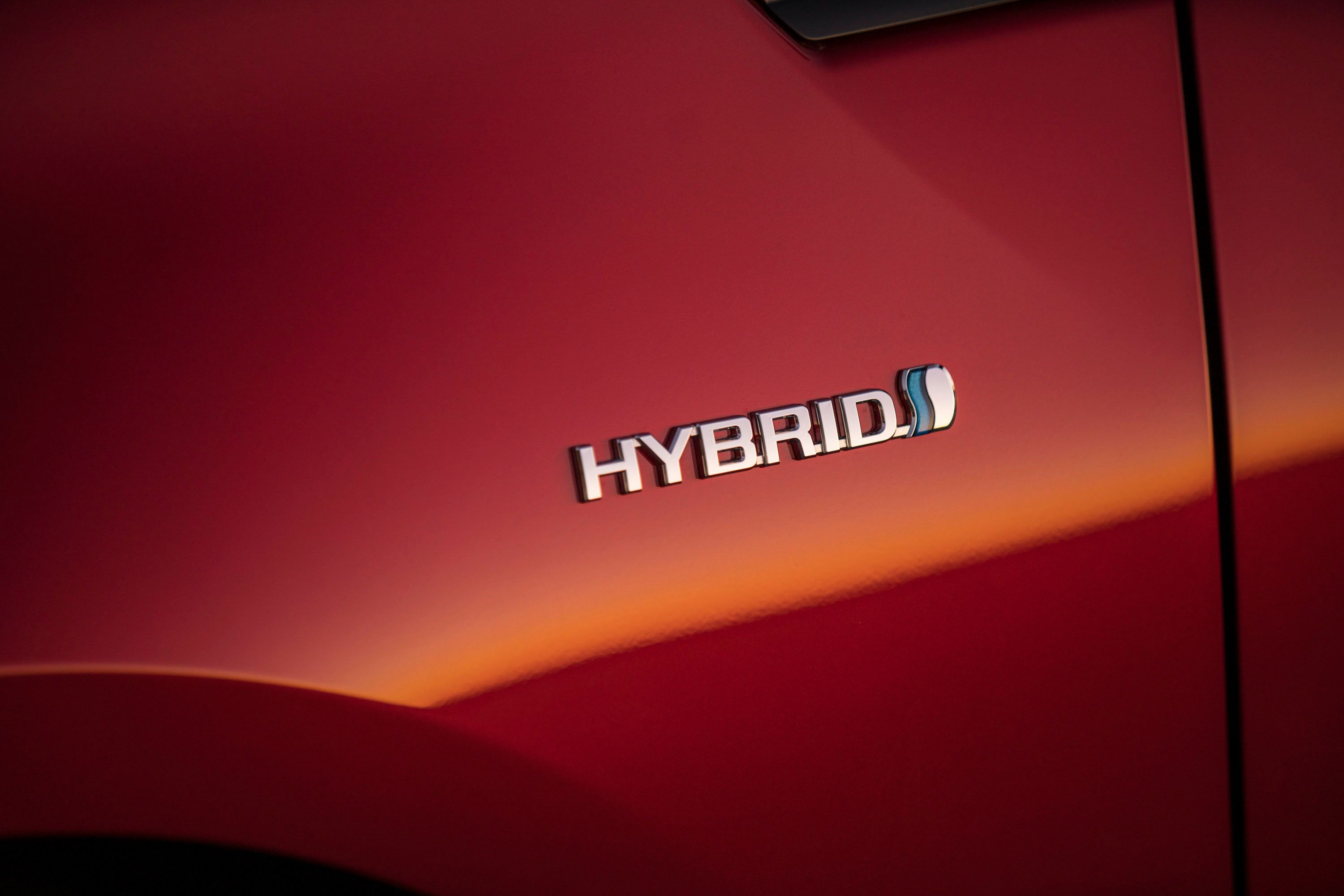
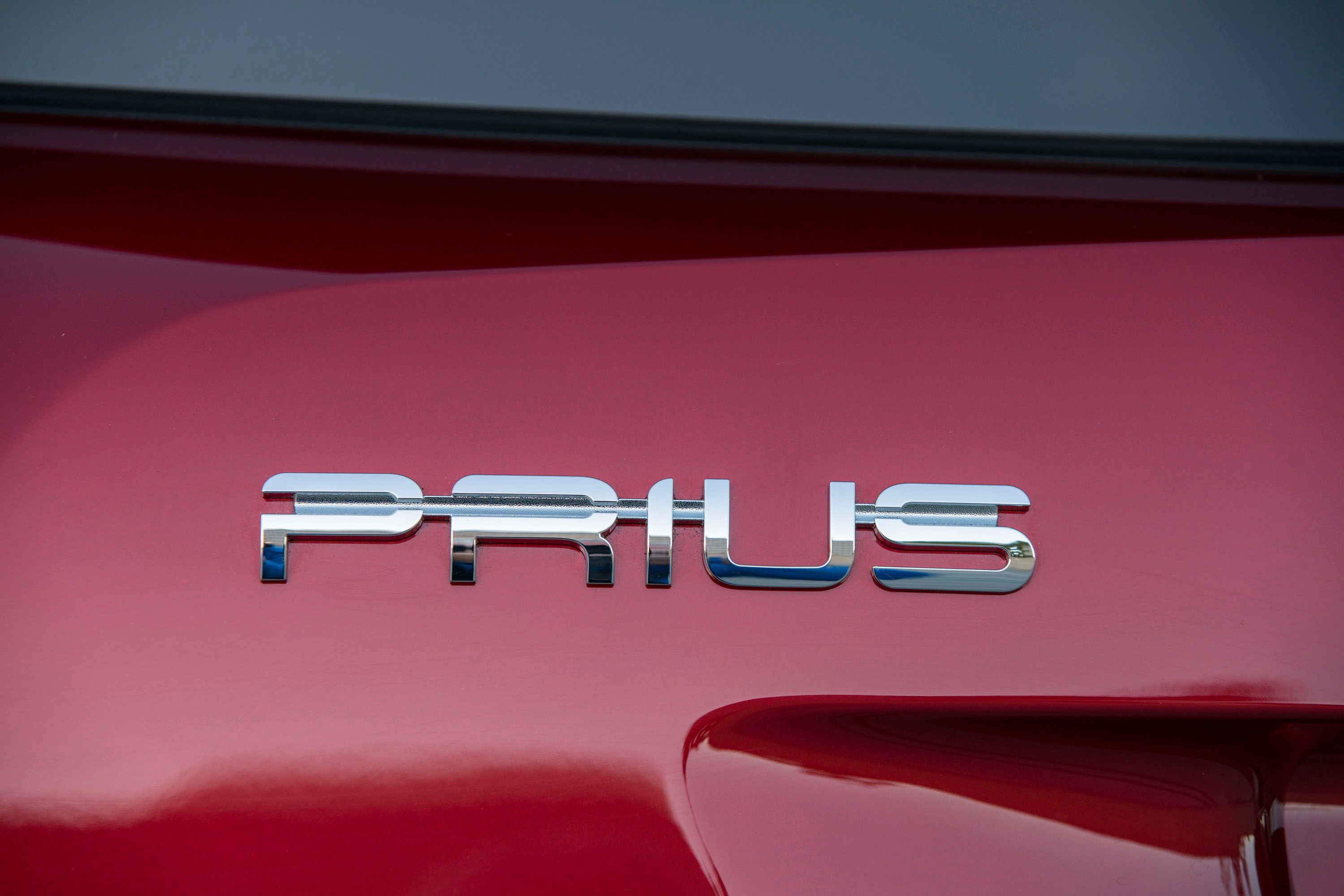
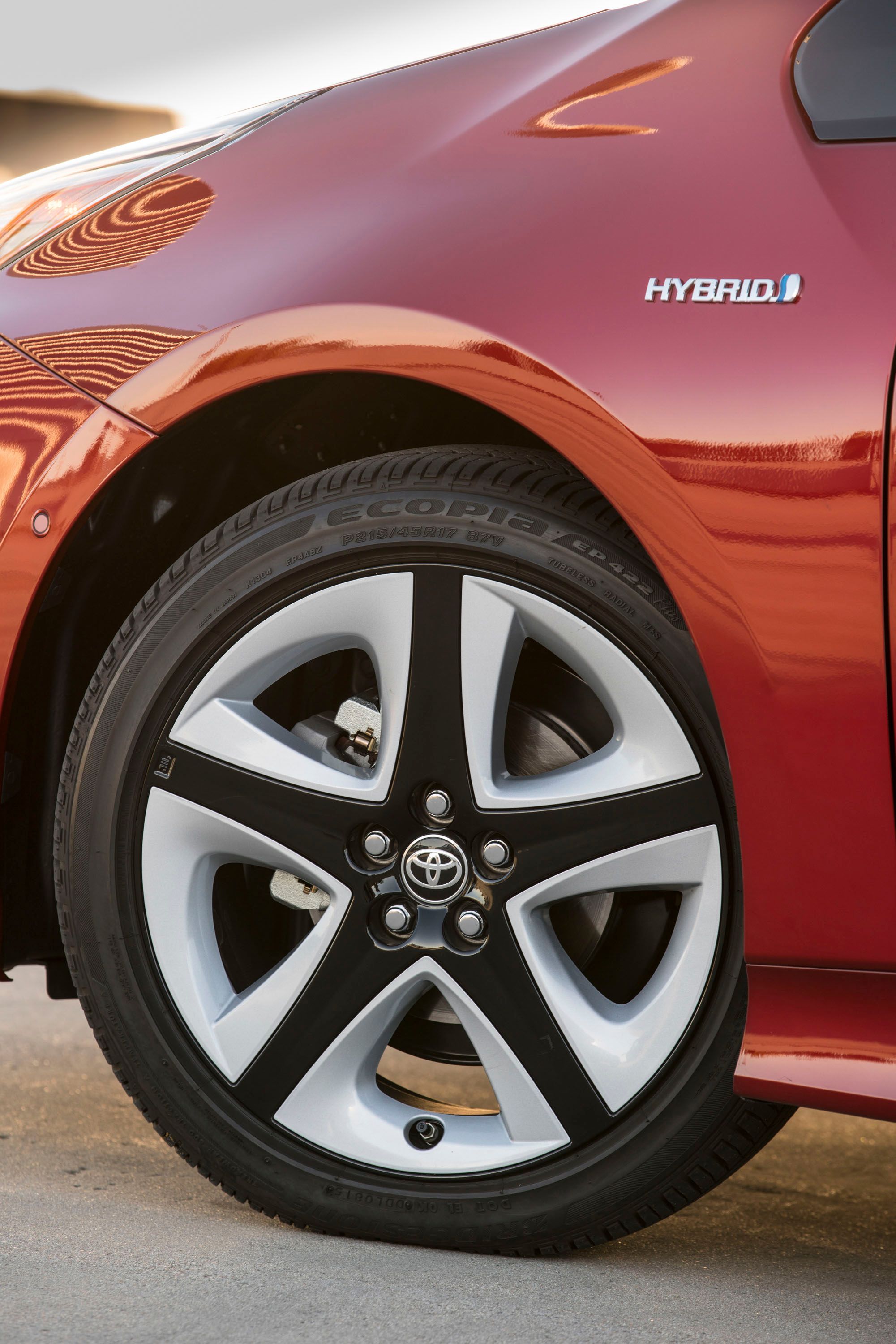
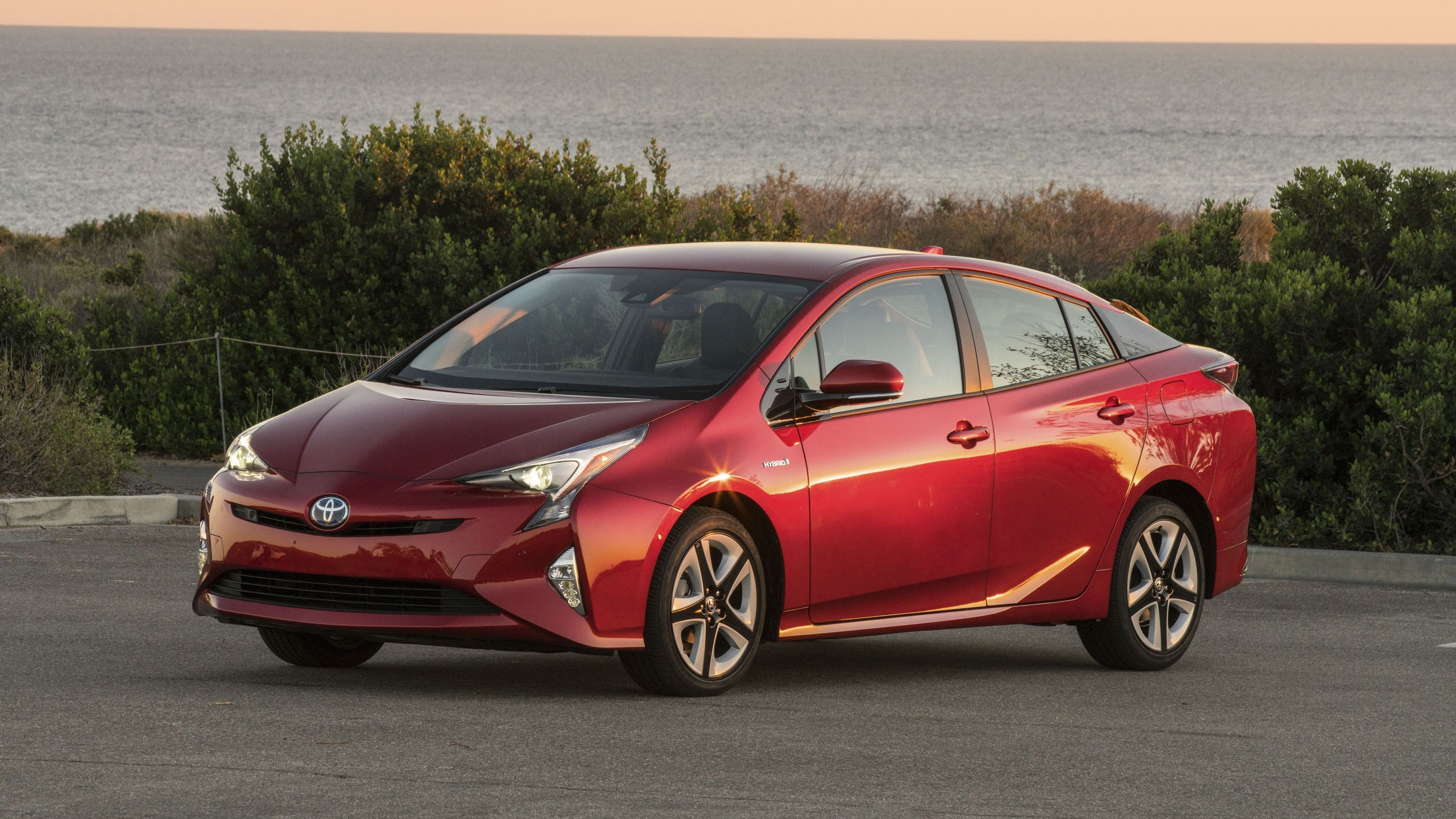
- Make: Array
- Model: 2016 Toyota Prius
- [do not use] Vehicle Model: Array
Exterior

No one’s going to accuse Toyota of ever going out on a limb with past designs of the Prius. The first three generations of the model may have been at the forefront of hybrid technology, but none of those models won any style contests. They were stubby and wedge-shaped, and while it had some appeal in the beginning, the novelty quickly wore off. This time, Toyota made it clear that it was putting extra emphasis on the Prius’ design, and from the looks of it, it did just that.
The new Prius looks, well, interesting. The new design is a departure from past generations. The front looks noticeably more aggressive, enhanced in large part by the radical, curved LED headlights that extend down to the bumper. The hood is also lower and it even has a pair of creases that move down to the middle, blending in with the character lines from the headlamps, meeting just short of the Toyota badge.


As expected, Toyota lifted some of the Prius’ design from the 2016 Toyota Mirai. The front bumper is where I see the first hint of design inspiration from the fuel-cell vehicle. Sure, it lacks the ridiculous air intakes from the Mirai, but look at the triangular cuts on each end of the bumper. At the very least, that’s a nod to the Mirai. The character lines on the side are the design highlights of the Prius.
Move to the back and the design drama continues with might possibly be the quirkiest rear end styling of any Toyota vehicle on the market today. From a distance, this end of the car looks flat and the rear glass is almost horizontal. It’s a curious look, especially the way it clashes with those curved, vertical taillights and the large tailgate.
Exterior Dimensions
|
Wheelbase (Inches) |
106.3 |
|
Overall Length (Inches) |
178.7 |
|
Overall Width (Inches) |
69.3 |
|
Overall Height (Inches) |
58.1 |
|
Tread Width (Front/Rear) (Inches) |
60.2/60.6 |
Interior

The new Prius has received an interior with just enough changes to call it new. The car's traditional high-mounted driver information cluster appears to have remained in place. In fact, this particular design strategy has been a staple for quite some time now, going all the way back to Asian models like the Toyota Vios.
The multi-layered dashboard is a nice touch and I also like how the chrome trim creates a separate compartment for the new infotainment screen and the HVAC control buttons at the bottom.

The biggest issue I see is the size and positioning of the gear shifter. It’s one thing for the shifter to be small or located in an unusual place. It’s another thing for it to be both, which is what you’ll get on the new Prius. The white surround does pop out from the mostly black interior, but it looks like it’s made of plastic. The mobile phone charger and the cup holders in the tunnel are nice and functional additions.
For the most part, the cabin looks clean and smooth, although it might have been better off with a more traditional transmission tunnel instead of having the shifter resemble a video game joystick.
Interior Dimensions
|
Headroom (Front/Rear) (Inches) |
39.4/37.4 |
|
Legroom (Front/Rear) (Inches) |
43.2/33.4 |
|
Shoulder Room (Front/Rear) (Inches) |
55.0/53.0 |
|
Hip Room (Front/Rear) (Inches) |
53.4/51.9 |
|
EPA Passenger Volume |
93.1 cu. ft. |
|
EPA Cargo Volume |
27.4 cu. ft. |
Drivetrain

Like the outgoing model, the fourth-generation also uses a 1.8-liter, four-cylinder, Atkinson-cycle gasoline engine, but Toyota has made numerous upgrades to increase efficiency. It now features a new exhaust gas recirculation system, an active grille shutter, new intake ports, and reduced friction on the rotating assembly and pistons. Toyota claims that all these updates contribute to an increase in thermal efficiency from 38.5 percent to 40 percent -- the highest in the industry.
The four-banger is paired to a new electric motor and a battery pack that different depending on model trim. The Prius Eco comes with a Ni-MH unit with a higher energy density than before, while the other versions use a new lithium-ion battery that saves around 30 pounds.

So how powerful is the new hybrid? The four-cylinder engine generates 95 horsepower and 105 pound-feet of torque. That's a mild three-horsepower decrease from the outgoing model, while torque remained unchanged. Moving over to the electric motor, output was downsized from 80 to 71 horsepower and from 153 to 120 pound-feet. Total system output is rated at 121 horsepower now, a decrease from the 134-horsepower rating of the outgoing model. But while power and torque are both down, performance remains similar thanks to a lower curb weight, improved low-end torque, and more efficient power-control electronics. In case you're looking to take the Prius on a highway drive, you should know that top speed is again limited at 112 mph.
Moving over to fuel economy, Toyota kept its promise to further enhance the previous model's efficiency by 10 percent. Specifically, the fourth-generation hybrid delivers 58 mpg city, 53 mpg highway, and 56 mpg combined in Eco trim level and up to 54 mpg city, 50 mpg highway, and 52 mpg combined in non-Eco grades. Some drivers have already reportedly higher numbers -- some going into the 70-mpg mark -- but it all depends on the environment and how you drive the car. Still, up to 58 mpg is darn impressive anyway.
Drivetrain Specifications
|
ENGINE |
2ZR-FXE (Atkinson cycle) |
|
Type, Materials |
1.8-Liter 4-cylinder aluminum block and head, double overhead cam (DOHC) 16-valve VVT-i |
|
Valvetrain |
4-valve/cylinder with VVT-i |
|
Displacement |
1,797 cc |
|
Bore x Stroke |
3.17 x 3.48 |
|
Expansion Ratio |
13.0:1 |
|
Horsepower (SAE Net) |
95 HP @ 5,200 RPM |
|
Hybrid System Net Horsepower |
121 HP (90kW) |
|
Torque |
105 LB-FT @ 3,600 RPM |
|
Estimated Fuel Economy (city/highway/combined MPG) |
Prius Two Eco 58/53/56 |
|
MOTOR GENERATOR TWO |
|
|
Function |
Drives front wheels, regeneration during braking |
|
Type |
Permanent Magnet Synchronous Motor |
|
Max Voltage |
DC600V |
|
Electric Motor Power Output |
71 HP |
|
Torque |
120 LB-FT |
Safety

The 2016 Prius is equipped with several airbags to protect both front and rear seat passengers. The package includes side head, chest, and pelvis airbags, as well as front knee airbags. All come standard, as do the integrated child seat, airbag cut-off switch, and the seat-belt reminder. The new hybrid vehicle scored a five-star rating at EuroNCAP's safety tests. The Japanese five-door earned a 92-percent rating for adult occupants, 82-percent for child occupants, 77-percent for pedestrians, and 85-percent for its safety assist features. The 2016 Prius was also the first car to have earned a five-star rating in EuroNCAP's newest test of autonomous emergency braking technology.
Prices

Pricing for the Japanese hybrid starts from $23,475, for which you get the Prius One model. The Prius Two trim comes in at $24,685, while the more efficient Prius Two Eco retails from $25,165 before options. Next up ar the Prius Three at $26,735 and the Prius Three Touring at $28,115. Finally, the Prius Four costs $29,135 before options, while the Prius Four Touring starts from $30,015.
Competition
Chevrolet Volt
The Volt is a much newer nameplate, but it has had significant success in the United States up until now. Much like the Prius, it was also redesigned for the 2016 model year, gaining a much more attractive exterior design and a surprisingly premium interior. However, the Volt is a bit different in how its drivetrain operates, because it uses a small gasoline engine as a range-extending generator. The electric motors generate 149 horsepower and 294 pound-feet of torque, significantly more than the Prius, and return an all-electric range of 50 miles. When the battery is depleted, the 101-horsepower, 1.5-liter engine kicks in to extend the range. Overall mileage, including fully charged batteries and a full tank of fuel, is estimated at an impressive 420 miles. But there is a downside to the Volt: it's significantly more expensive than the Prius retailing from $32,220 before Government rebates. However, if you're eligible for the full incentive, the sticker for a base model can drop to as low as $25,000.
Read our full story on the Chevrolet Volt.
Hyundai Ioniq
The Ioniq was born out of Hyundai's desire to give the Prius a run for its money. And on paper it seems that the Korean brand did a good job. Design-wise, the Ioniq isn't as "weird" as the Prius, but it has a similar notchback layout and plenty of sporty cues. It looks surprisingly excited for a hybrid, especially when compared to the old Prius and Volt. Inside, you'll find a modern layout with soft touch surfaces, a decently large infotainment display, and loads of tech. Under the shell, the Ioniq marries a 1.6-liter Kappa GDi gasoline engine with an electric motor and a six-speed, dual-clutch transmission (unlike the Prius, which uses a CVT). The gas engine is rated at 104 horsepower and 108 pound-feet of torque, while the electric motor adds an extra 43 horses. Total output is rated at 139 horsepower and 195 pound-feet, more than you get from the Toyota Prius. As far as efficiency goes, the Ioniq is able to return up to 54 mpg in the city, putting it on par with the non-Eco Prius models. Pricing starts from $22,000, almost $1,500 below the Toyota.
Read our full review of the Hyundai Ioniq.
Conclusion

With Prius sales having dropped dramatically due to lack of updates since 2009, and with drivers moving toward other brands' EVs and hybrids in recent years, Toyota was in desperate need of a redesigned Prius and judging by how model it looks, Toyota addressed that issue, maybe even a little too much. That said, the design overhaul should help the Japanese hybrid regain some of its lost luster, especially if the new model comes with a more powerful engine and improved fuel economy.
Updated History
Updated 12/23/2015: Toyota dropped a very cool promo video for the new generation Prius. According to the company the new Prius "provides maximum driving pleasure which awakens the senses, while a deep-rooted DNA of “overwhelming fuel performance” is carried forward from previous generations." His 'play' to see if it is right!
Updated 09/22/2015: We’ve added a series of new photos we took at the 2015 Frankfurt Motor Show. Find them in the "Pictures" tab.
Updated 09/09/2015: Toyota dropped the official details on the new 2016 Prius which was unveiled during a press conference in Las Vegas.
Updated 09/01/2015: Toyota dropped a first teaser image for the 2016 Prius and announced that if you are interested you can watch the official unveiling on September 8th at 9 p.m. PDT live here.
Updated 08/31/2015: The upcoming Toyota Prius was caught testing completely undisguised, with just a few days before its official debut on September 8th.
Updated 08/20/2015: According to Automotive News, the redesigned Toyota Prius will be shown to the media on September 8th, in Las Vegas.

